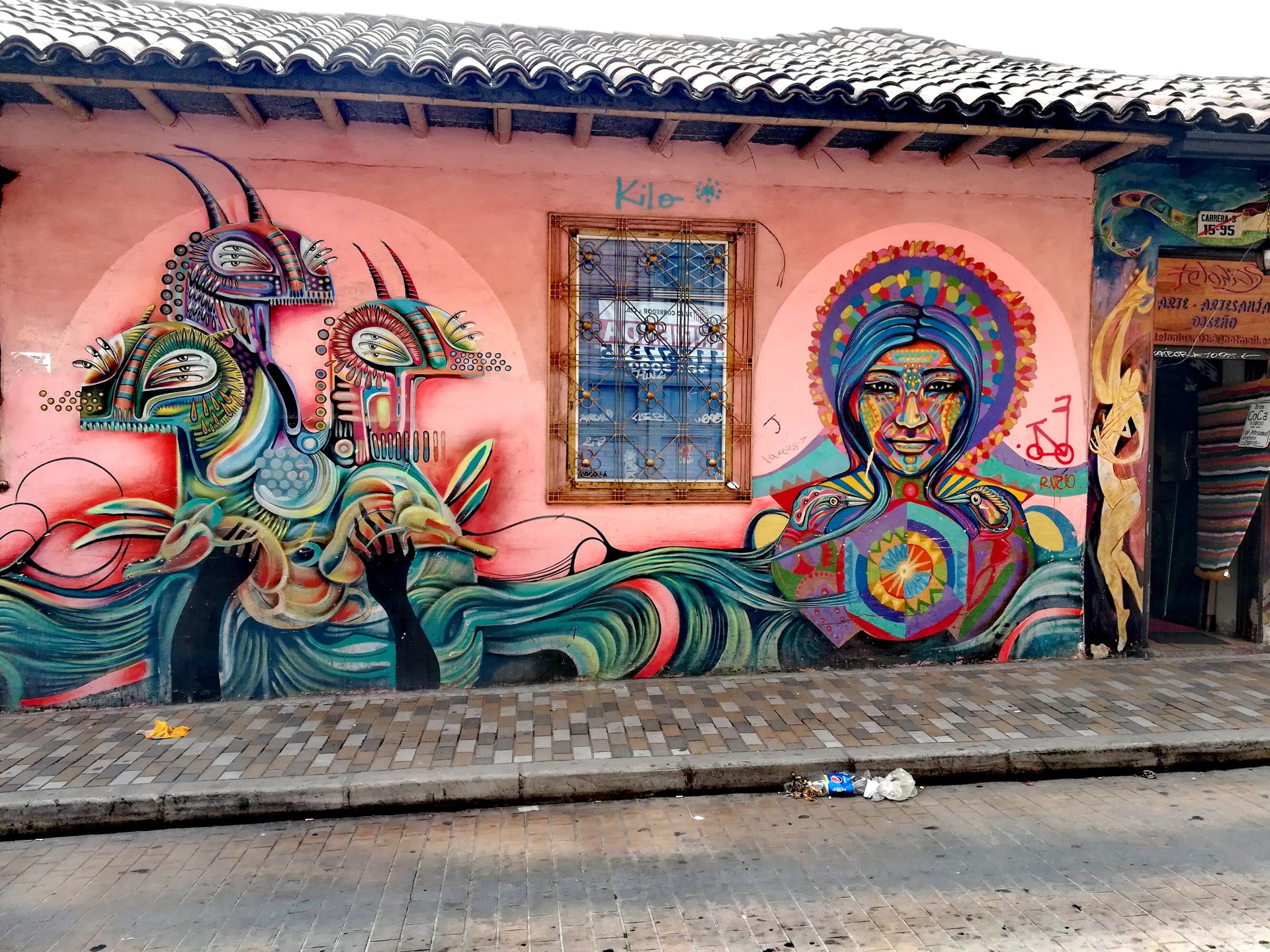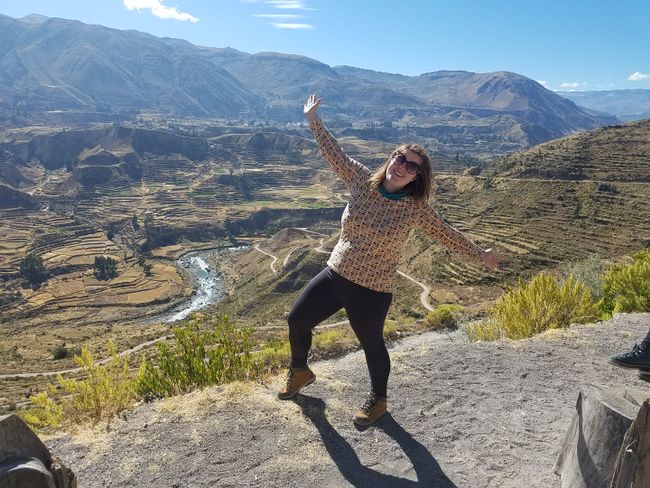Condor, Jaguar and Snake Part 1
ਪ੍ਰਕਾਸ਼ਿਤ: 19.07.2019
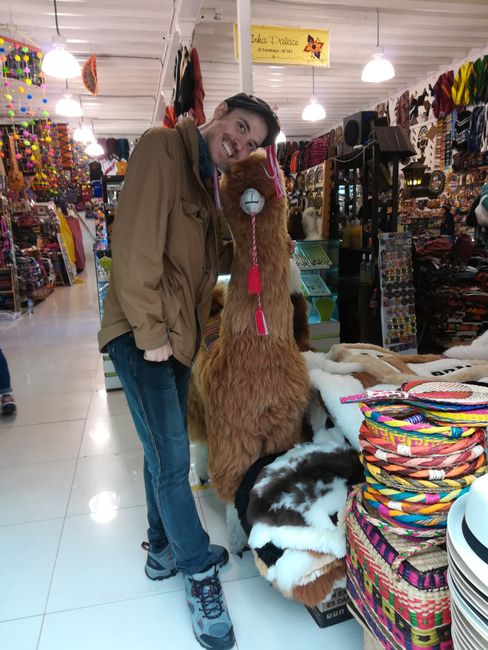
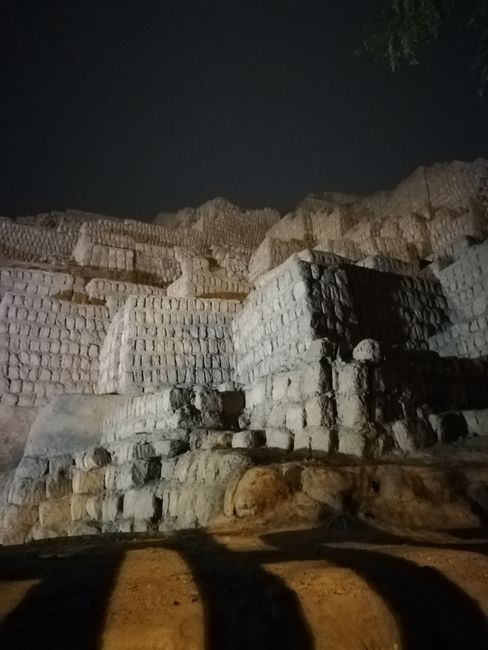
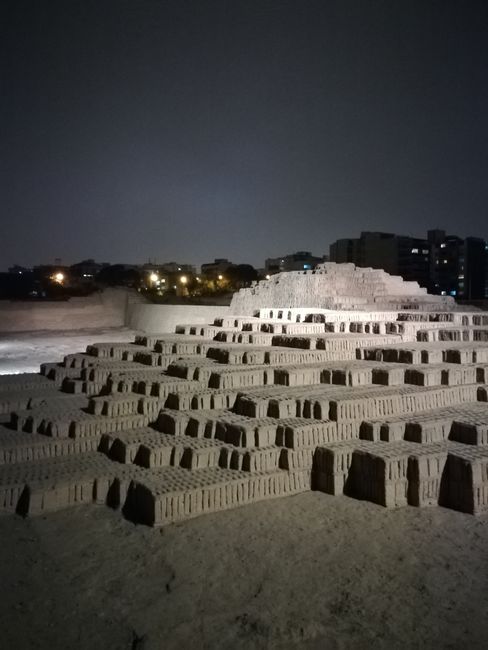
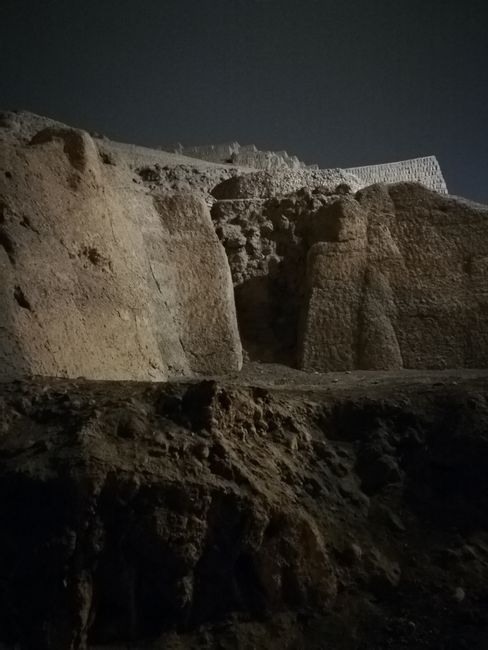
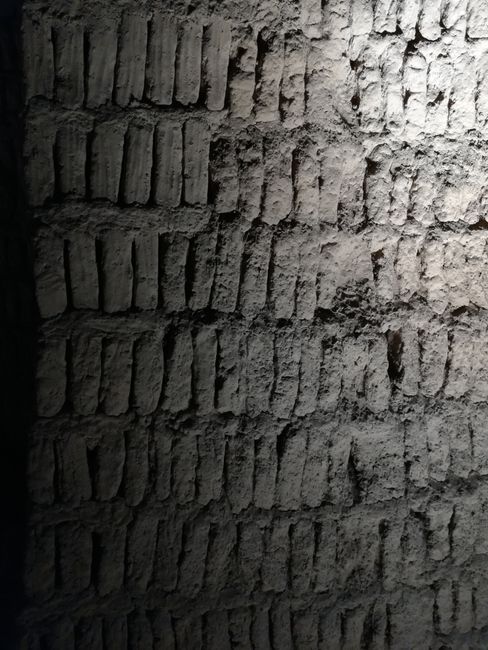
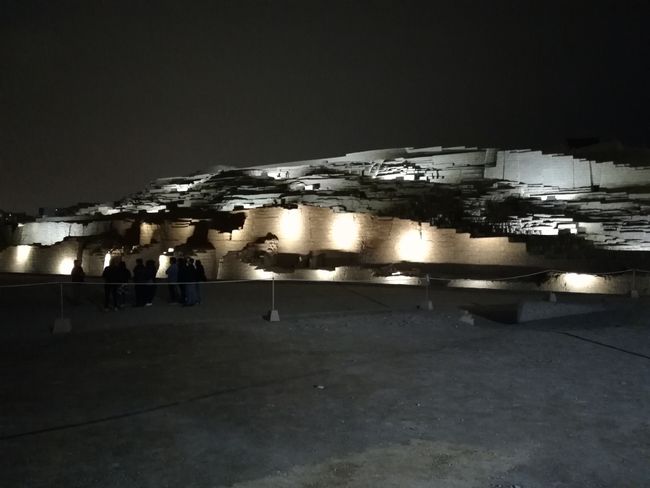
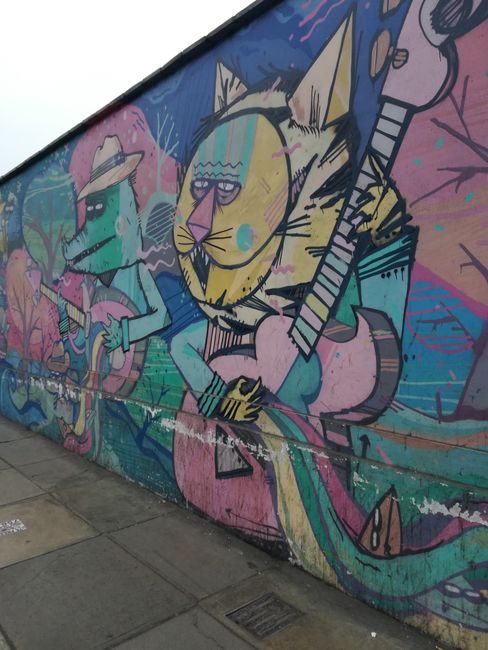
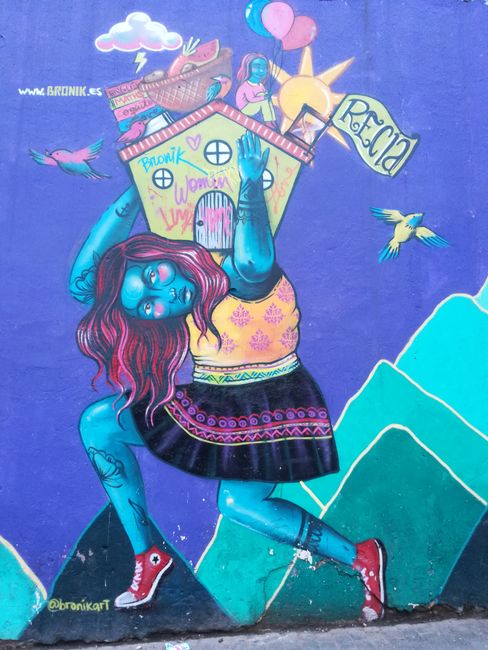
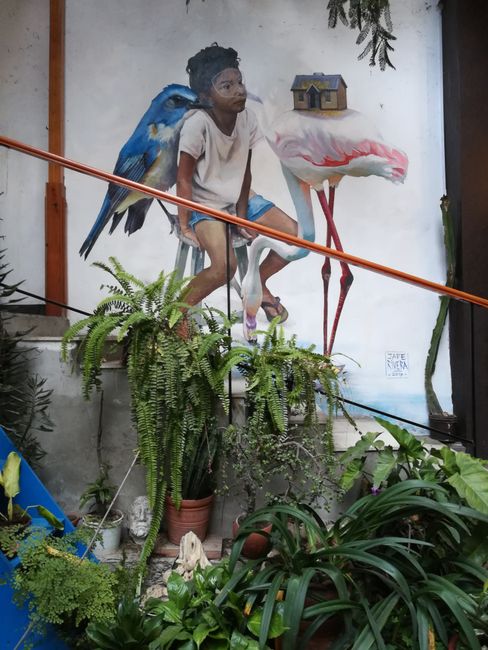
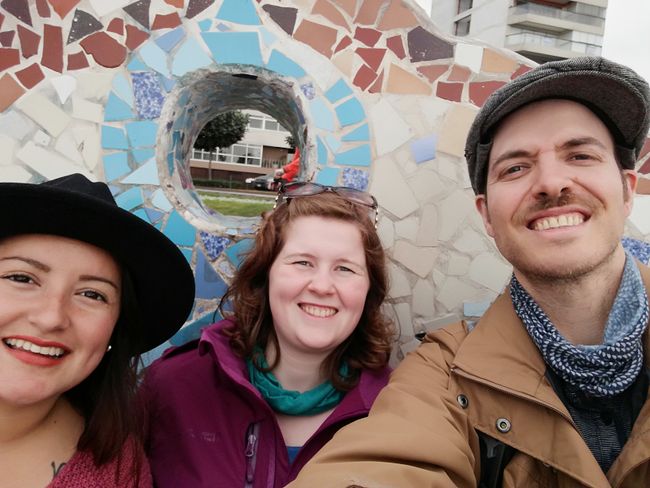
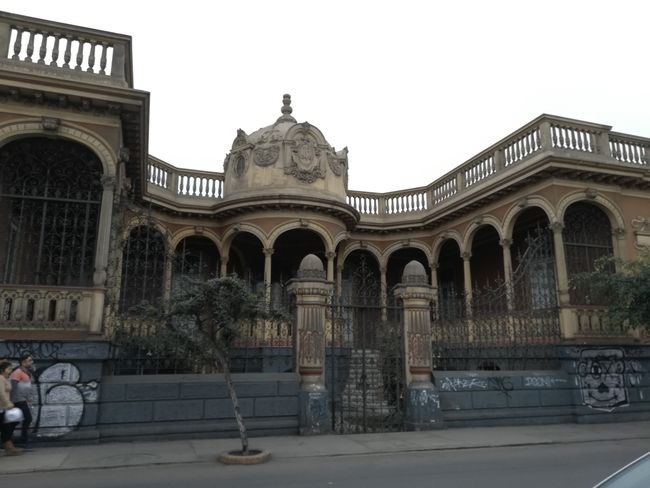
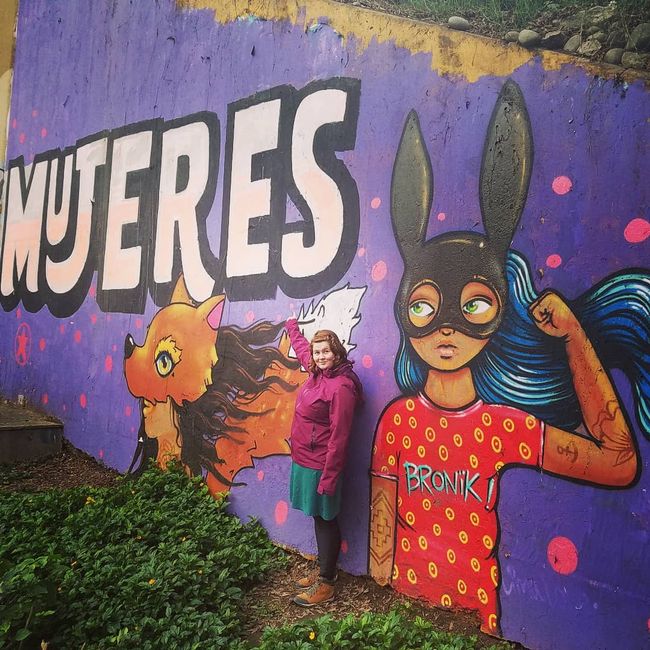
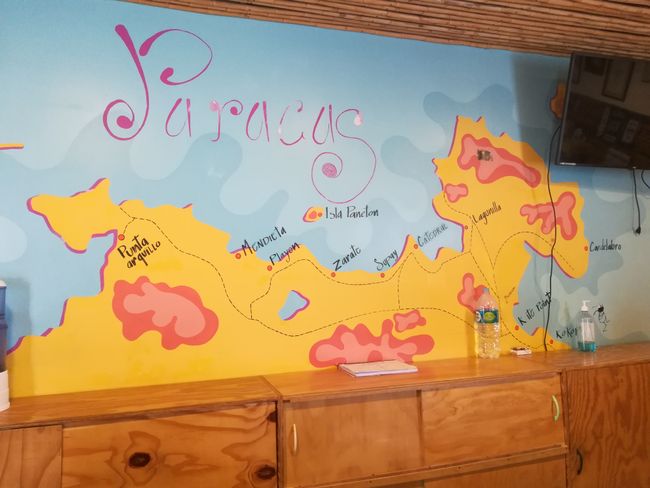
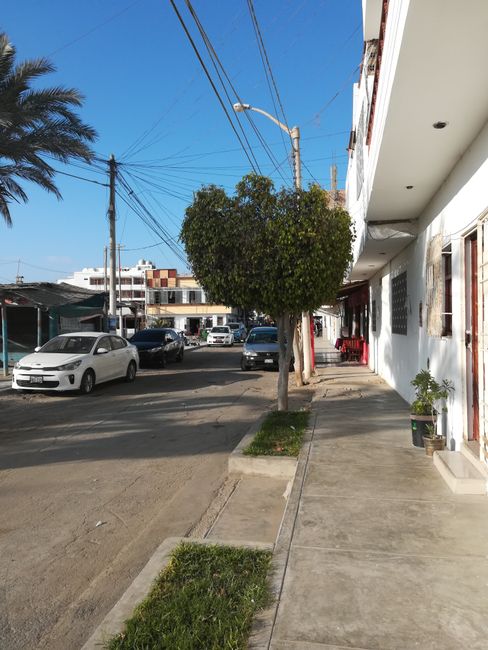
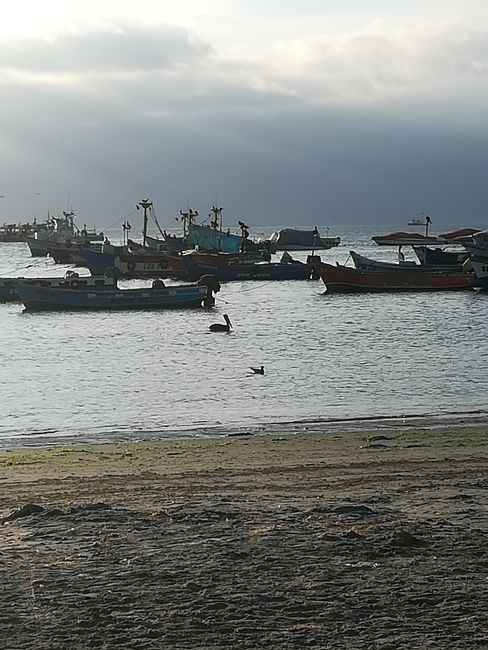
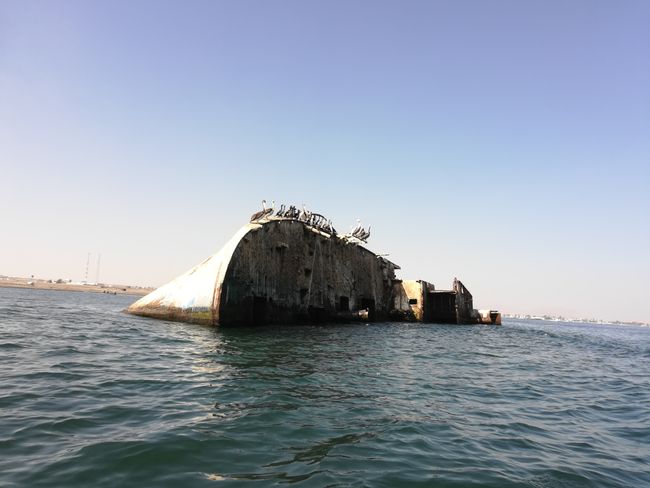
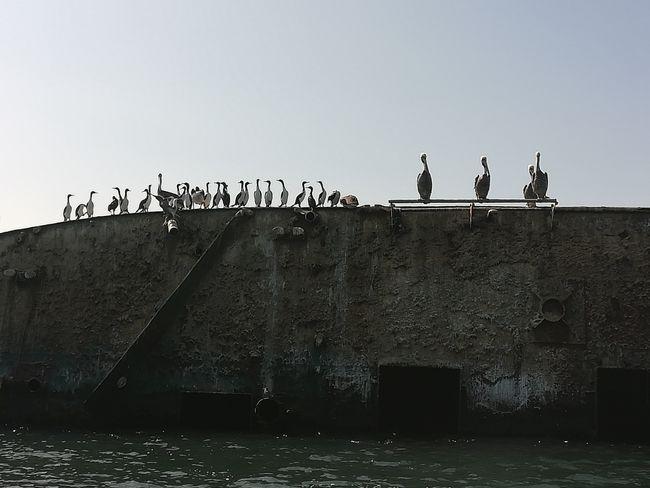
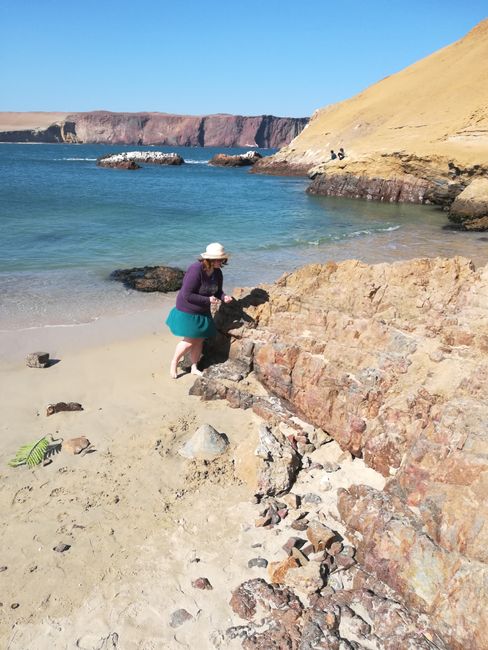
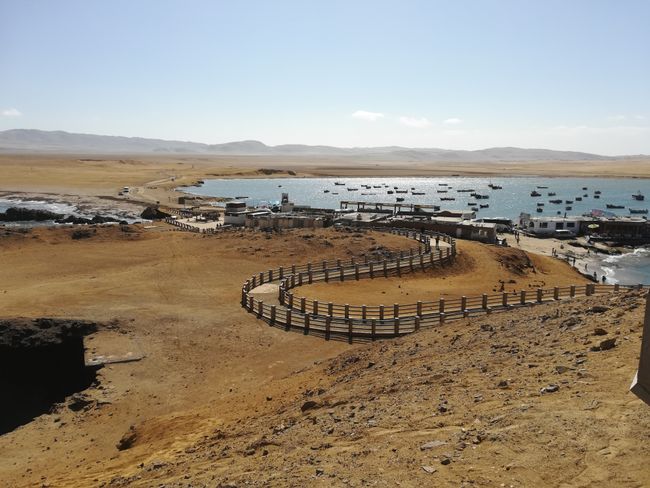
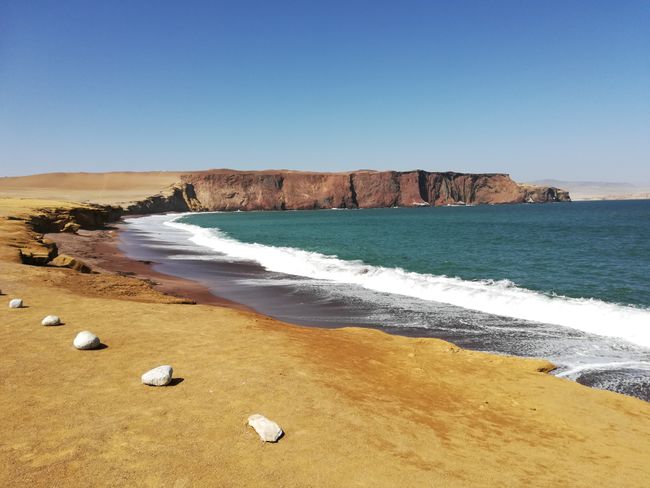
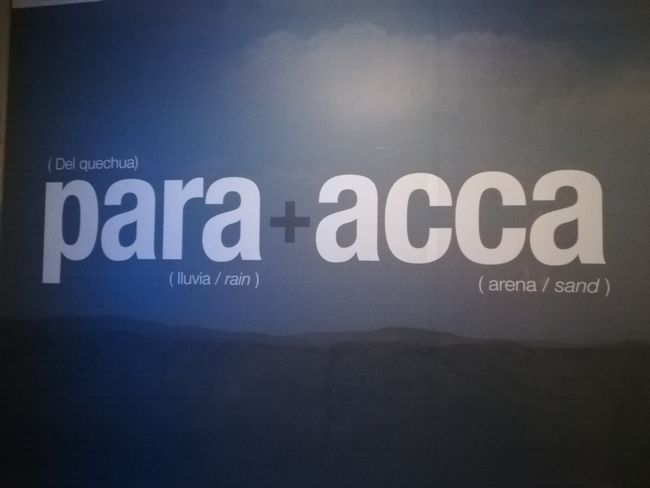
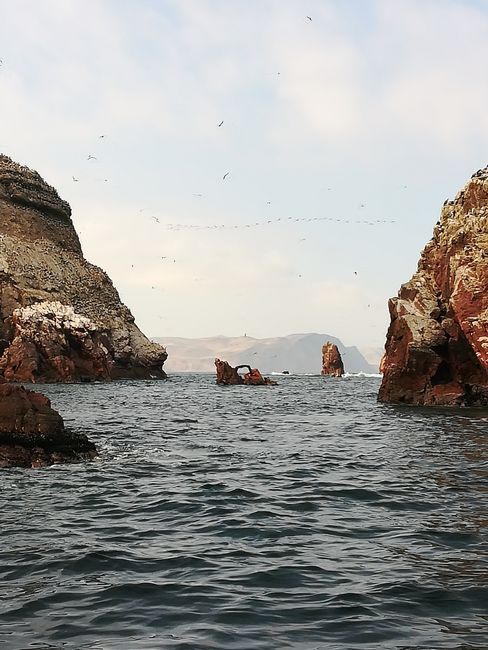
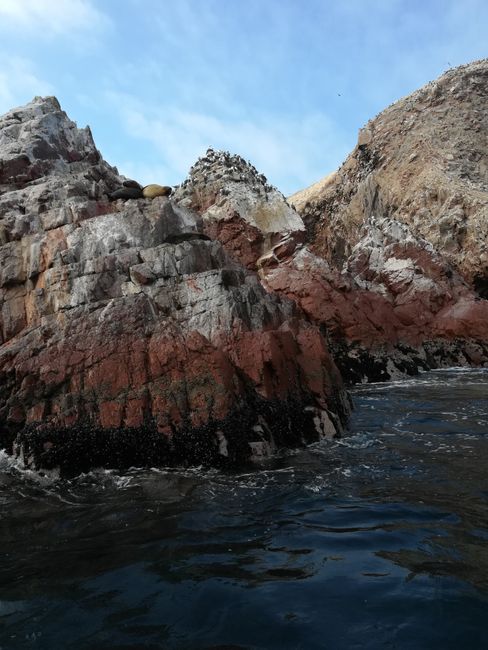
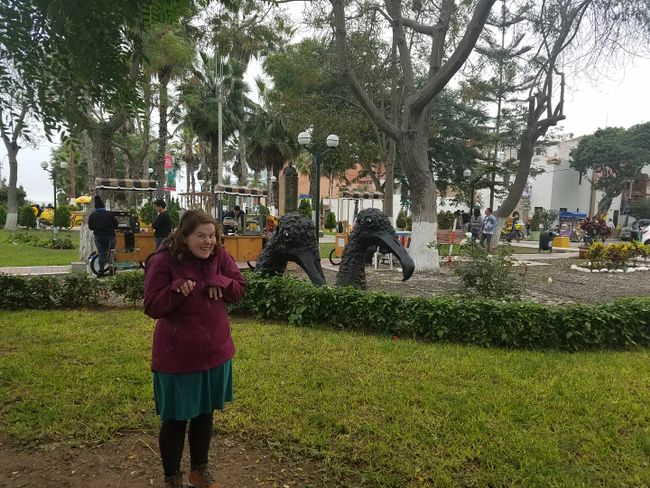
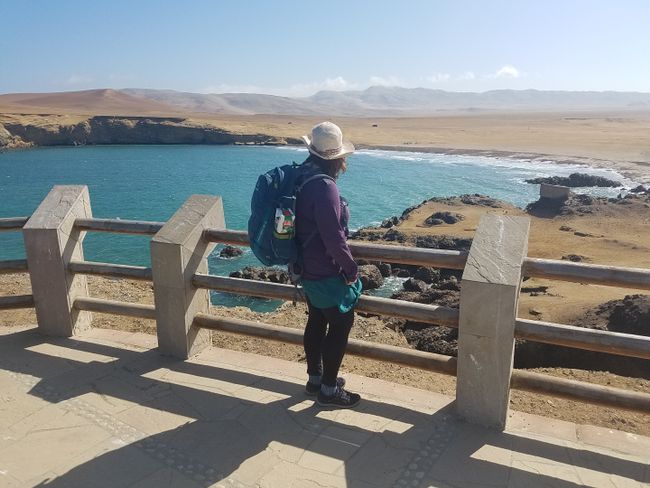
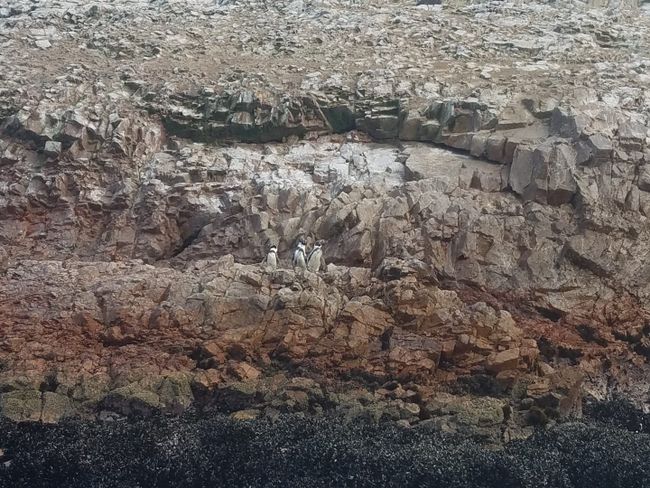
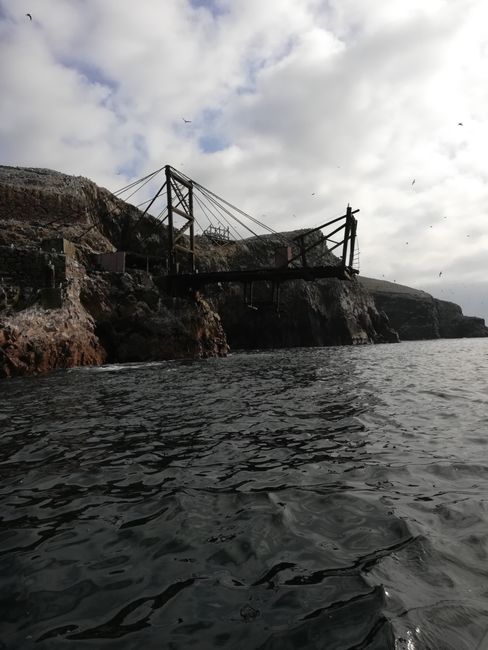
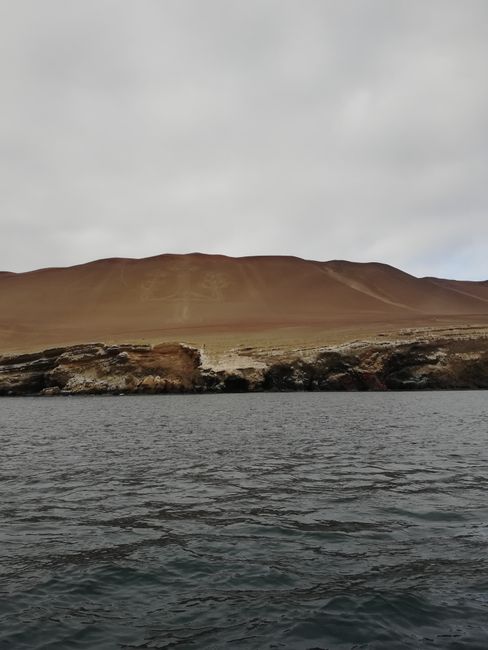
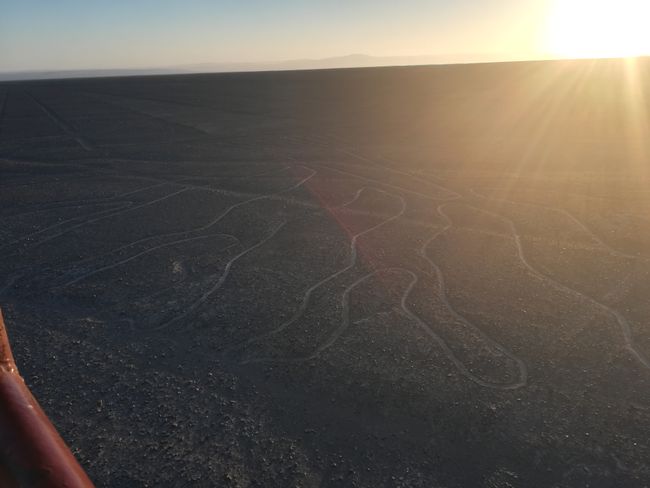
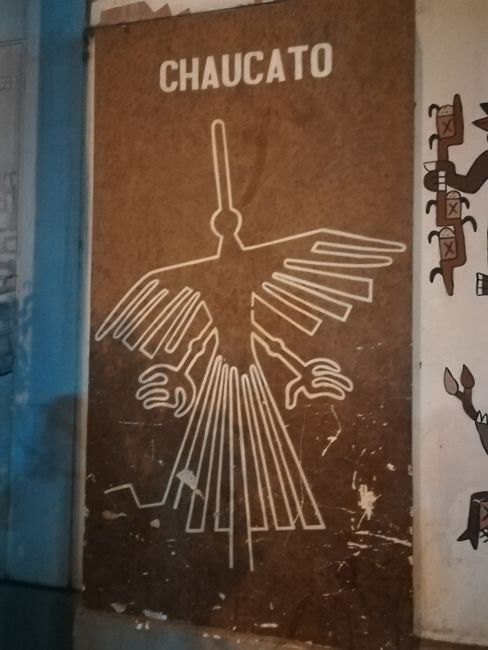
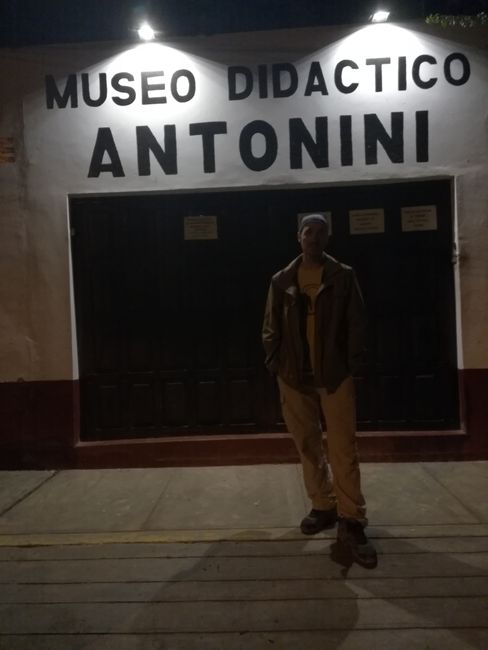
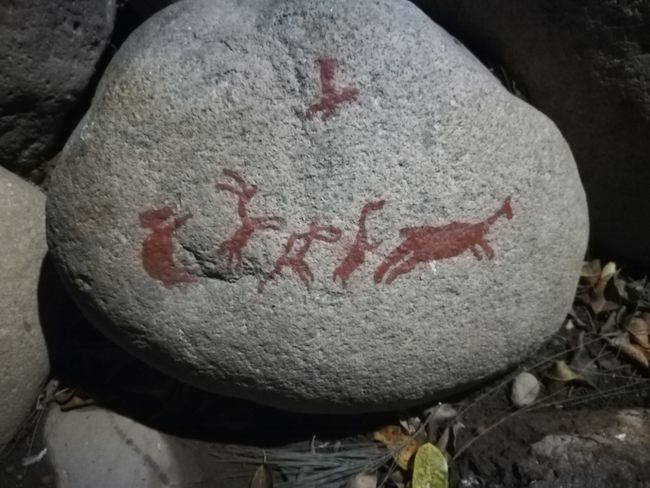
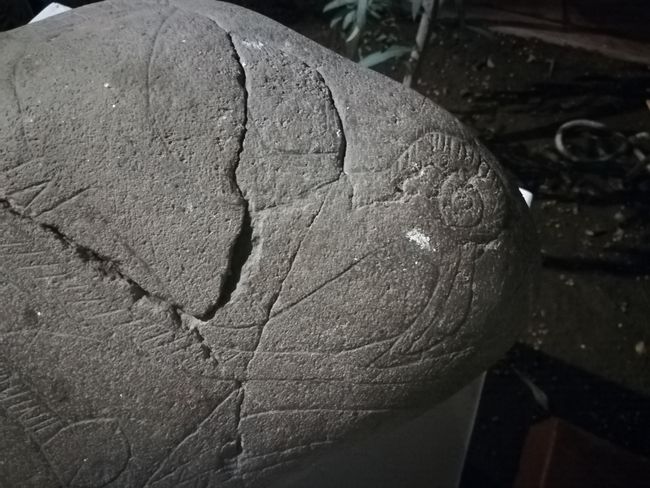
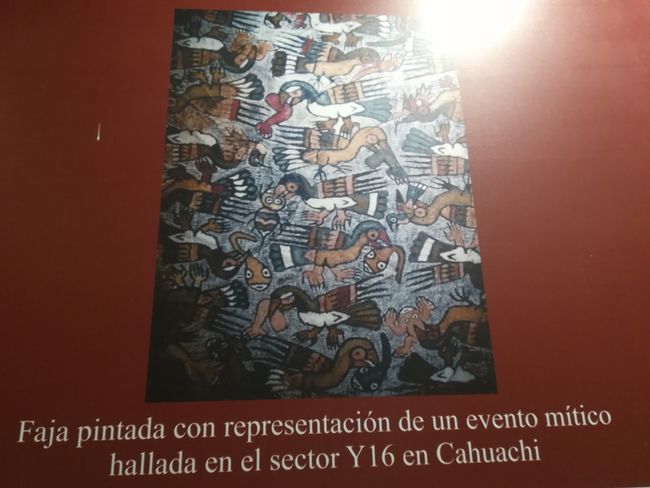
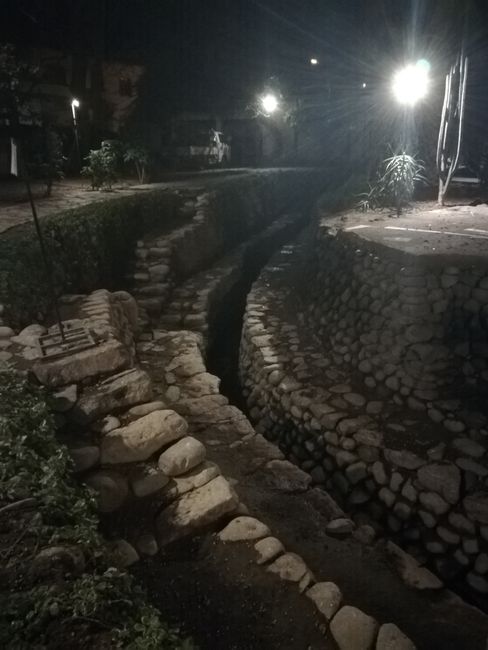
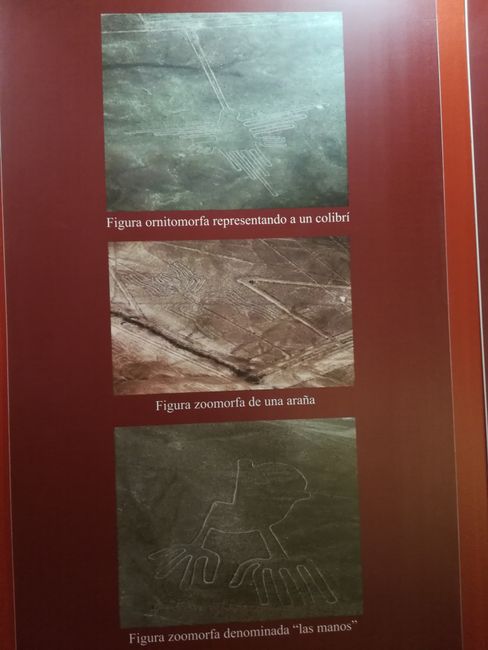
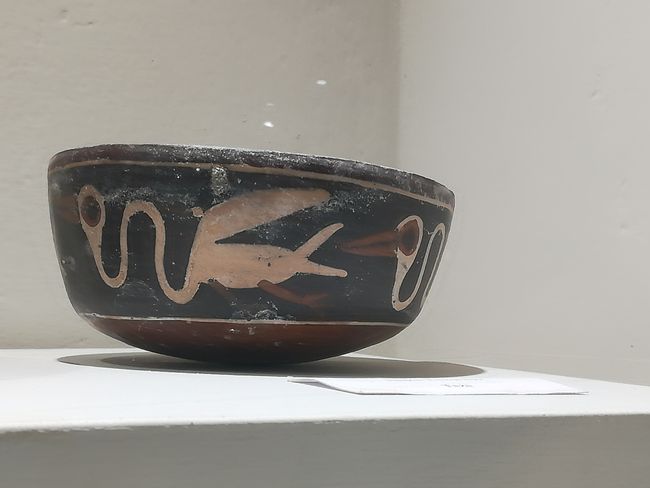
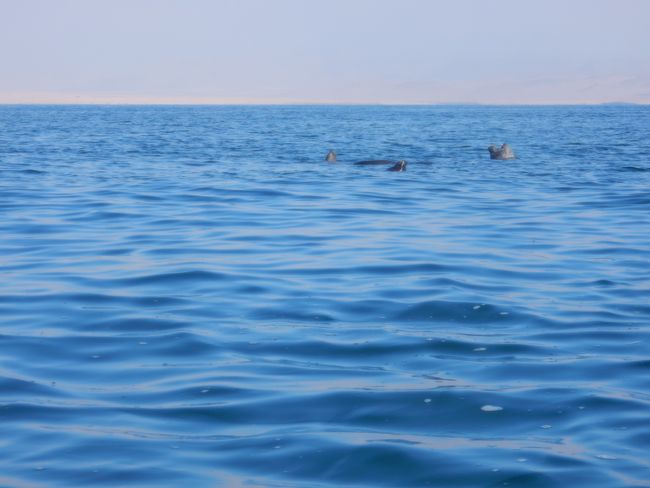
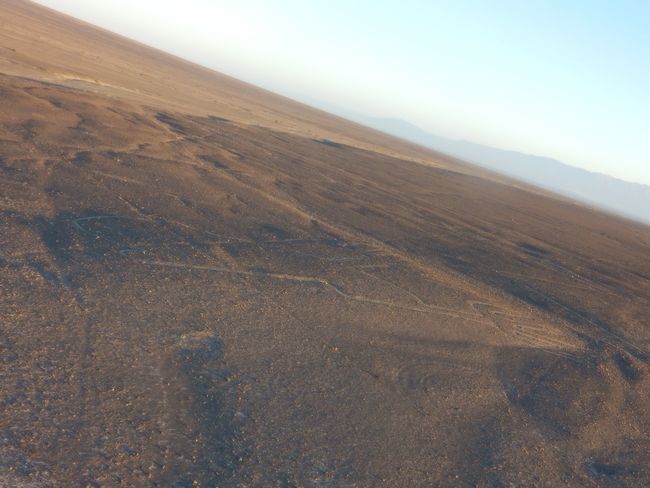
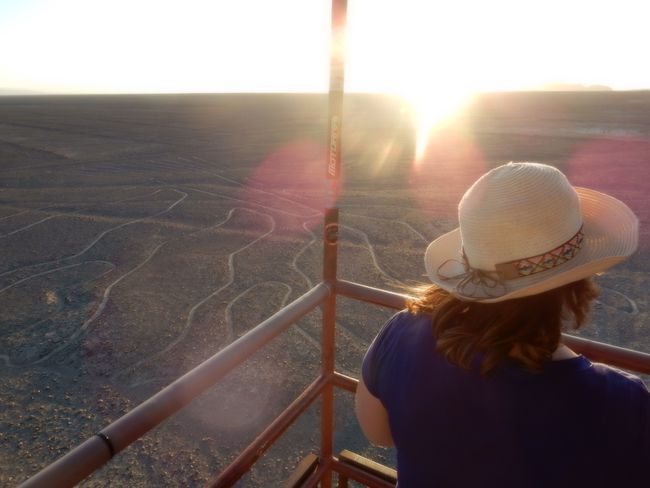
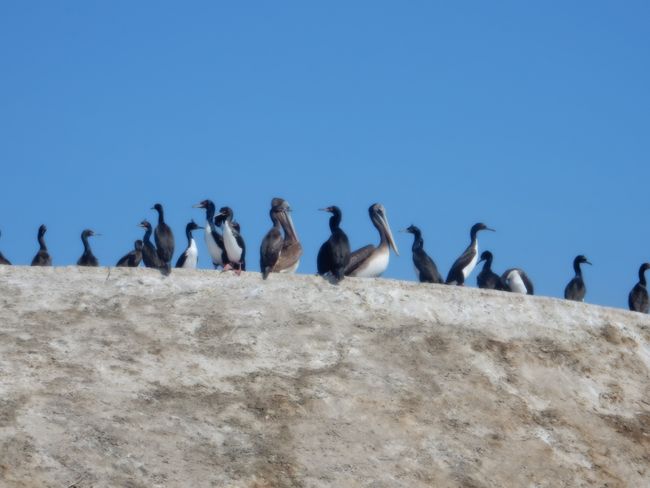
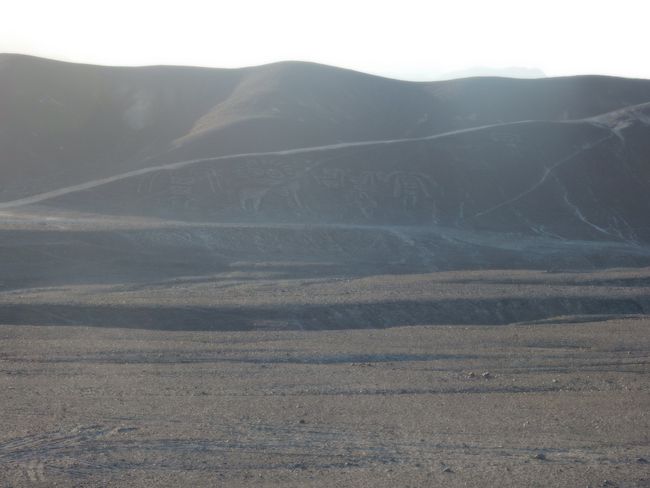
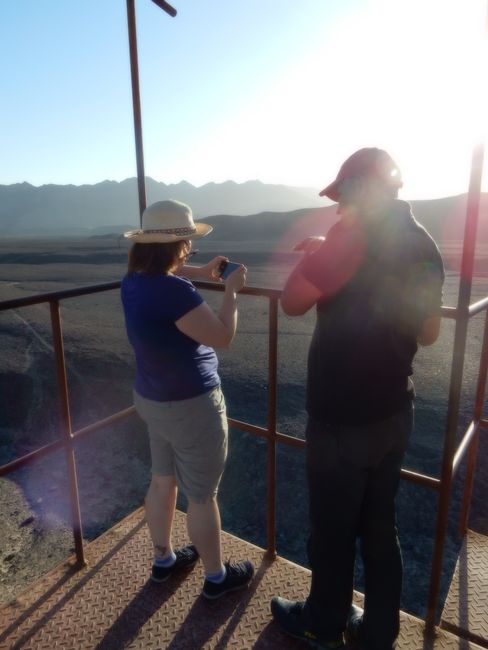
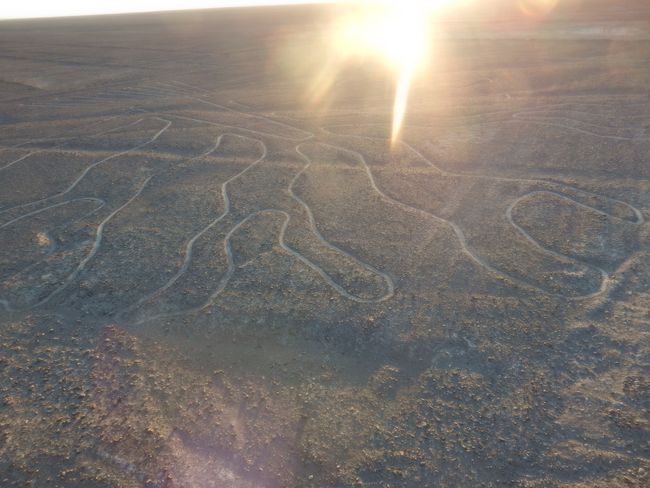
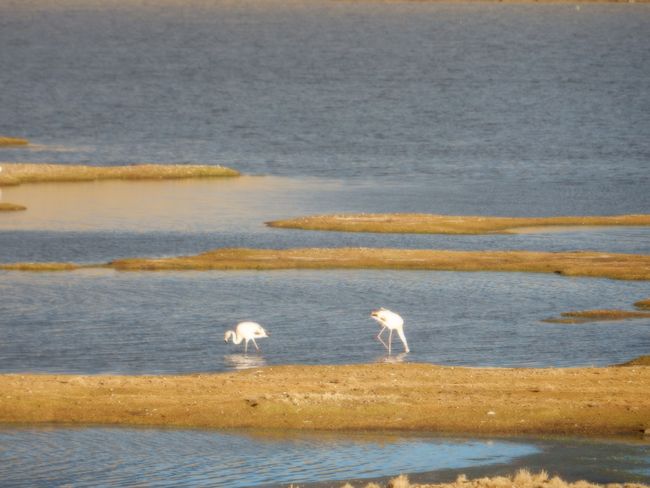
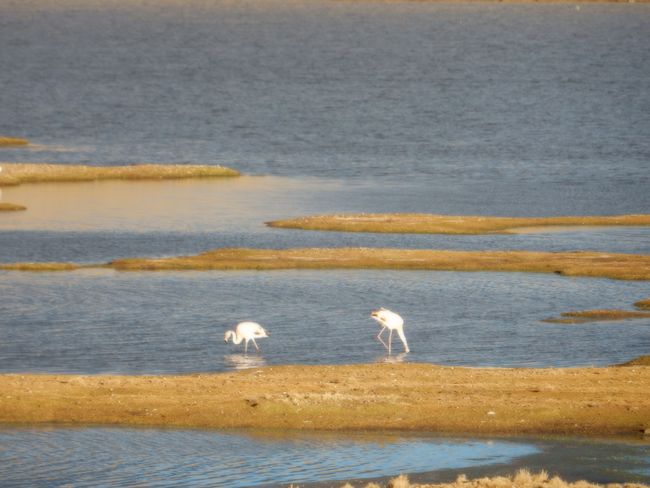
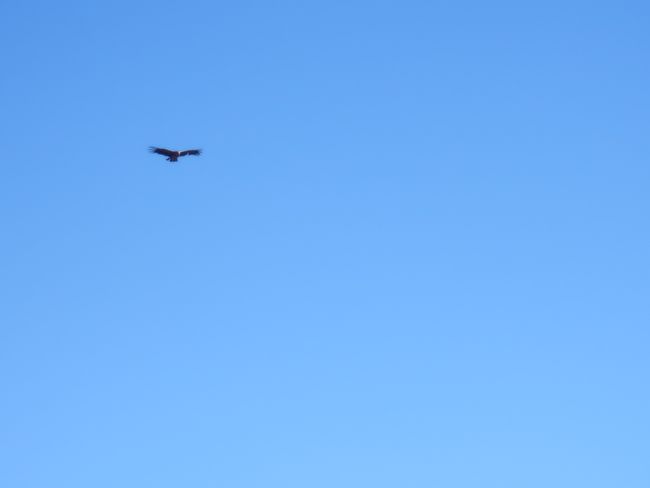
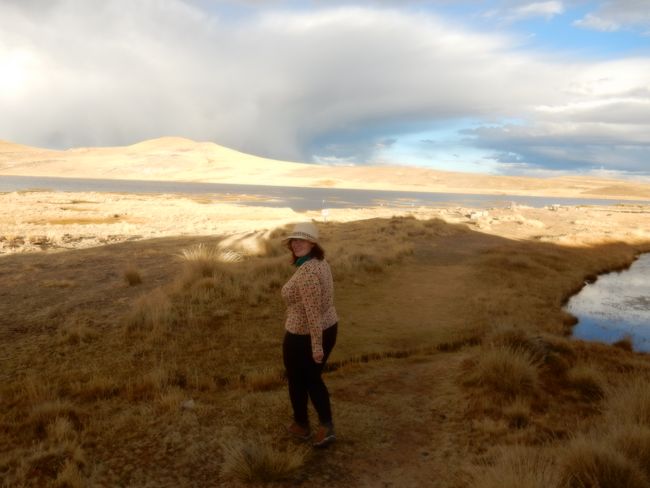
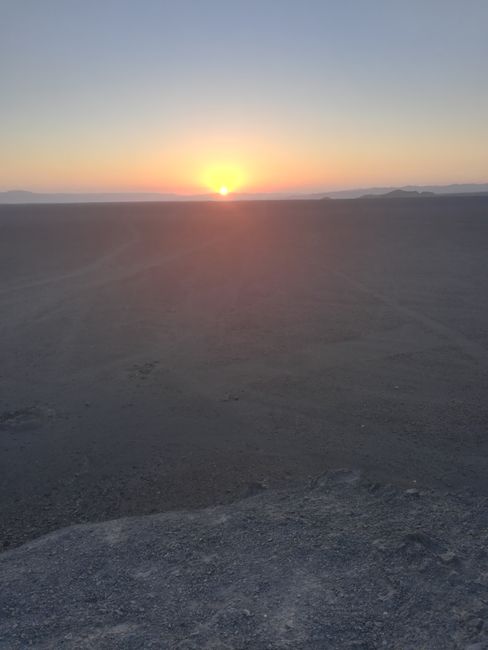
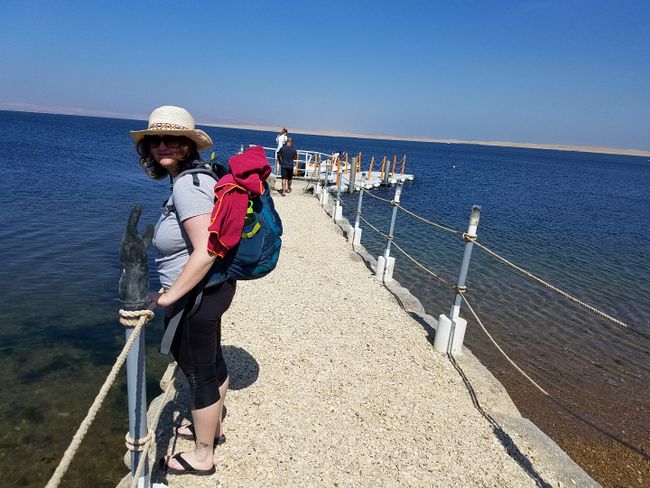
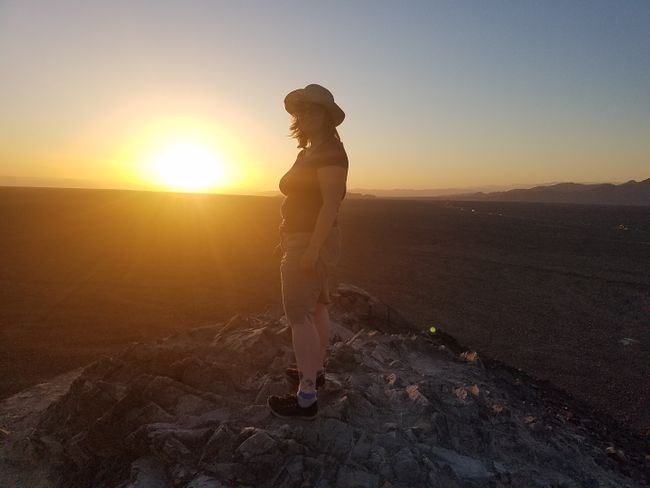
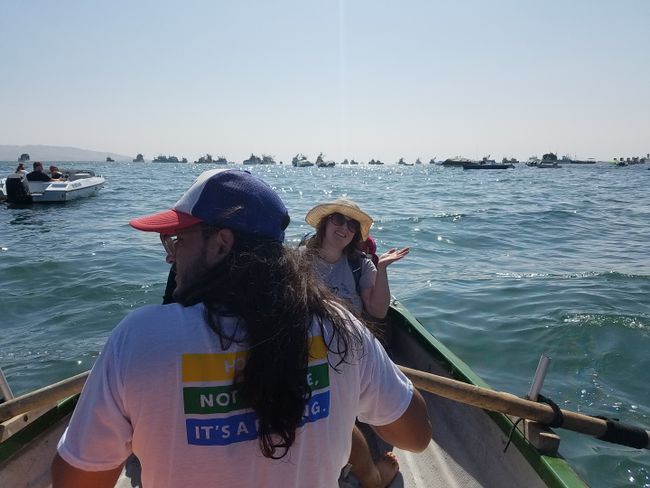
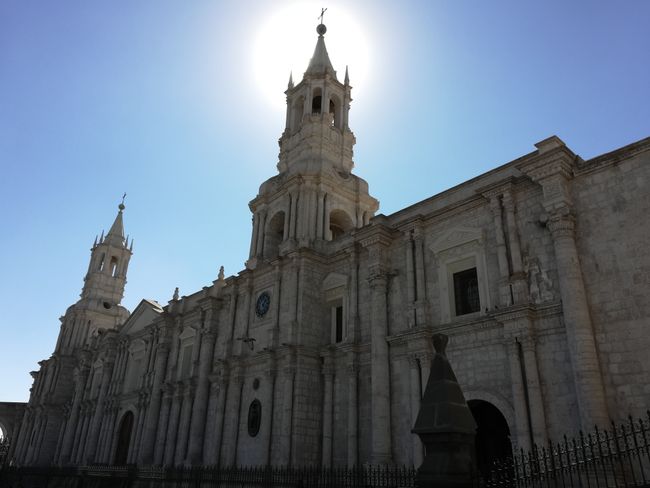
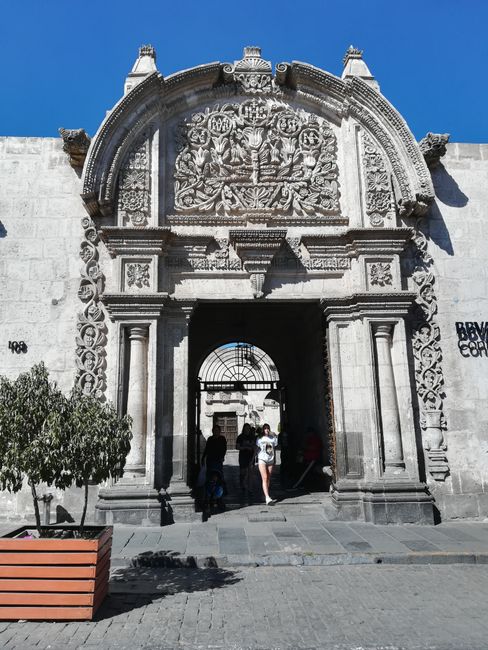
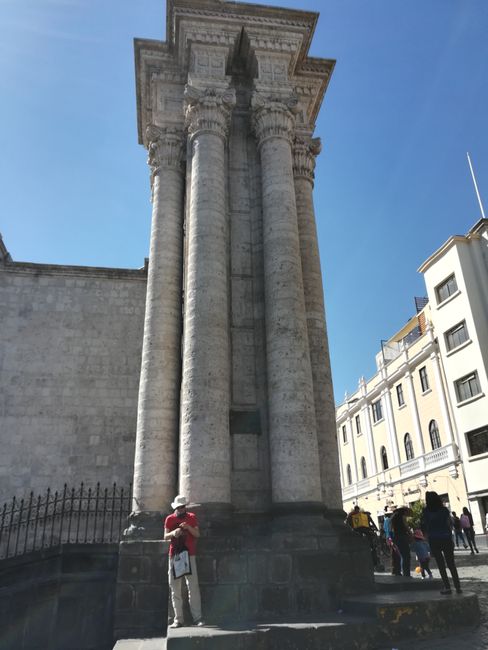
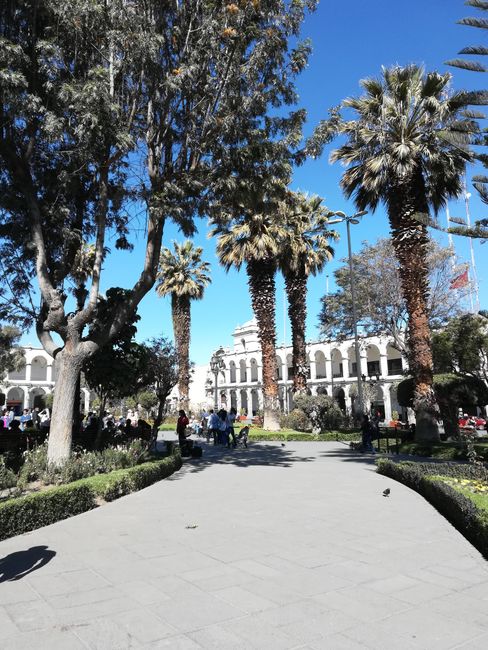
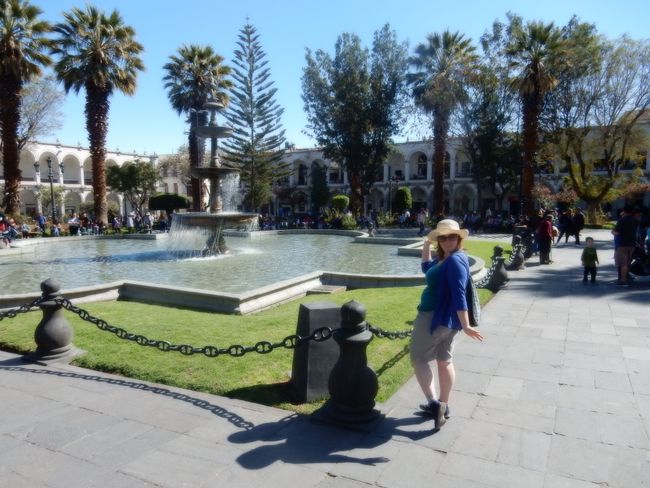
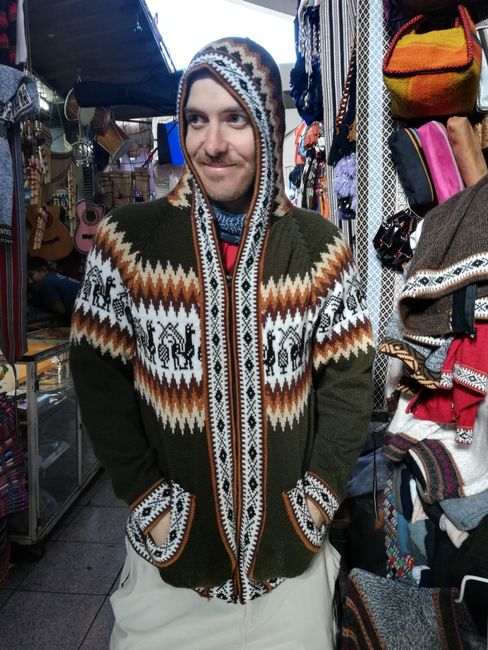
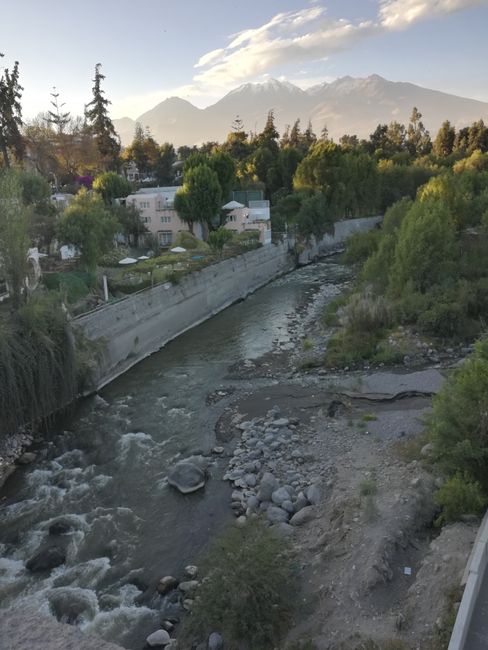
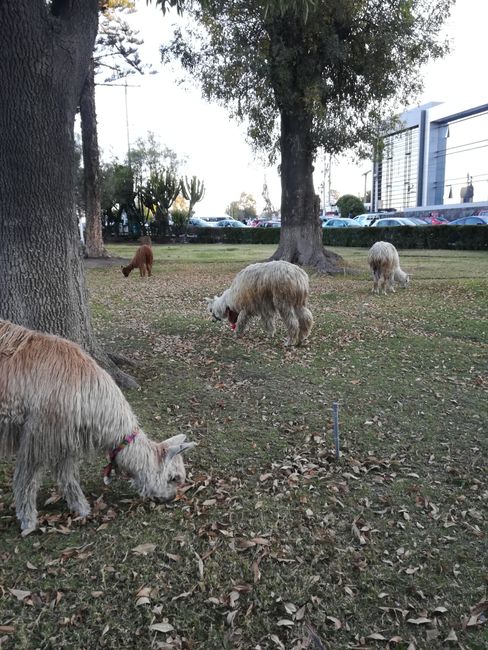

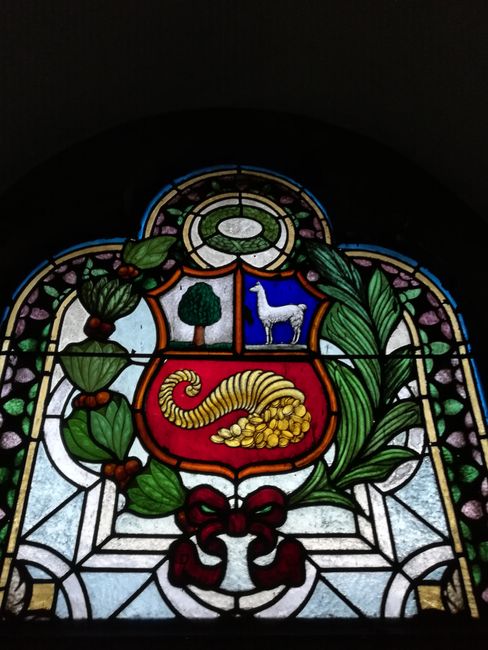
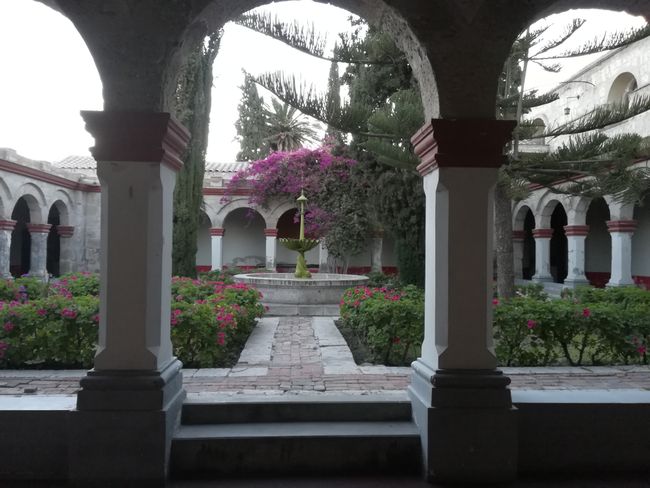
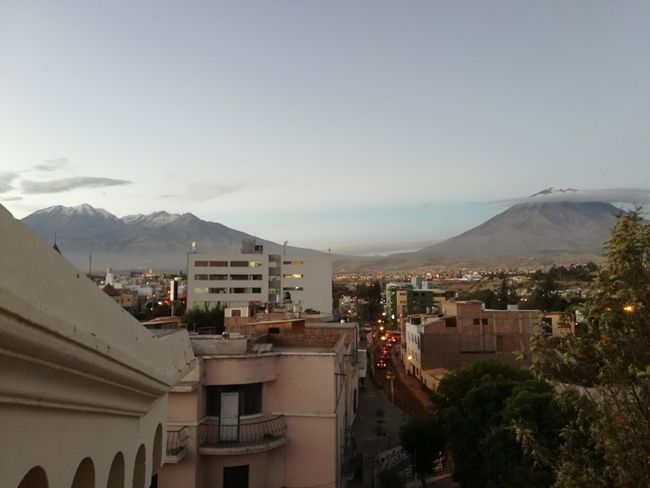
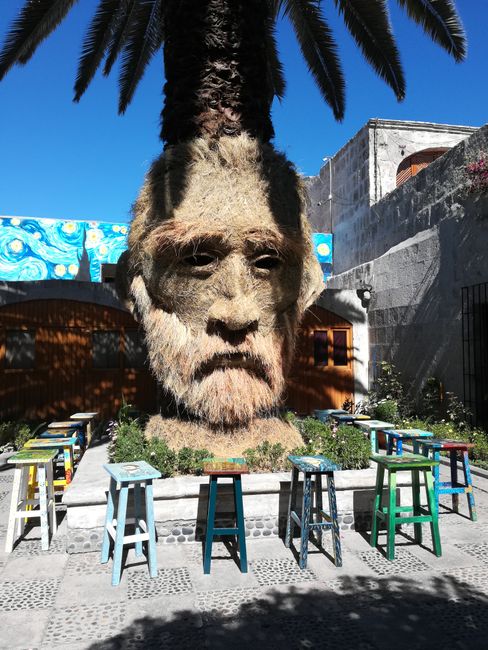
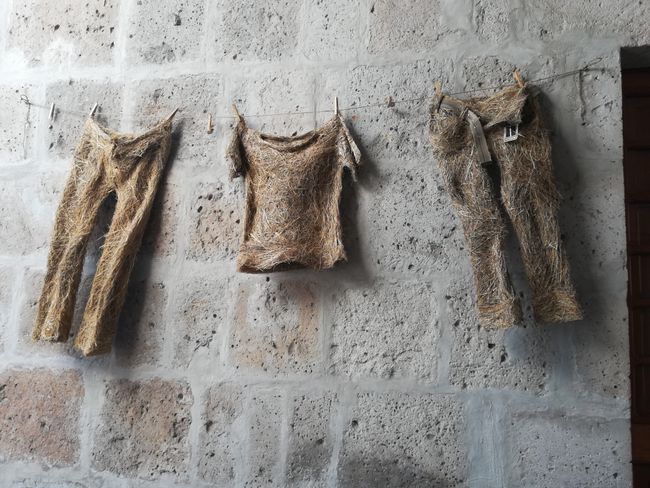
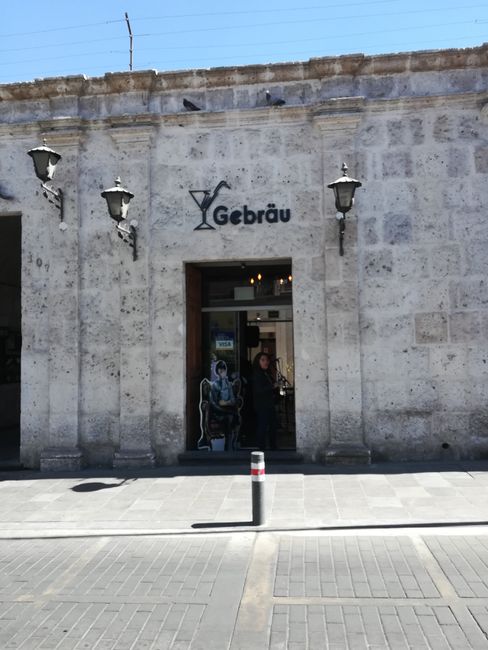
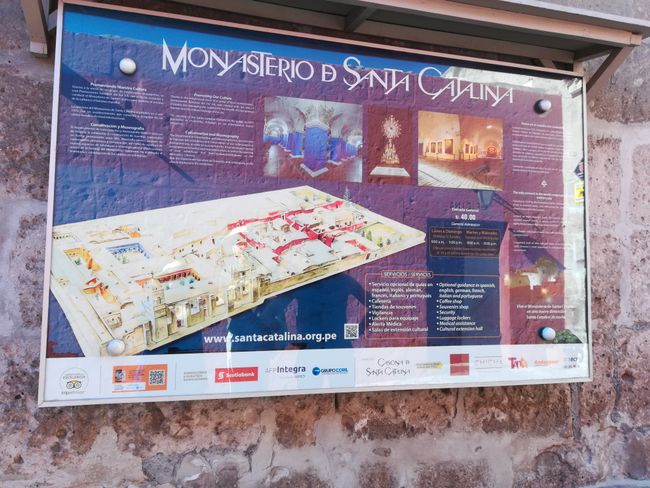
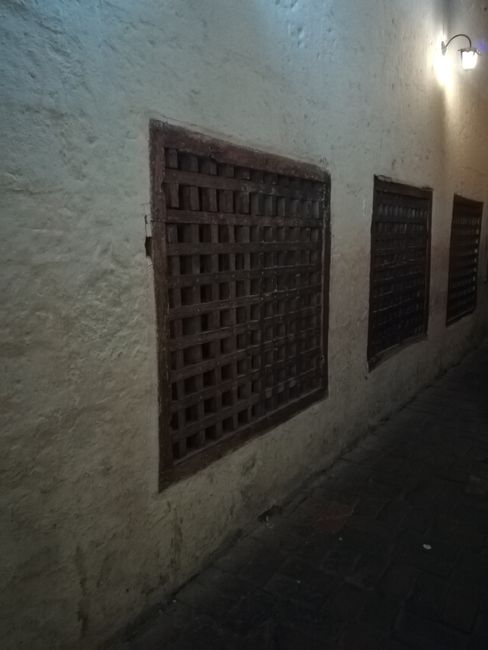
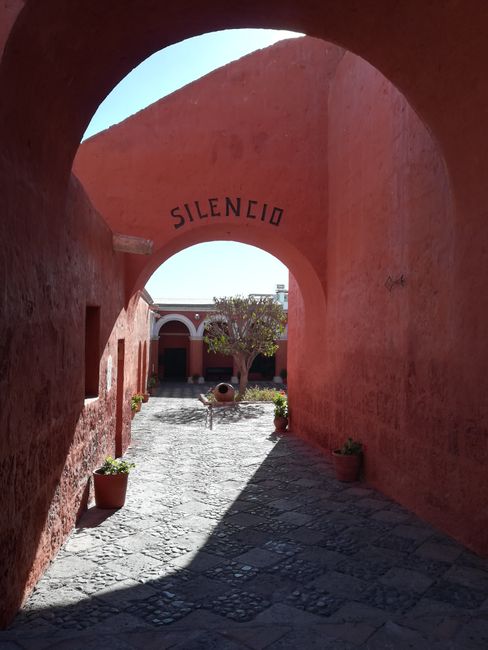
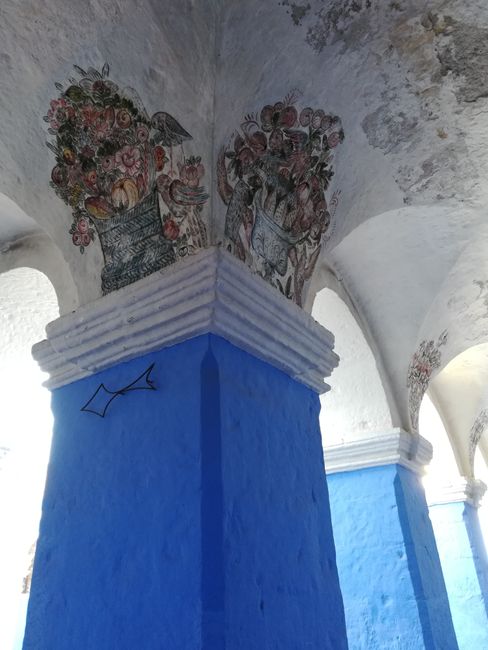
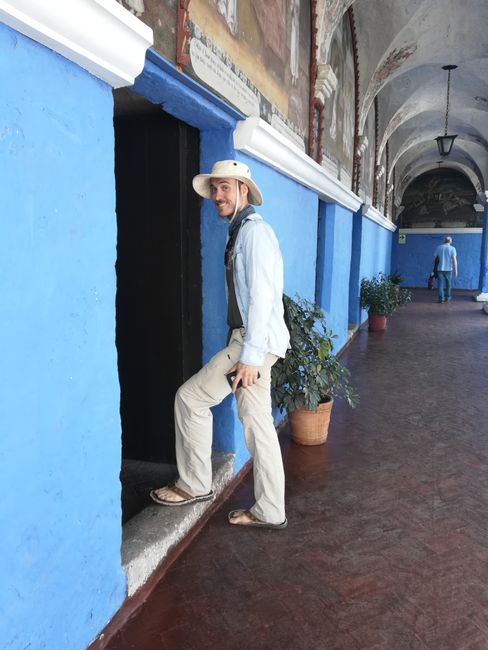
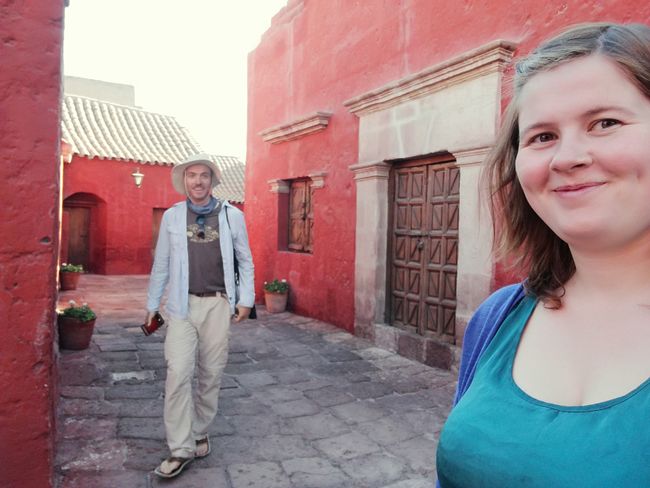
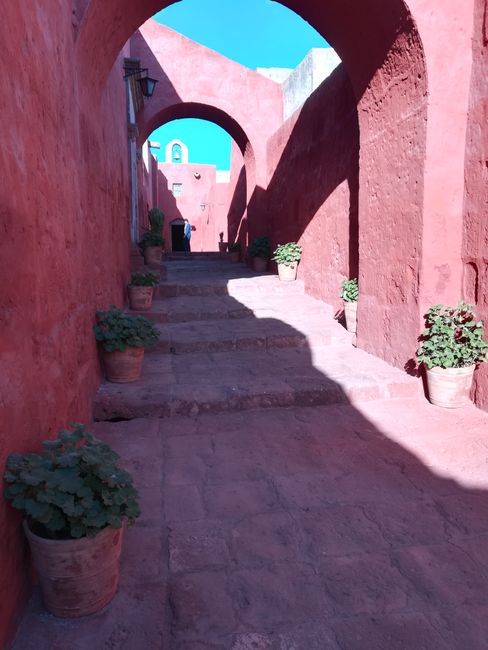
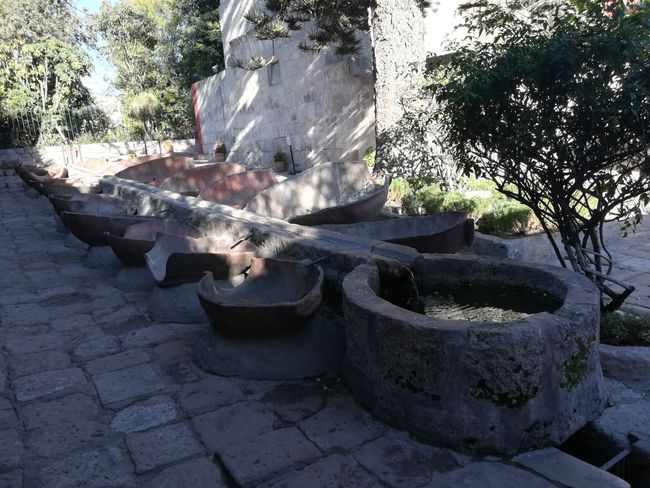
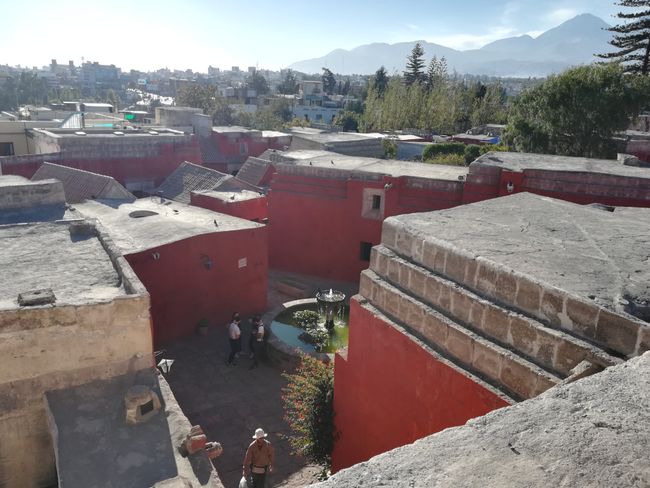
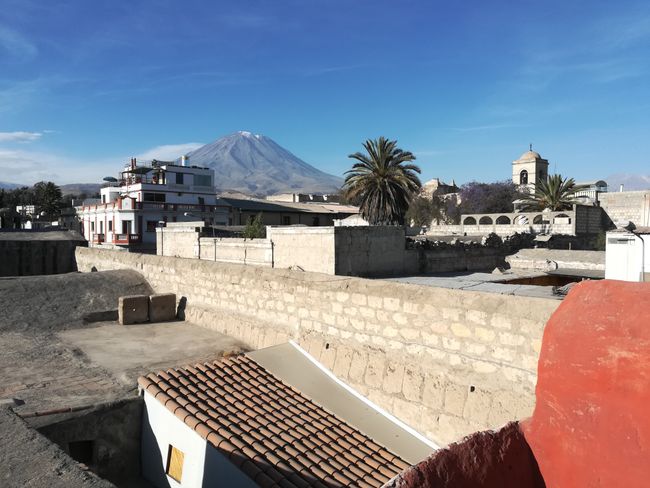
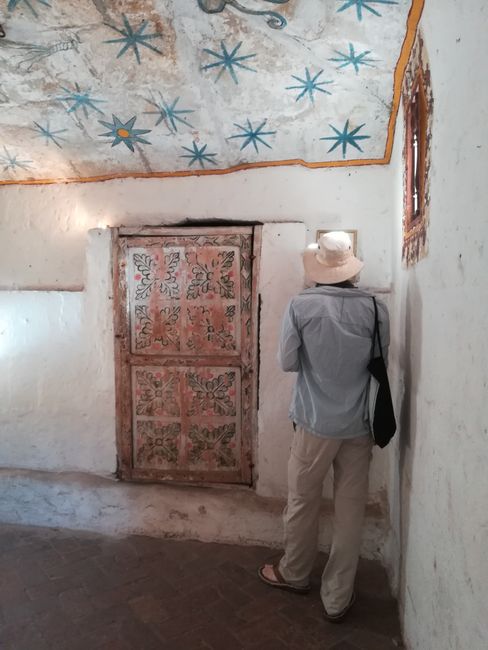
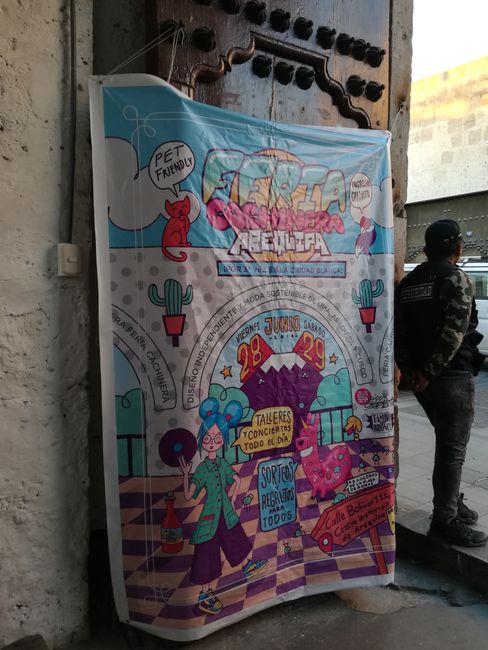
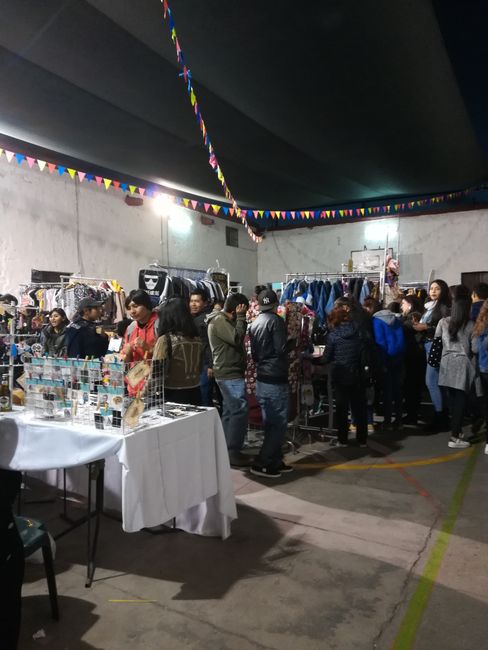
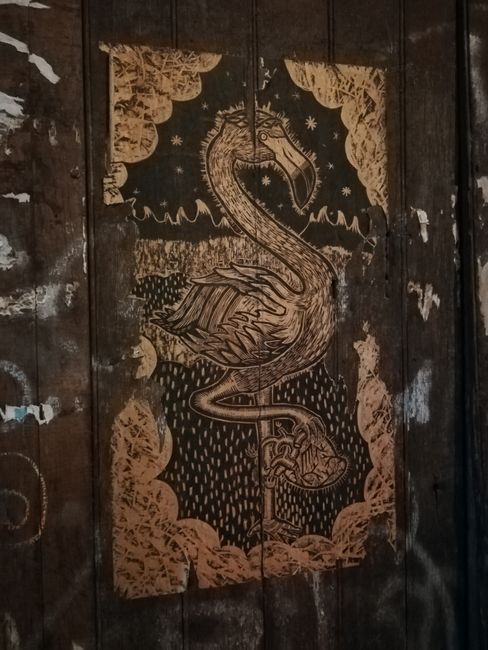
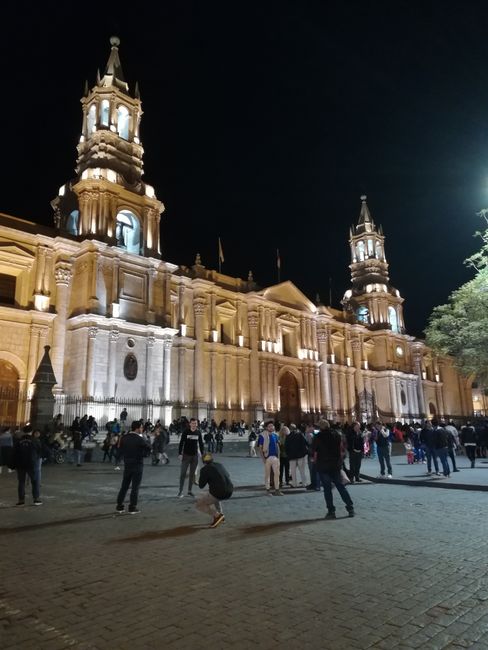
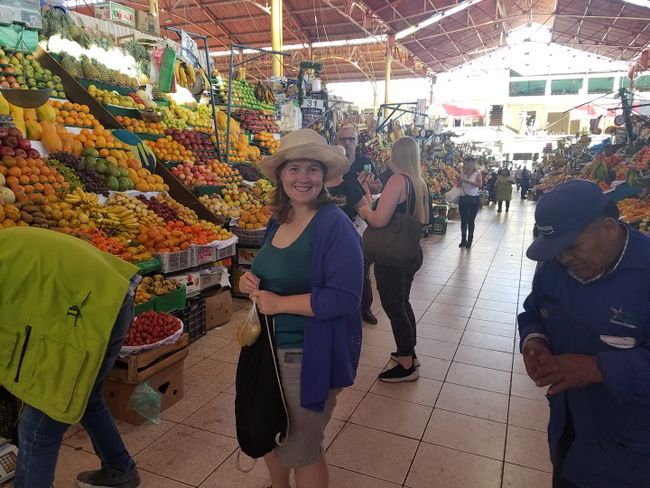
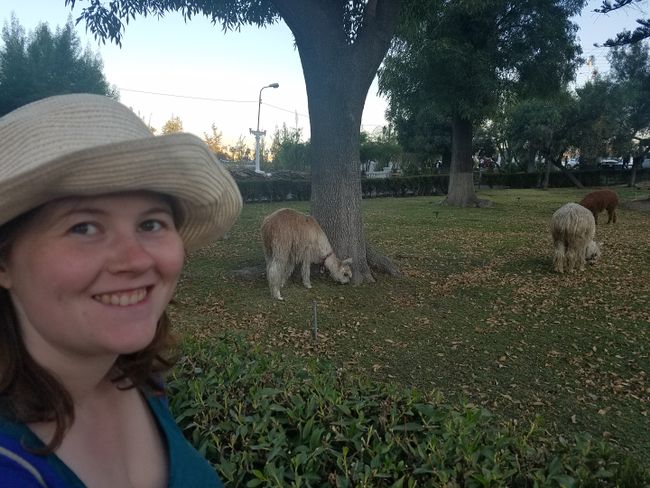
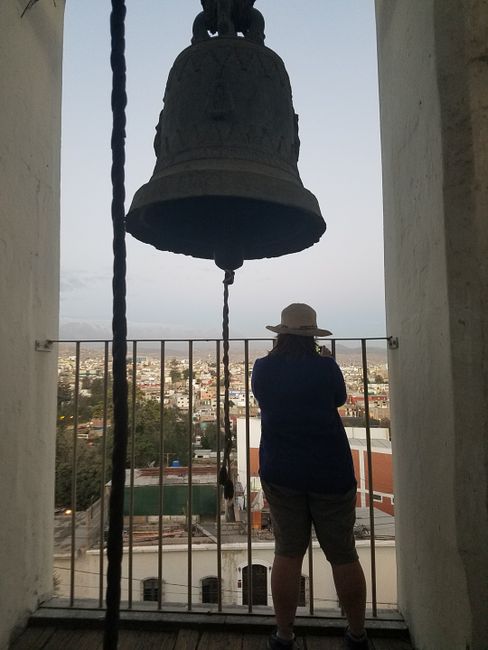
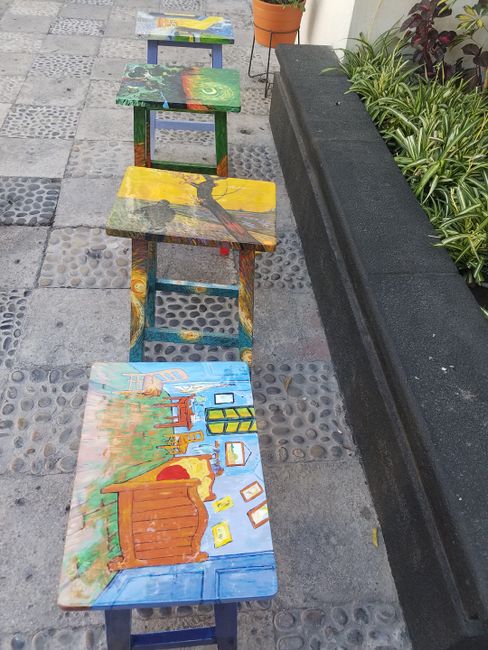
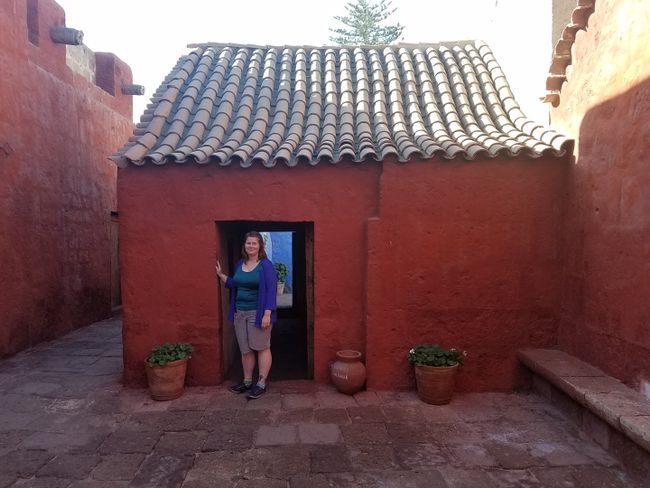
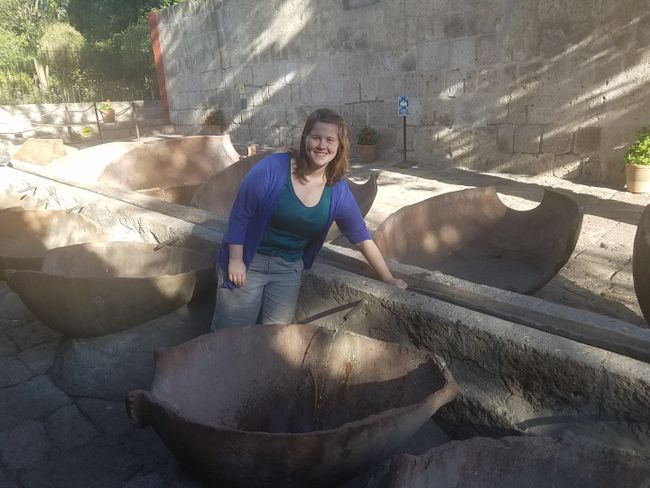
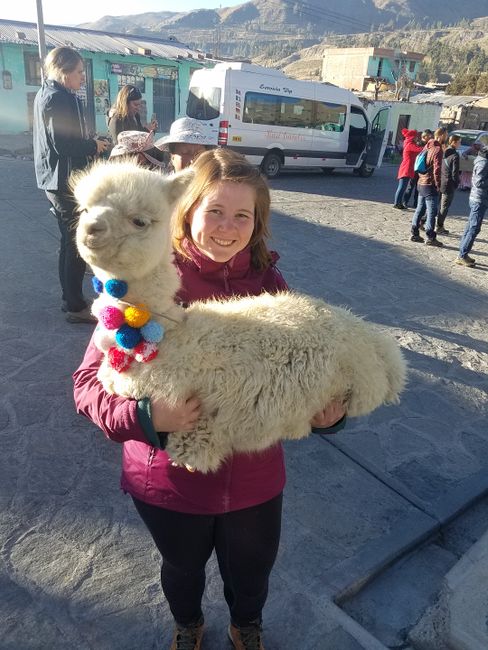
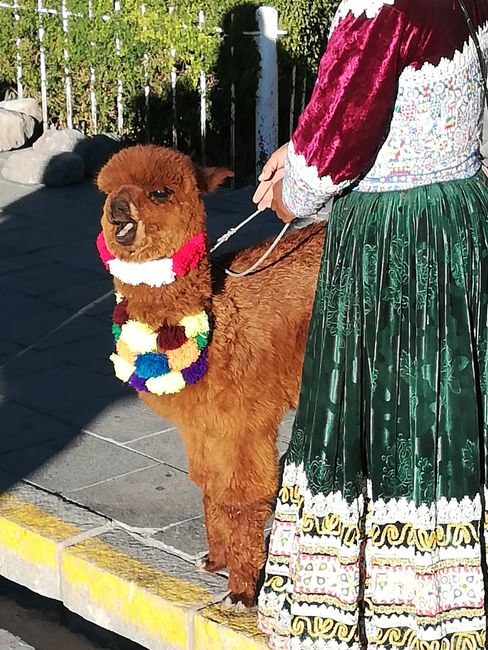
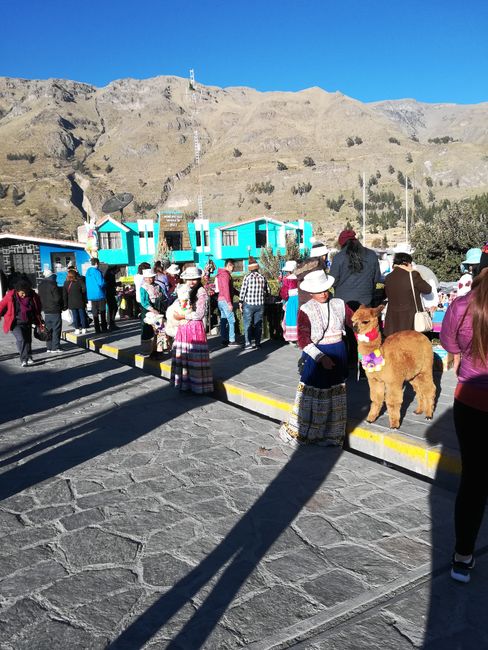
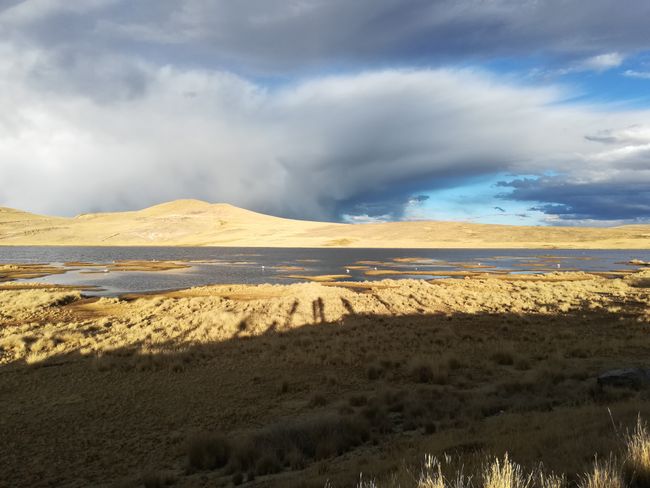
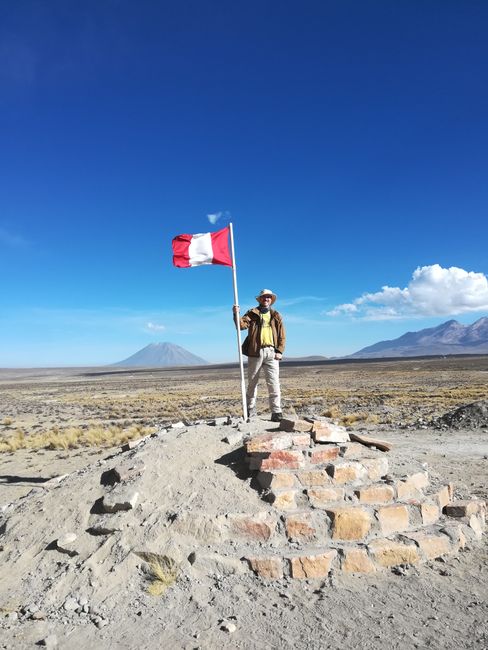
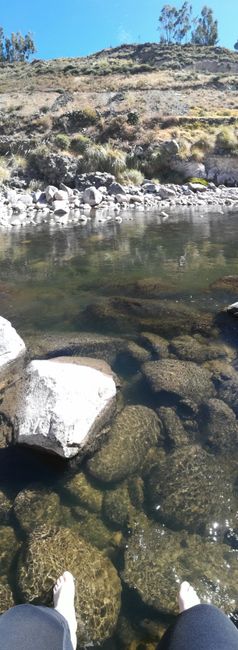
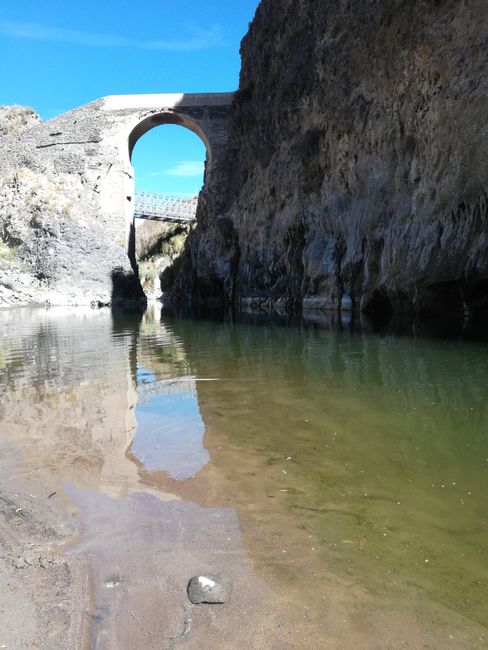
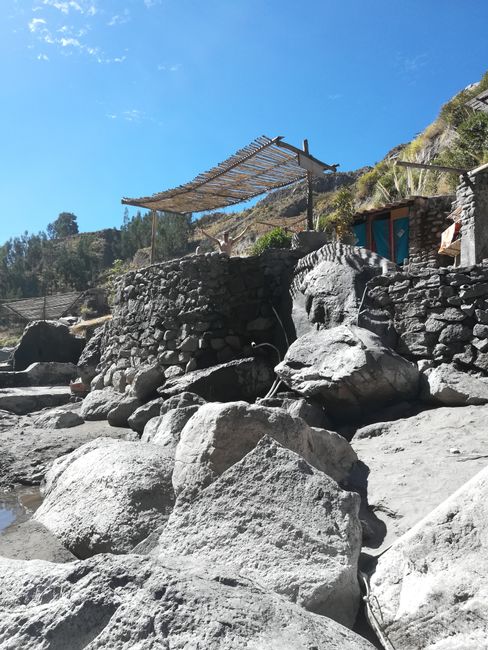
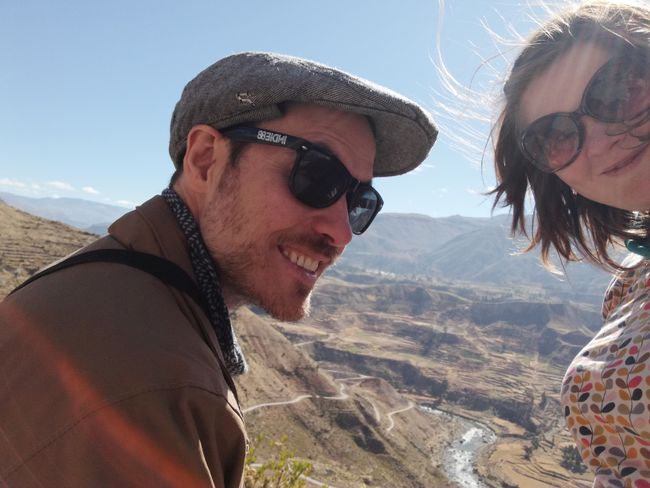
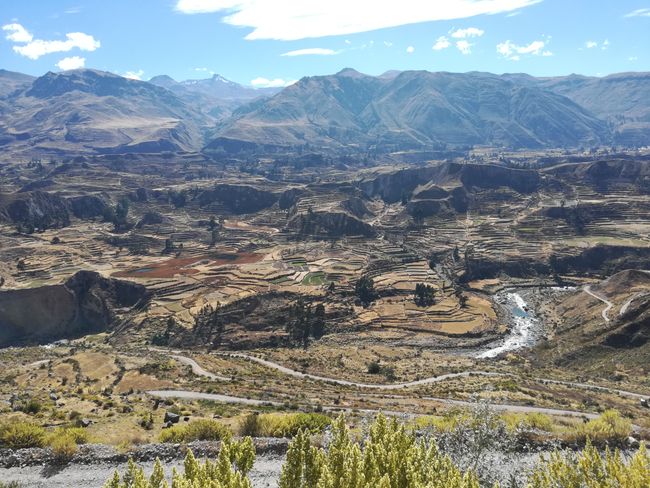
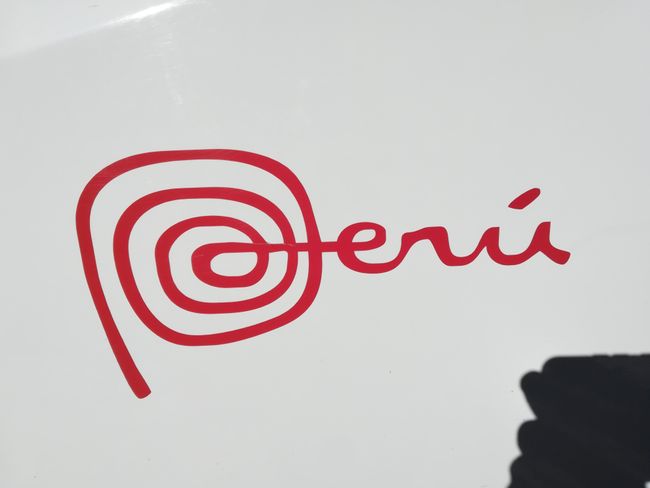
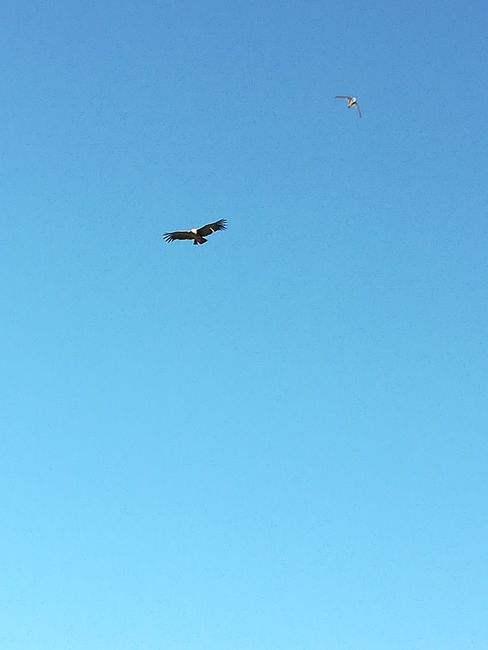
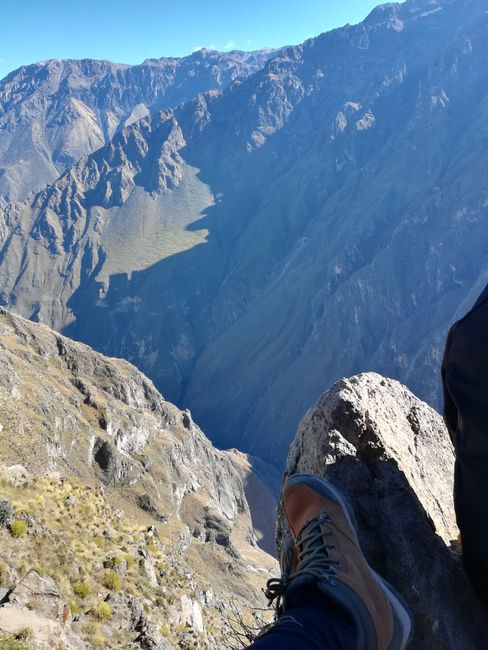
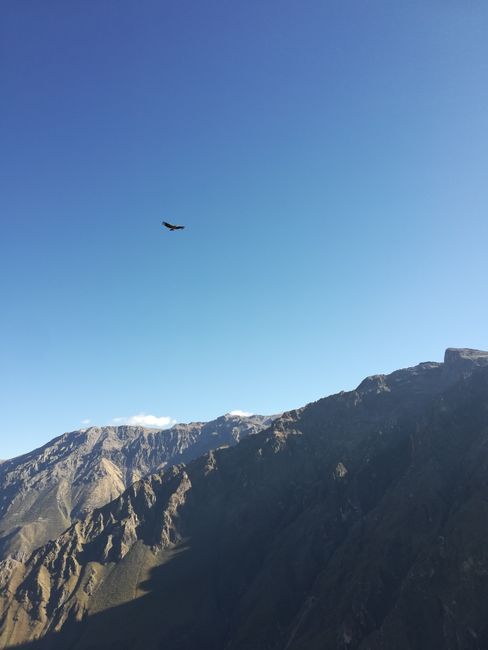
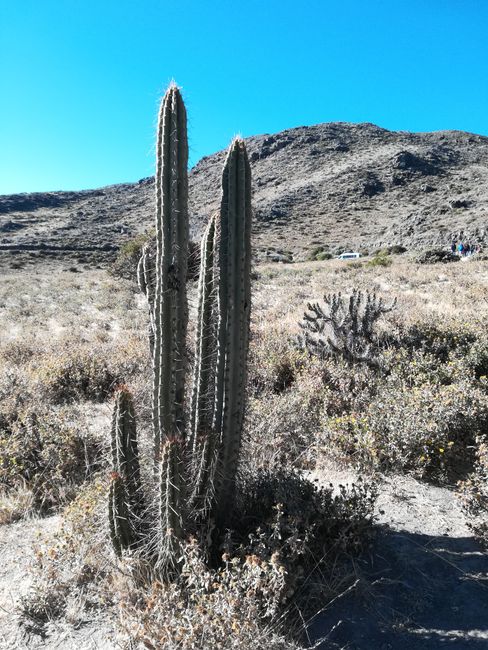
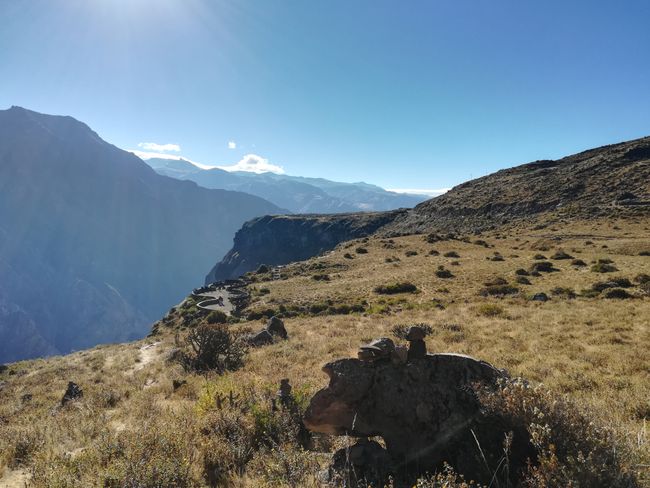
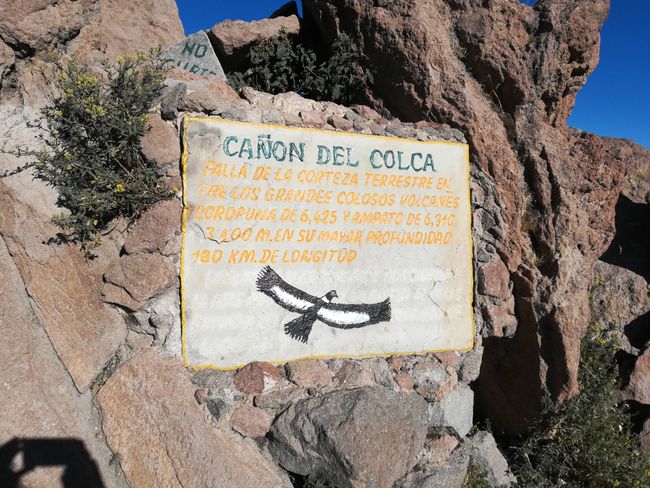
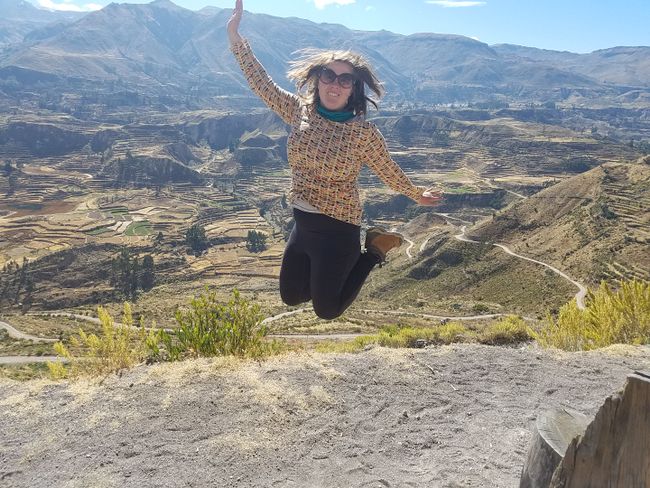
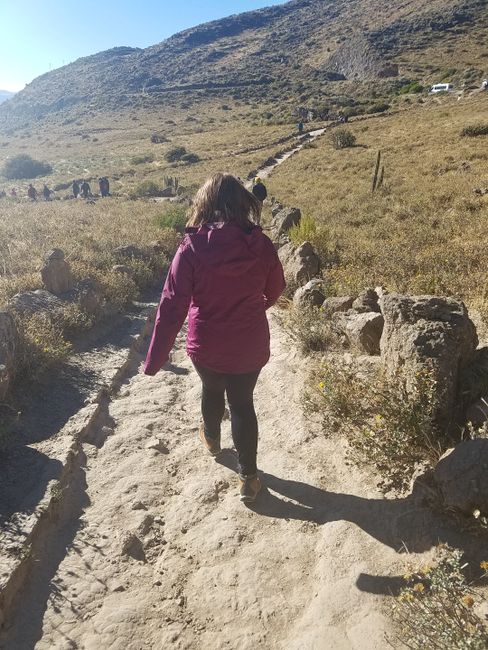
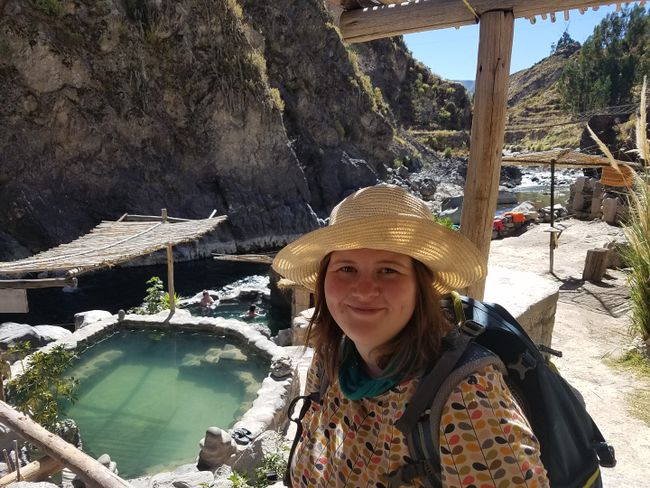
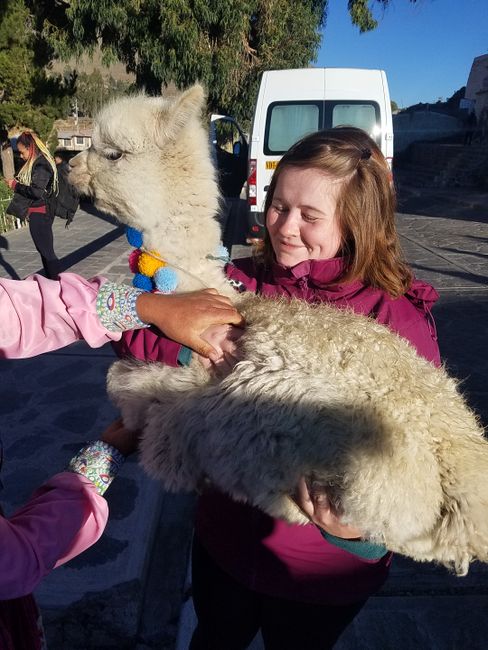
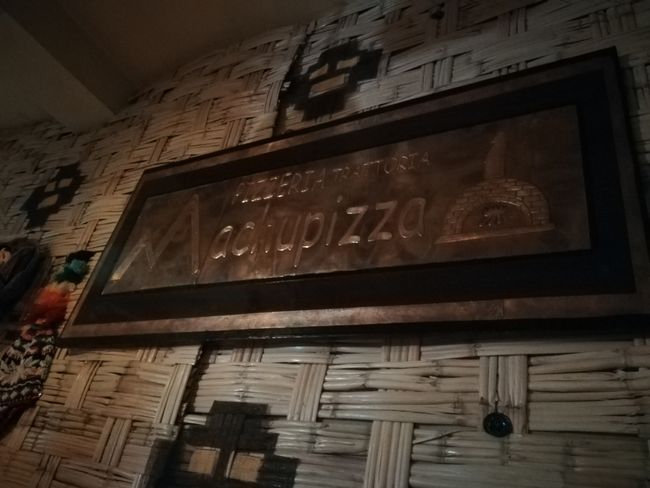
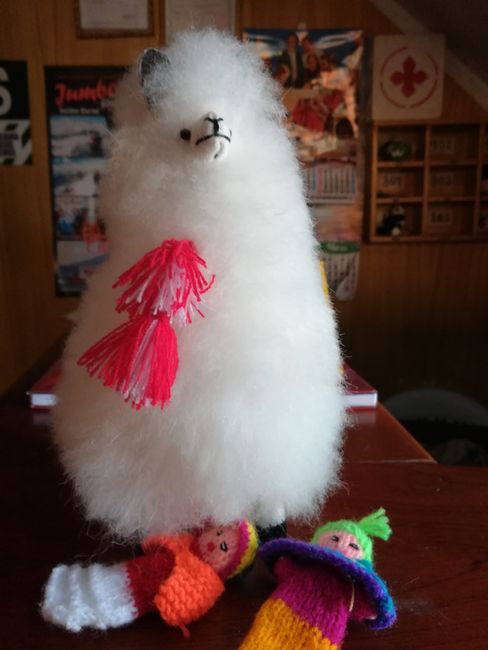
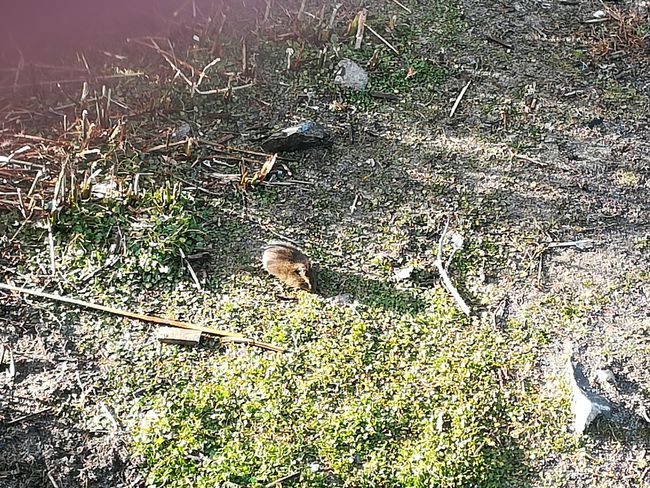
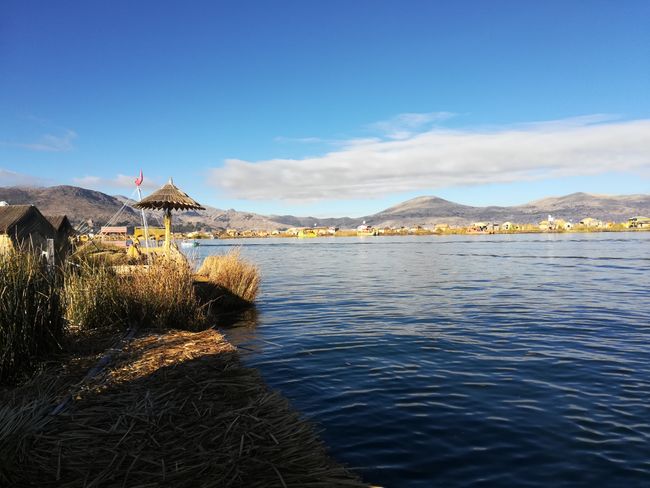
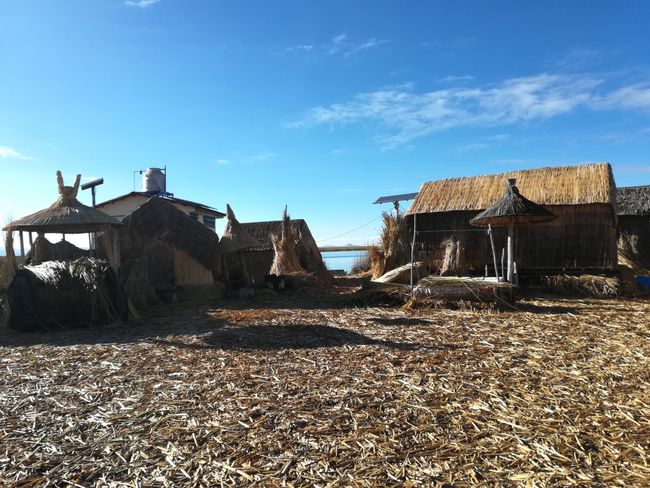
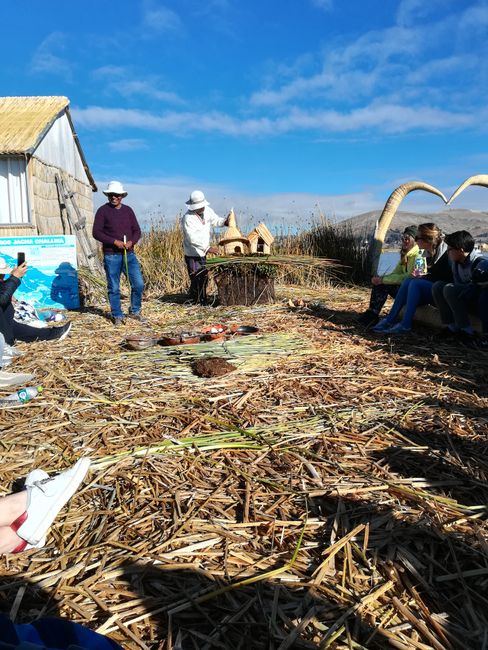
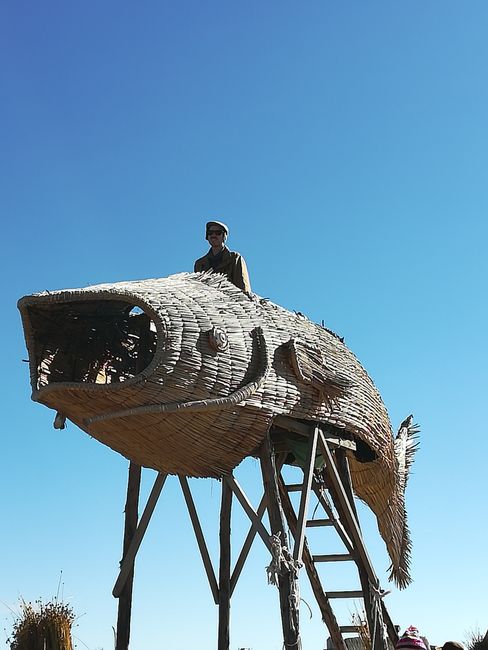
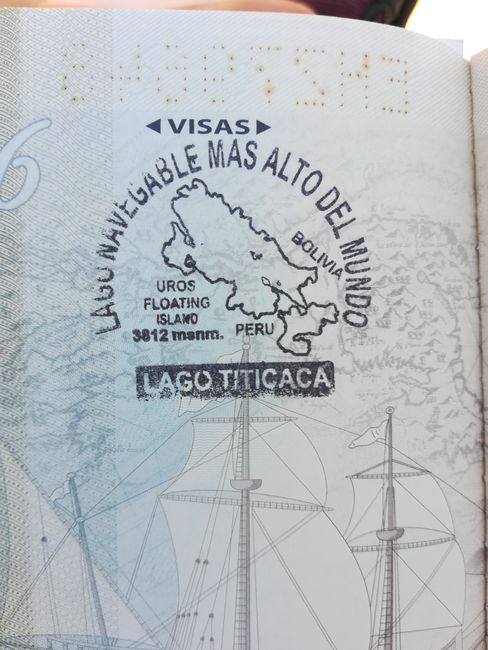
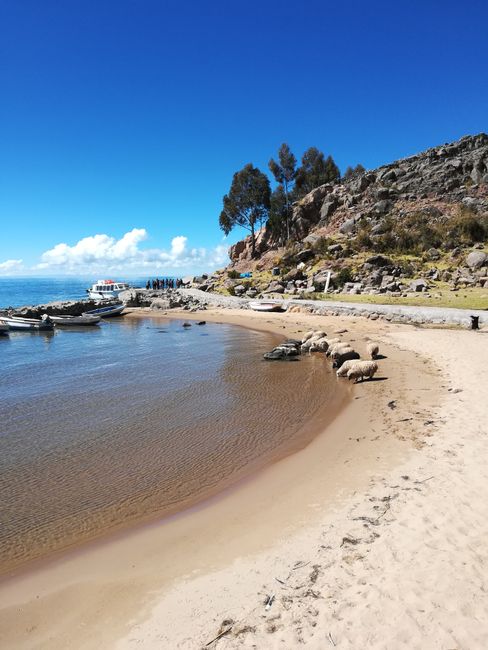
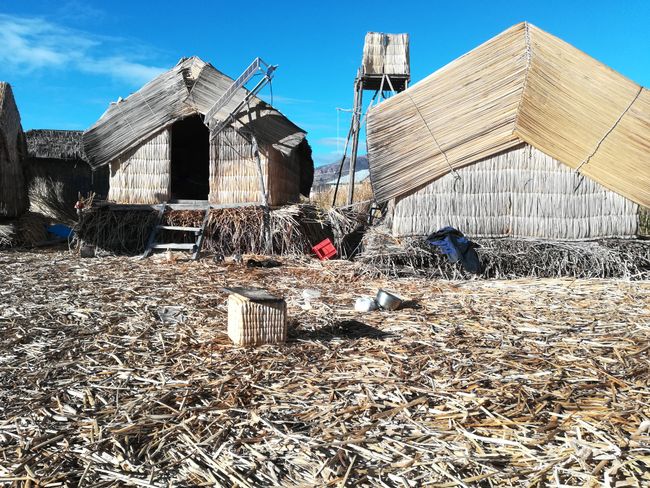
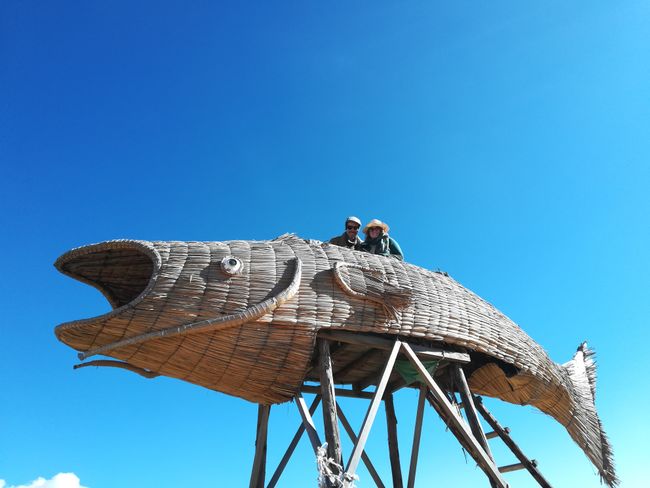
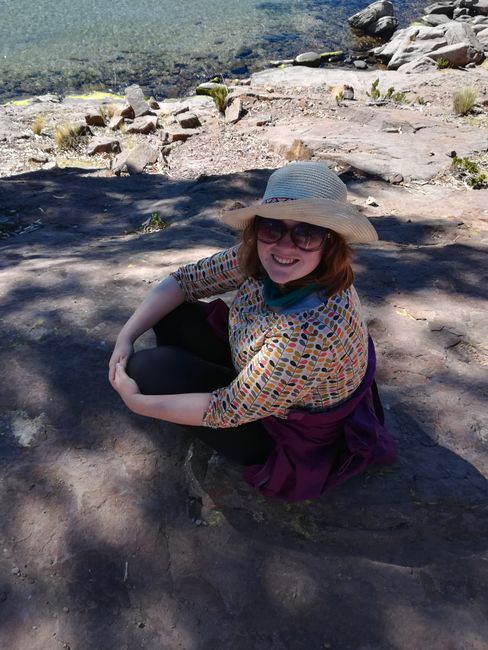
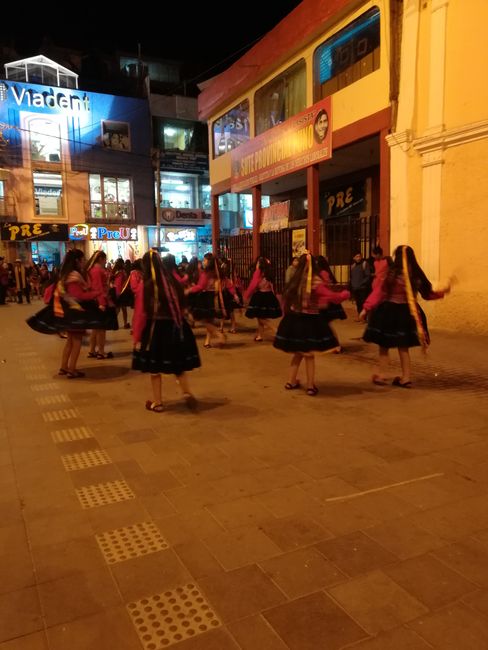
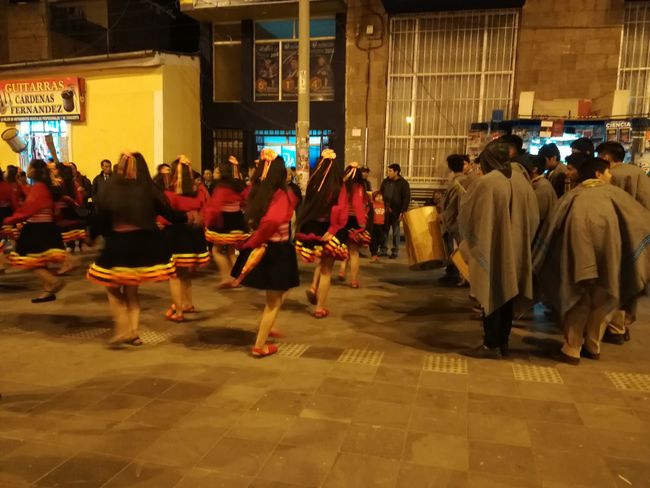
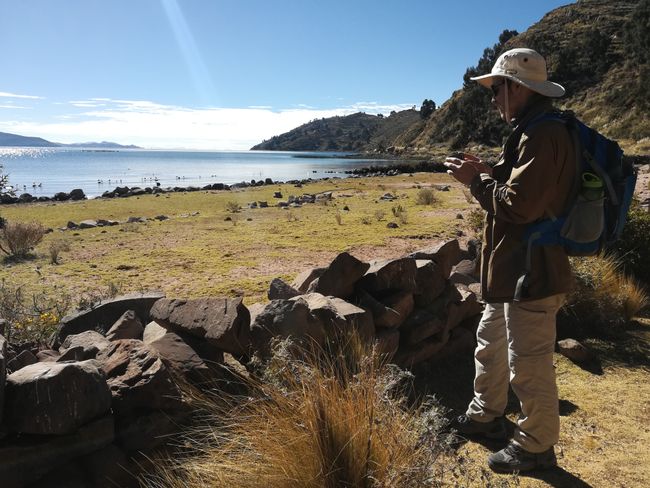
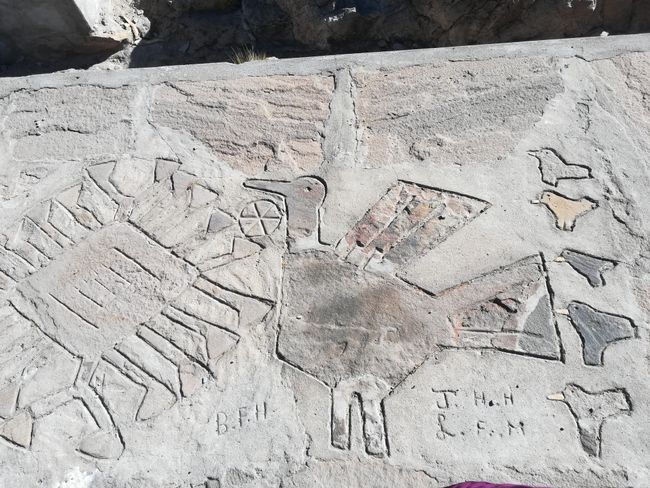
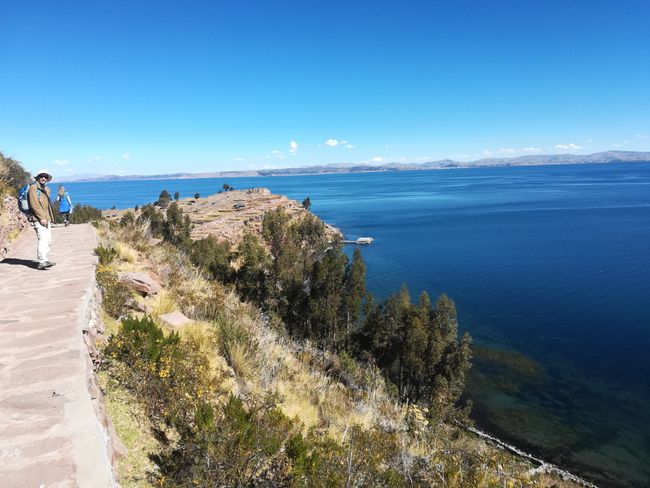
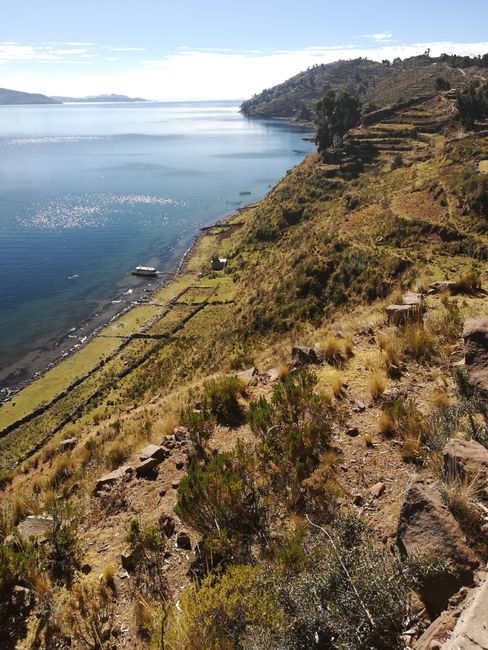
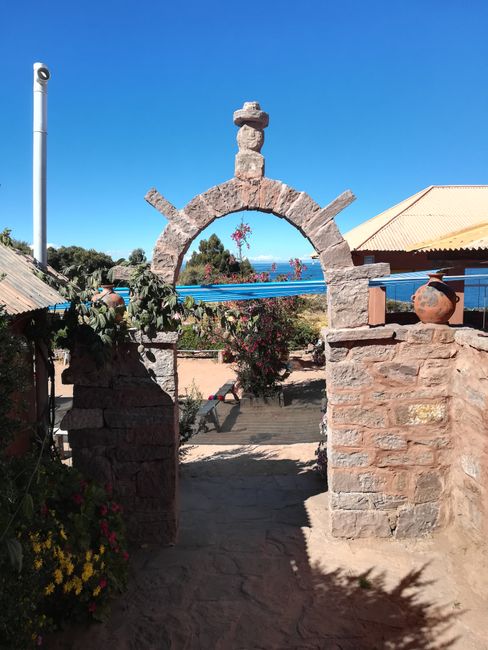
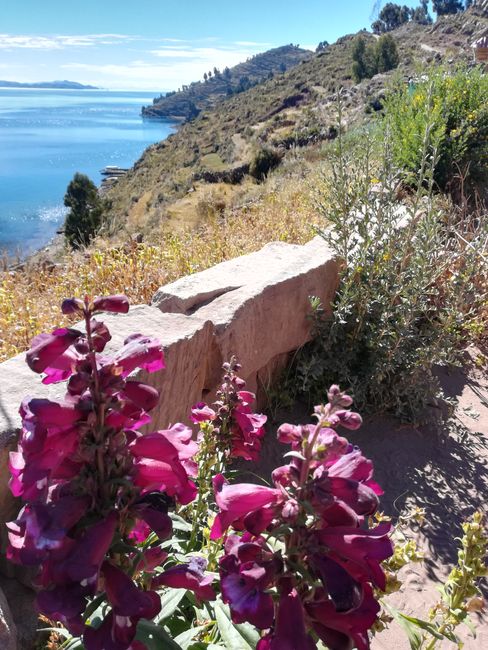
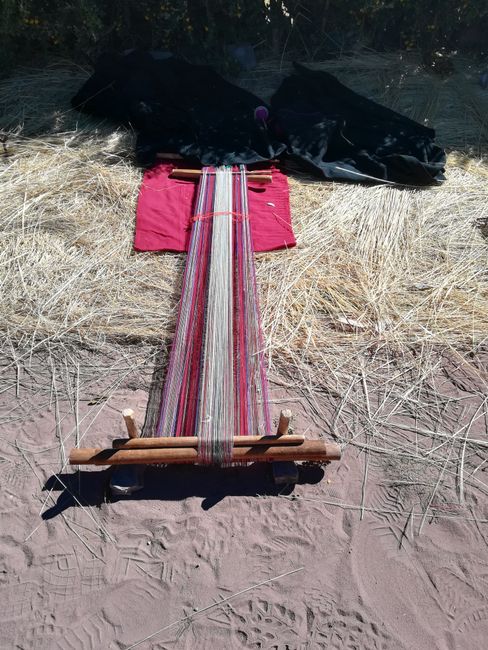
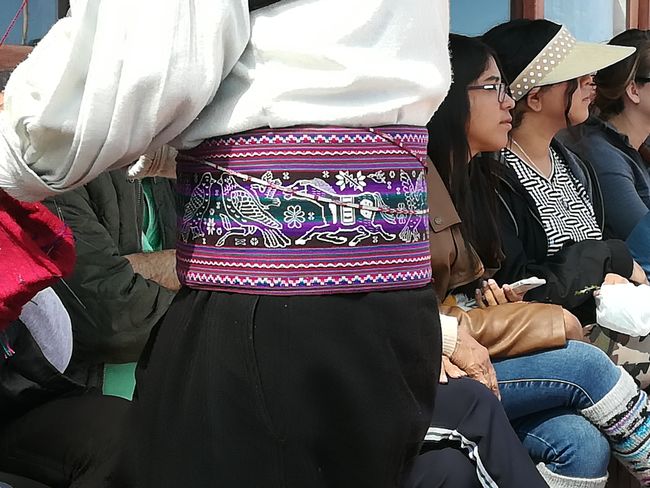
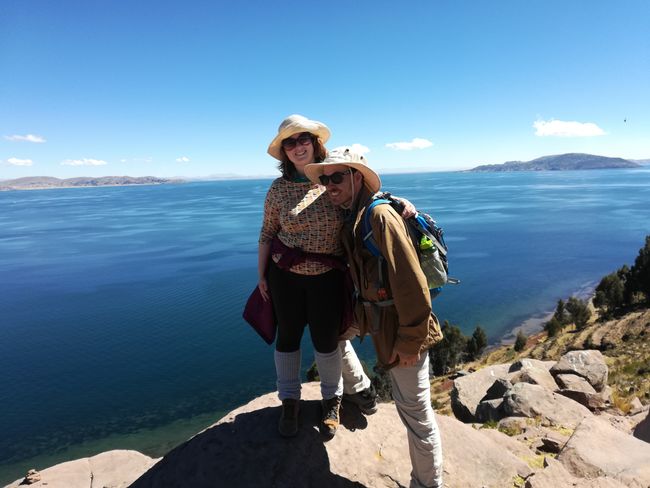
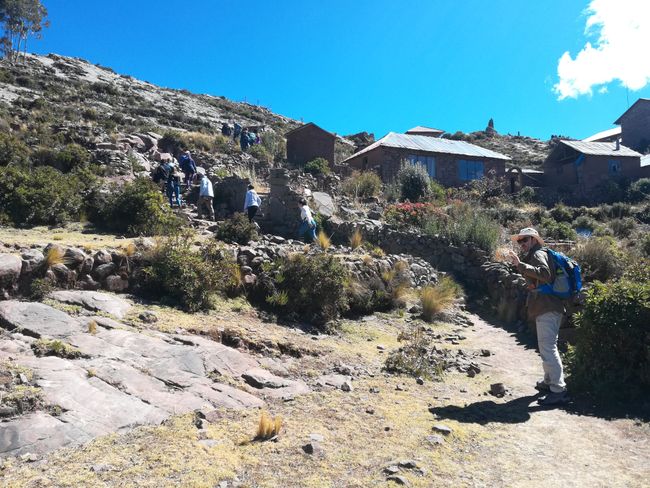
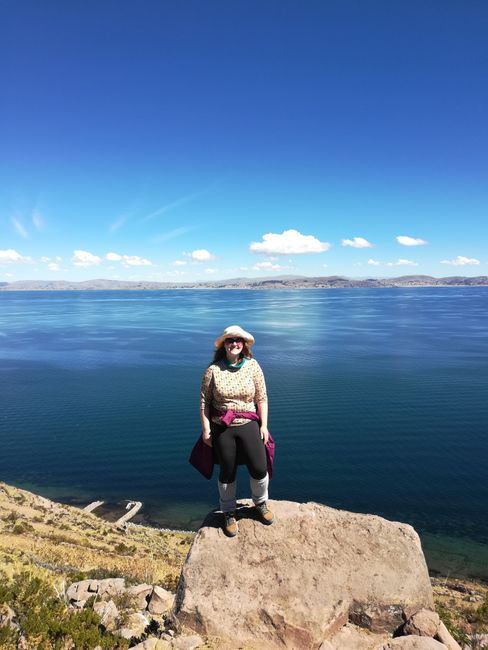
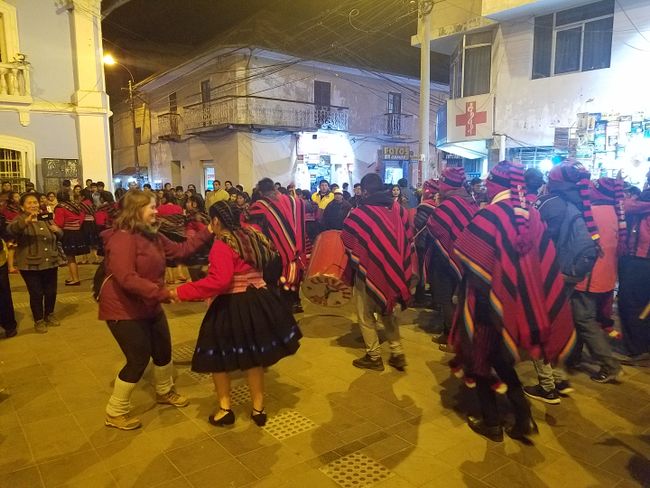
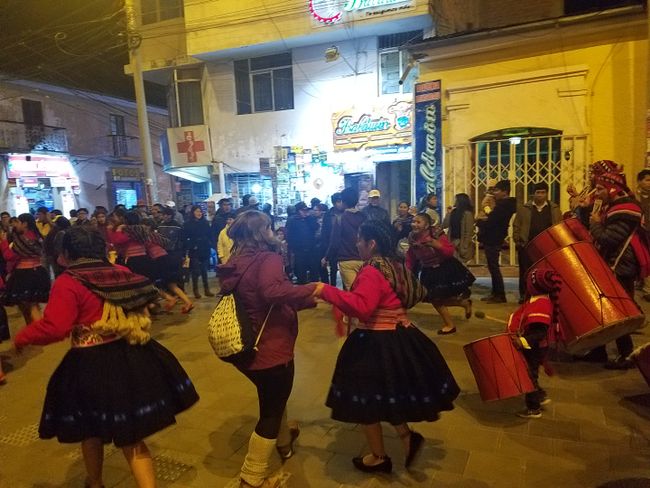
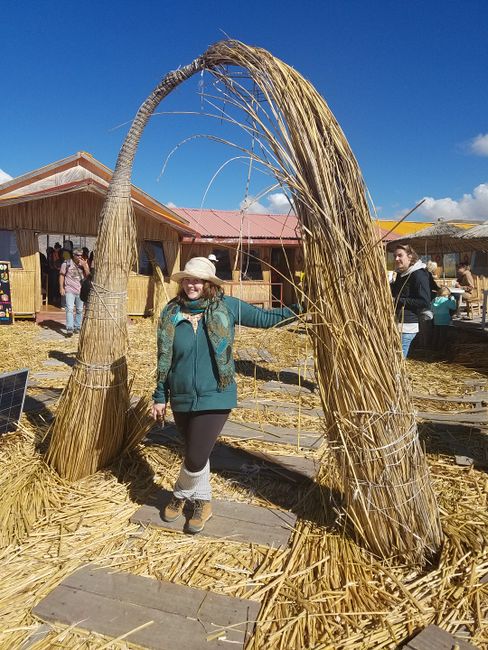
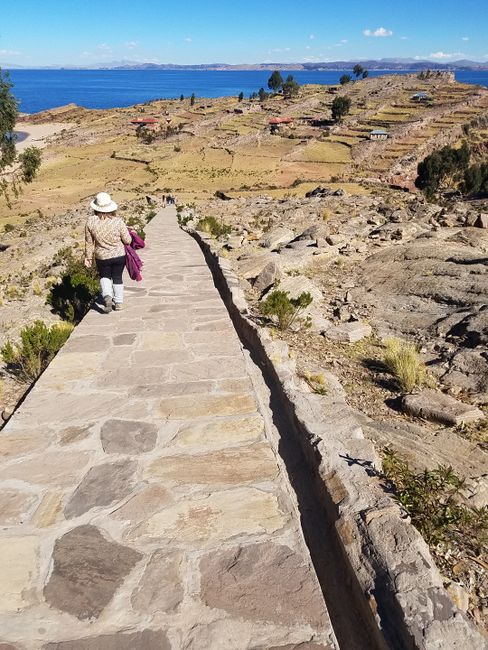
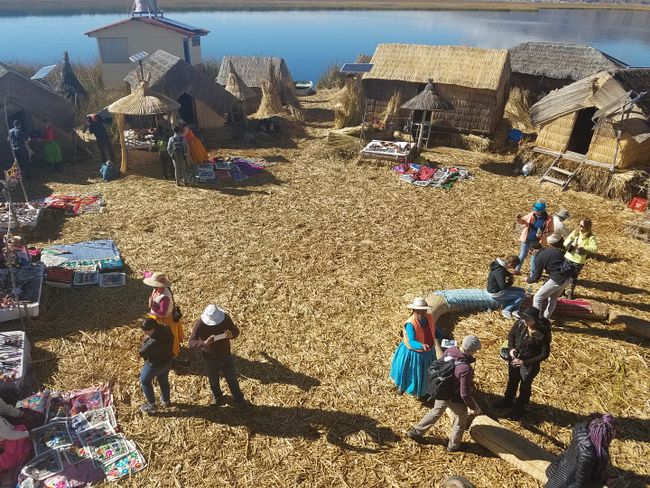
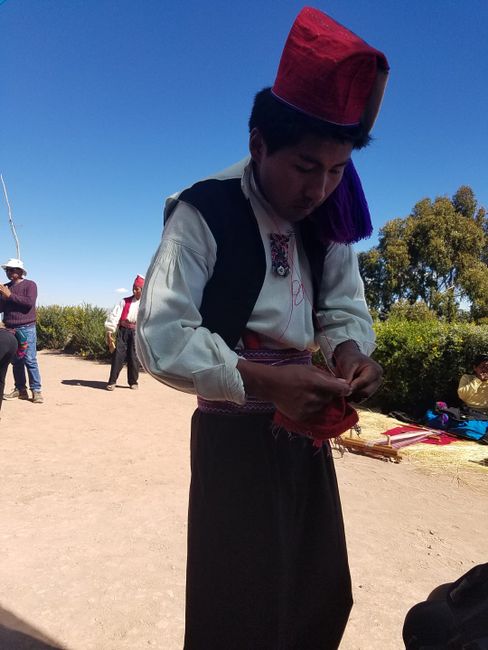
ਨਿਊਜ਼ਲੈਟਰ ਦੀ ਗਾਹਕੀ ਲਓ
... or the Trinity of the Quechuas. The condor for the sky, the jaguar for the earth, and the snake for the underworld. Not that anyone wonders. In the past 3 weeks, I have learned that only the Inca kings were called by that name, while the population and the language were Quechua. So, there you have it: Terry and I were in Peru.

I would describe Peru like this: where there is a lot of water, there is desert, and where there is less water, there is rainforest. The Atacama Desert lies on the Pacific, and the further east you go from the coast, the more lush and green it becomes.
Not that we did anything special, we did the typical 'gringo tour'. Lima - Paracas - Ica - Nazca - Arequipa - Puno - Cuzco - Lima. So, Peruvians tend to vacation in the north to avoid all the annoying tourists. Terry and I met at the Lima airport 3 weeks ago, as I had already spent a week in Bogota, to check out my new 'home' for the next few months.
Trying to go on vacation usually turns out different than expected, but I didn't expect us to not find the place where our couchsurfer was supposed to pick us up from the airport. She even drew us a map, but she didn't know that a gate was open which is usually closed. Oh man. I felt a little sorry for her, it was 1am and when we finally found her, she was in her pajamas and looked a little exhausted.
Well, looking back, I don't even know how we would have managed in Lima without Lorena.
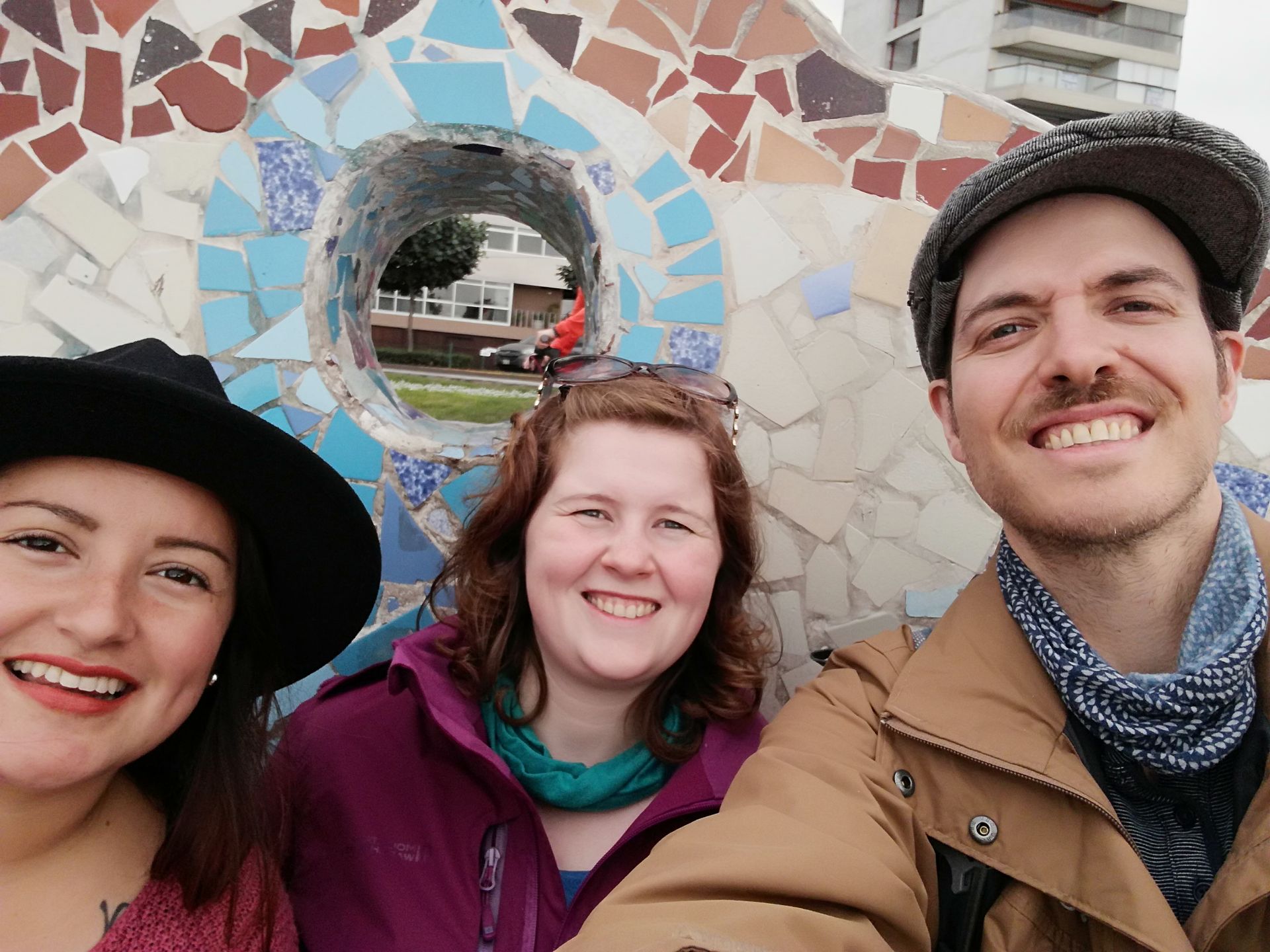
All the collectivos were driving all over the place, millions of taxis, and 'real' buses. You have to know where the bus stops and when it leaves, because it's not written ANYWHERE. Not that we could read it, as my Spanish only extends to asking where the toilet is, and Terry can only say 'Hola'. Lorena was definitely a big help, she showed us the city center, got us a SIM card, and even showed us the best market to buy souvenirs. Terry even left some stuff with her that we picked up in Lima at the end. Nevertheless, I have to say that Lima was only beautiful because of Lorena. Okay, maybe also this:
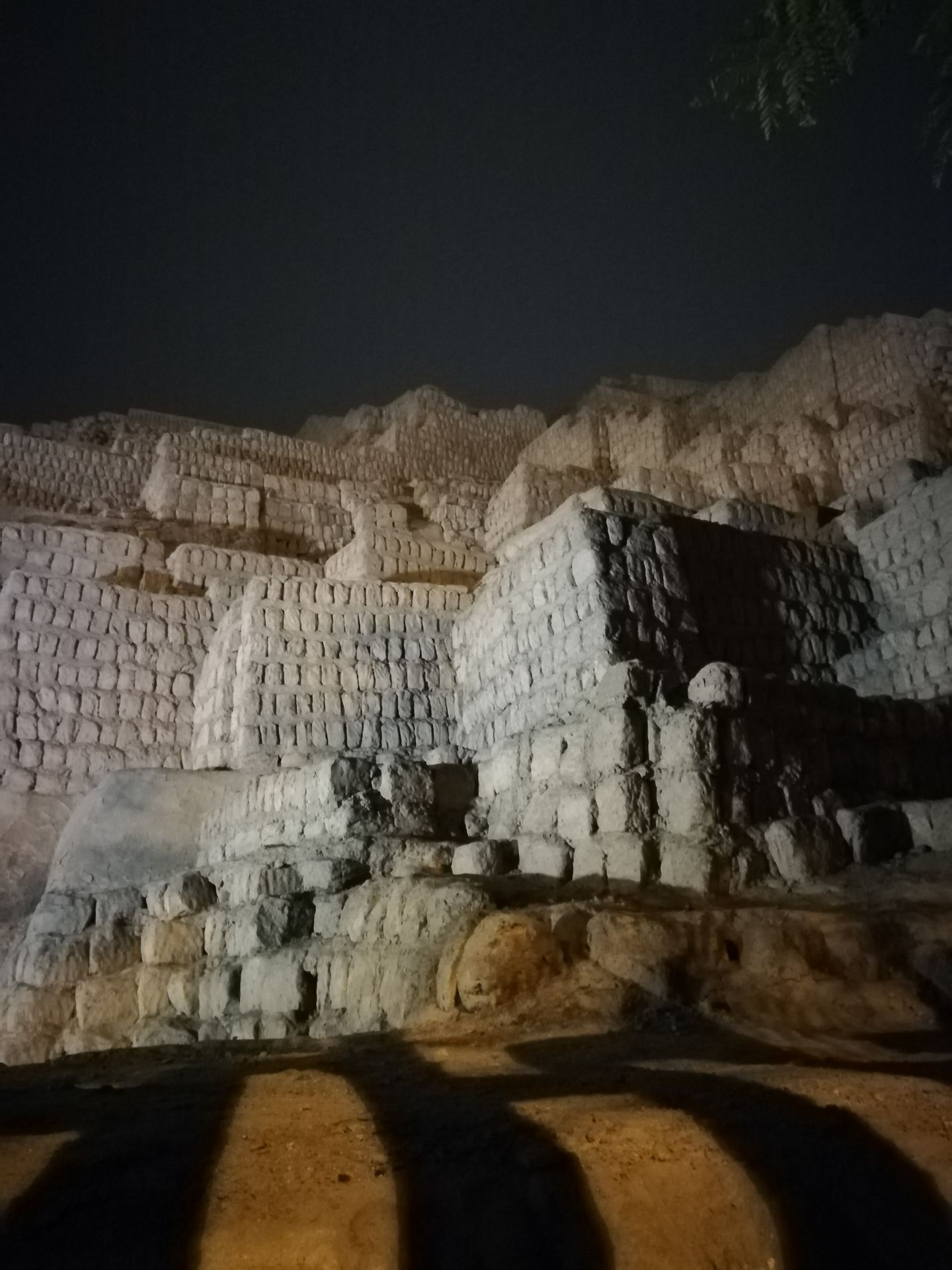

This is Huaca Pucllana, a pyramid that was only discovered 40 years ago because it used to look like this:
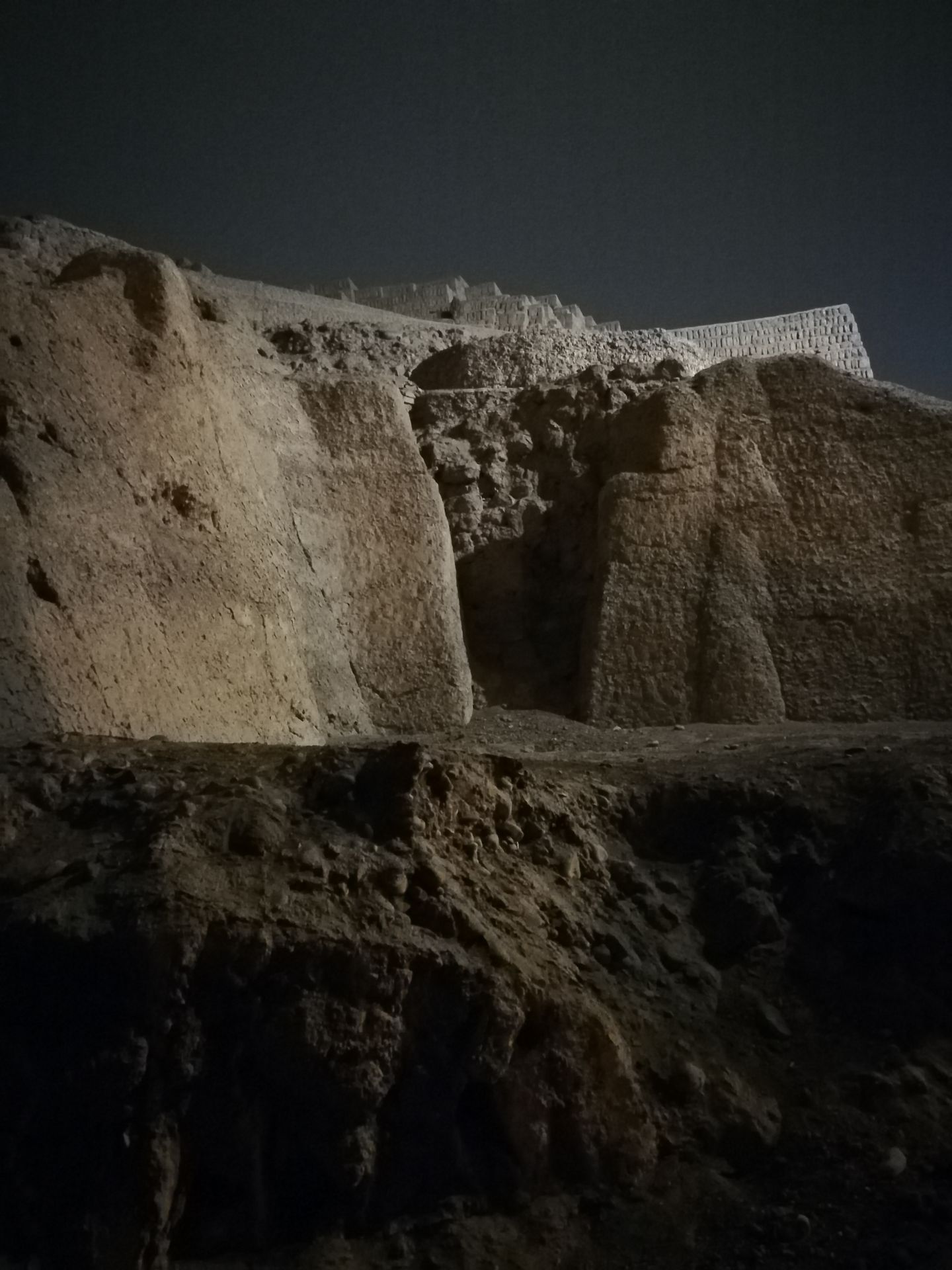
They thought it was a natural mound, and people even rode motorcycles (!!!) on it. That's why the pyramid is now only 26 meters high, instead of over 30 meters. Motorcycles!!! In the last 30 years, about half of the pyramid has been restored and excavated, and it will probably take another 30 years to completely uncover the pyramid.
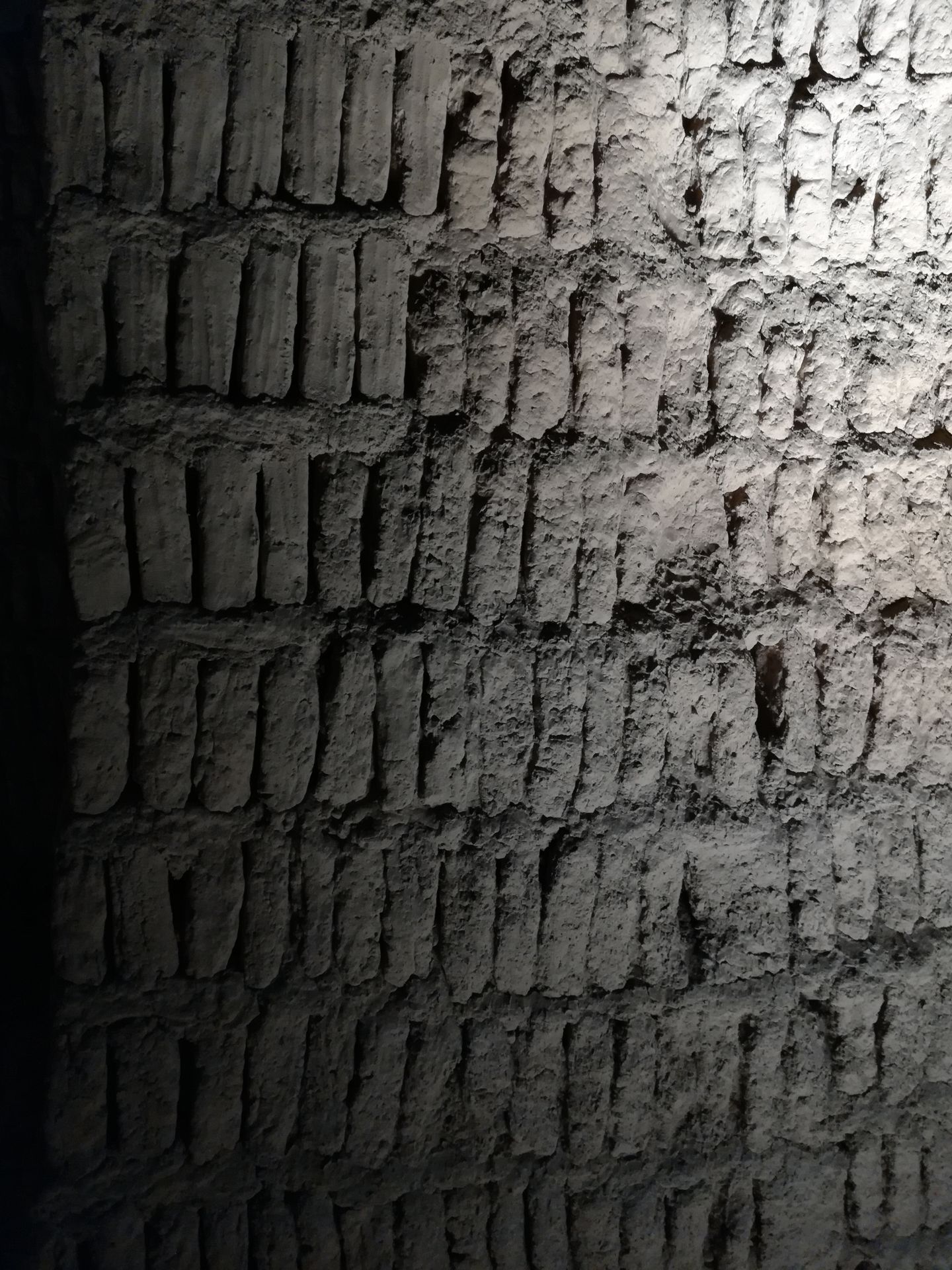
The stones are intentionally placed like books on a shelf, as the people who built the pyramid between 200 and 700 AD knew that the structure would resonate during the many earthquakes that Lima experiences.

The night tour is highly recommended, even though you're not allowed to go to the top of the pyramid. That is currently only allowed during the day.
Otherwise, I found Lima to be gray, dusty, and dirty, and I was very happy when we took the bus to Paracas.
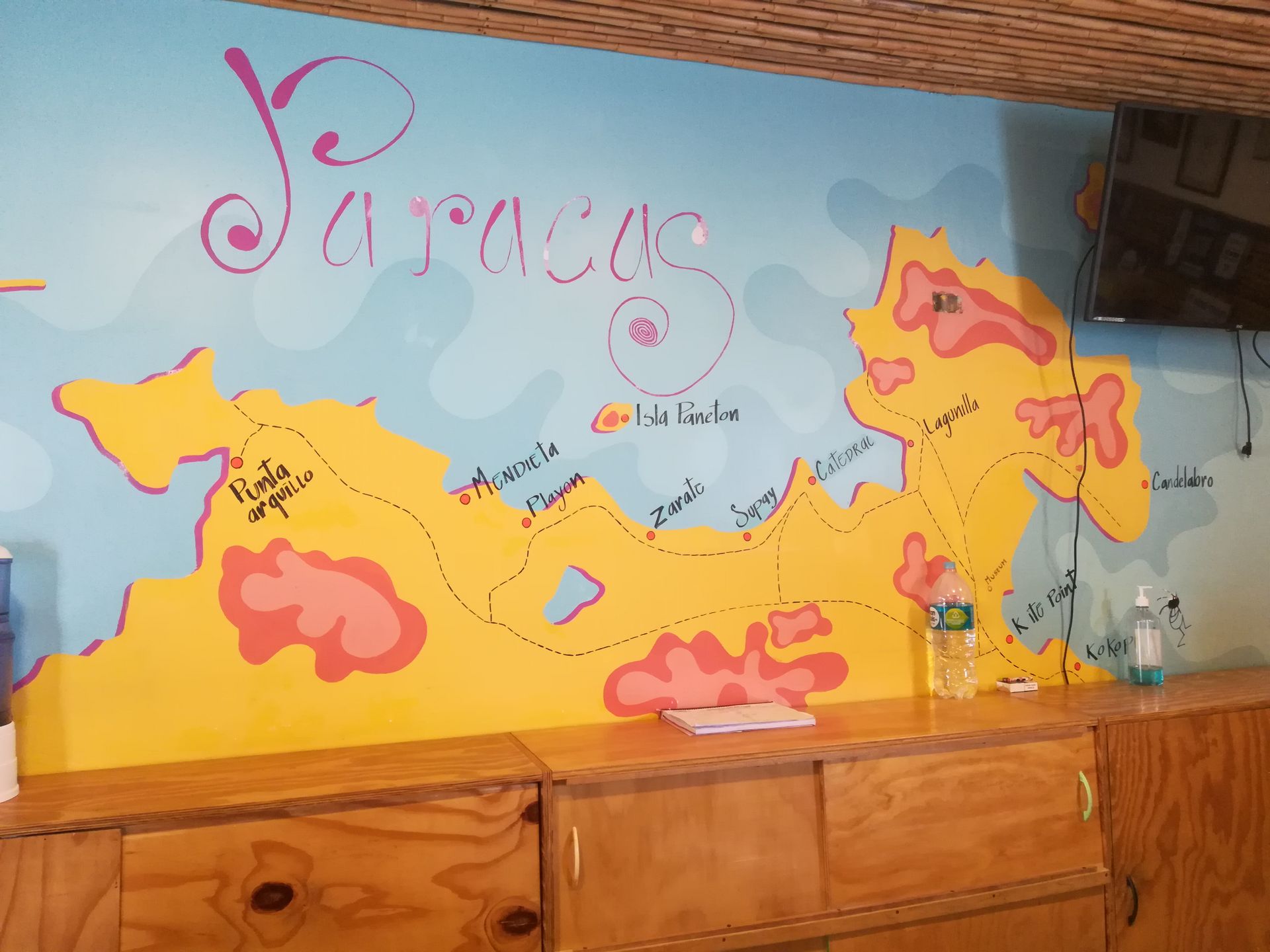

Paracas is a beautiful, small, sunny town full of backpackers and seafood restaurants. Unfortunately, there is no time to see the small fishing boats and pelicans along the beach promenade, as you are constantly being invited to eat at all 200 fish restaurants at the same time.

Nevertheless, Paracas was a relief from Lima, and during a boat trip, we also got to know some of the marine and aerial inhabitants.


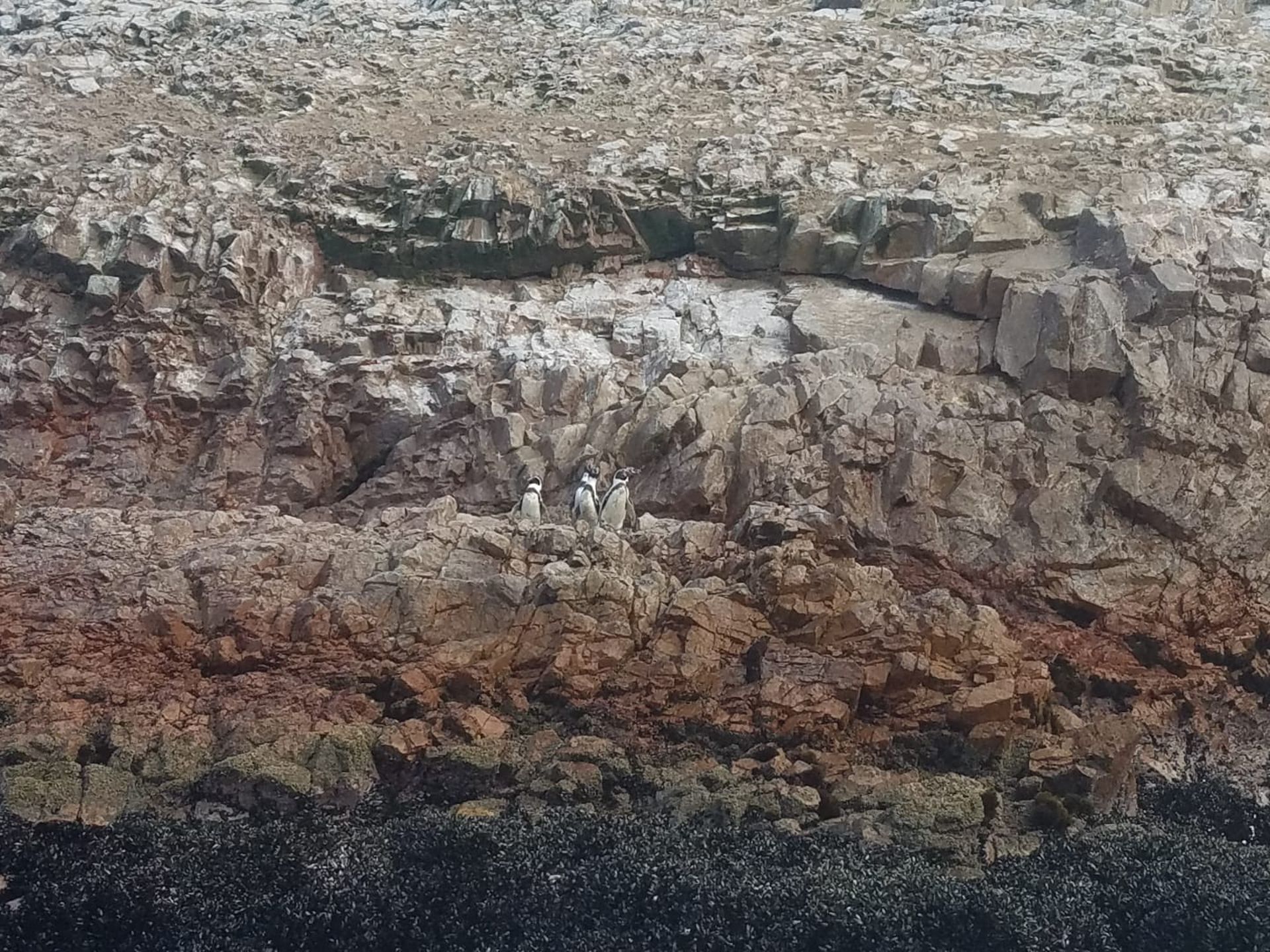
You have to look for the animals a bit ;)
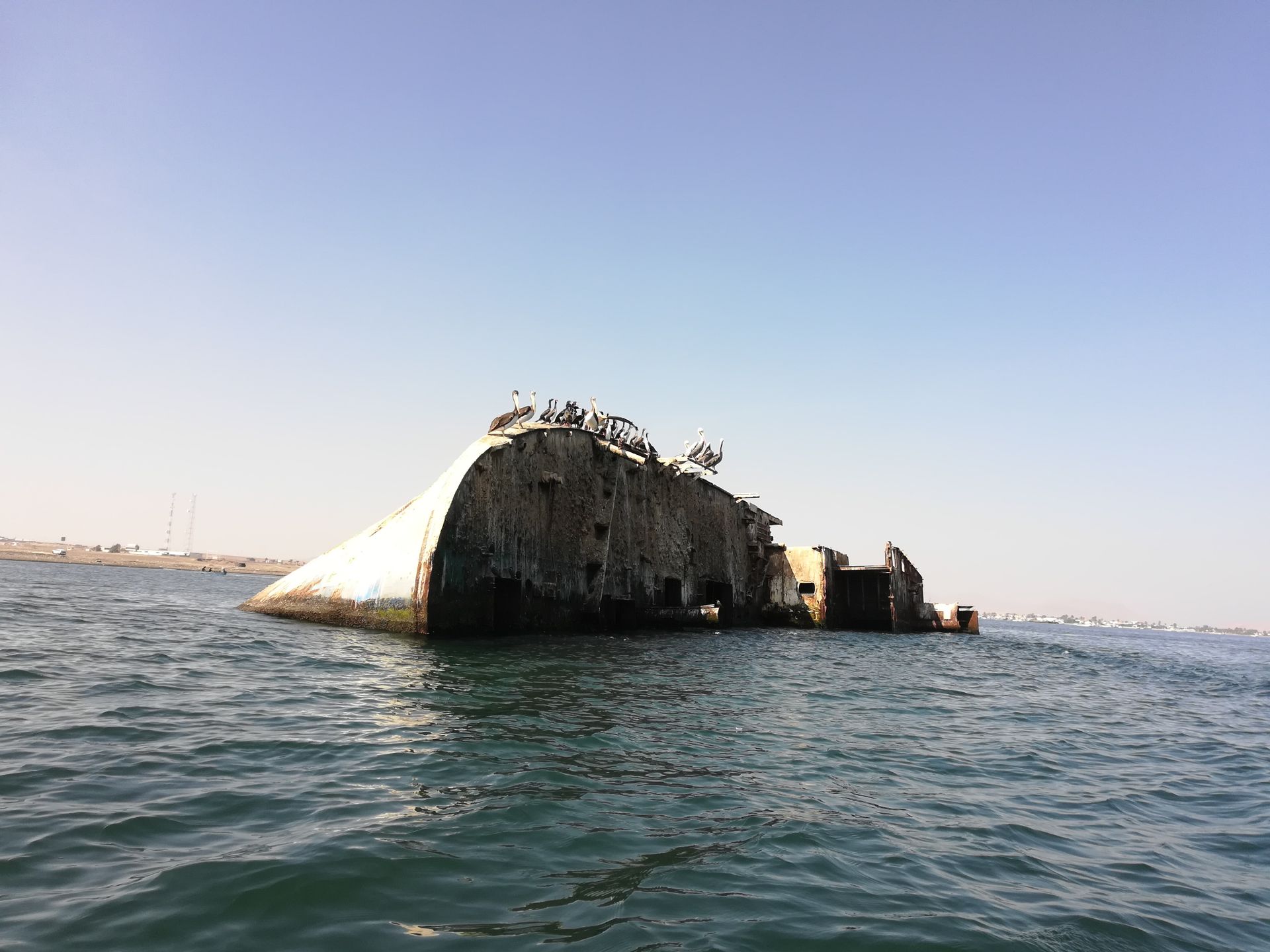
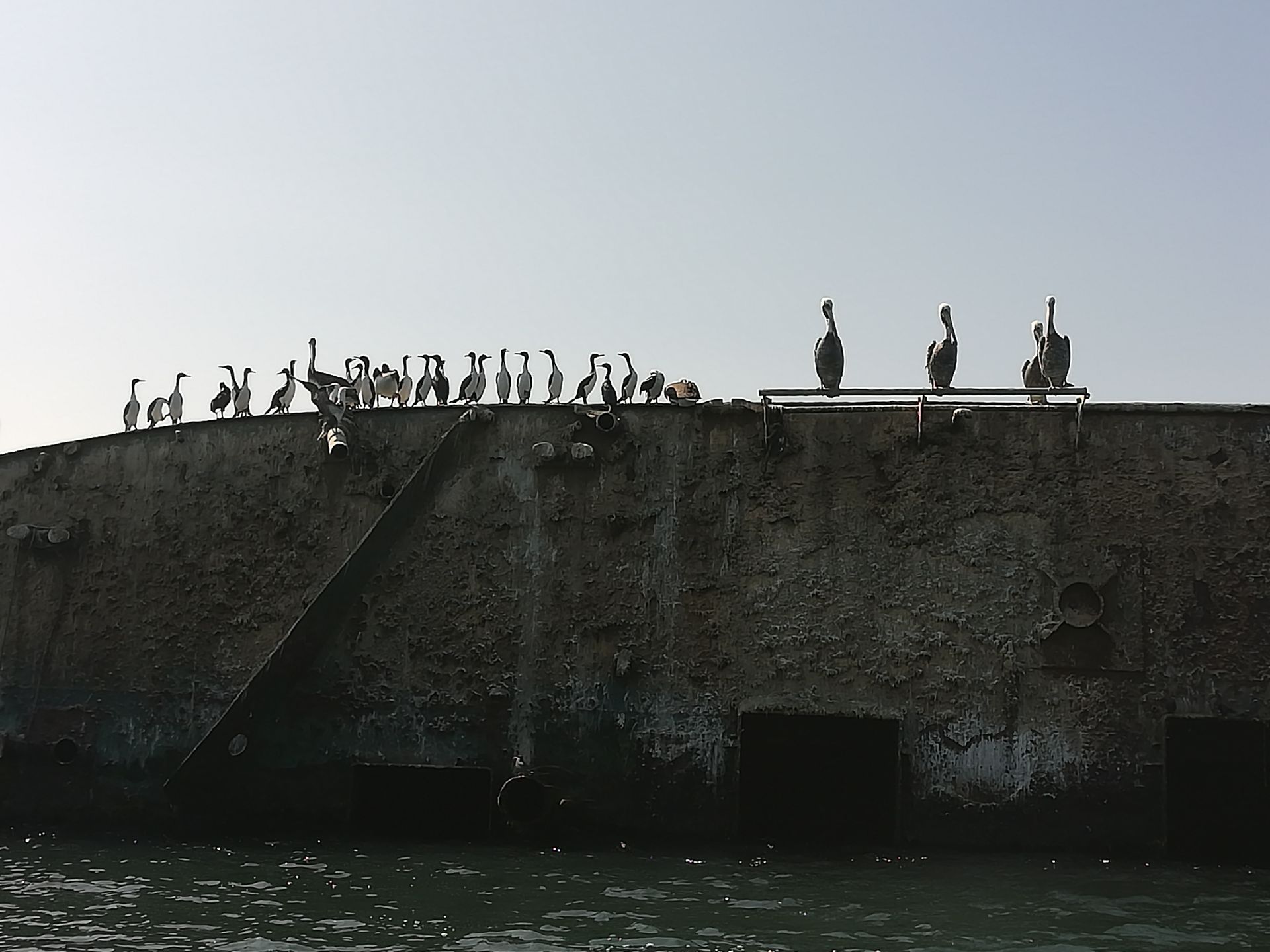
One of the most important exports besides fish is, by the way, bird droppings or, nicely put, 'guano'. We not only saw this export, but also smelled it very well.
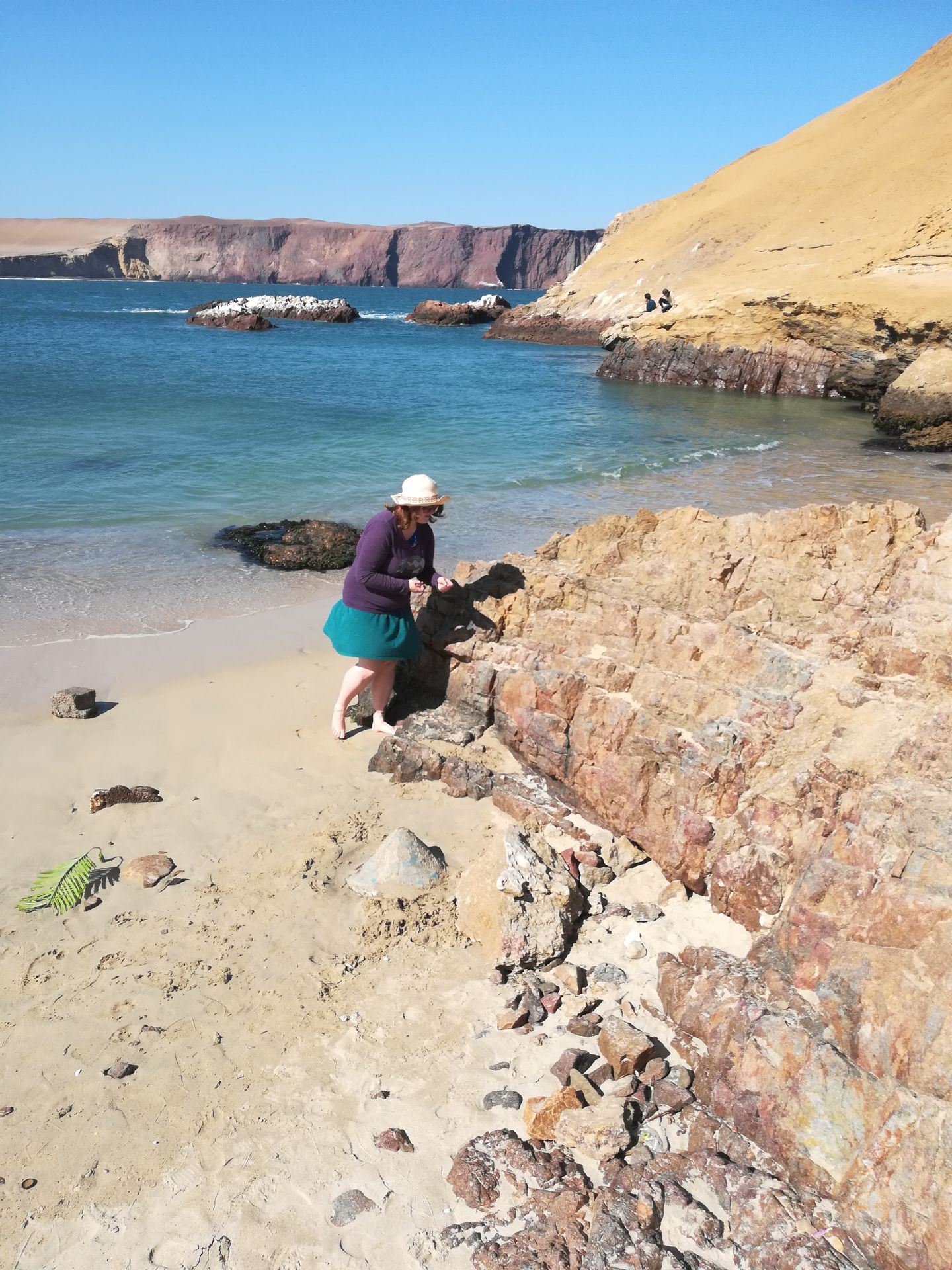
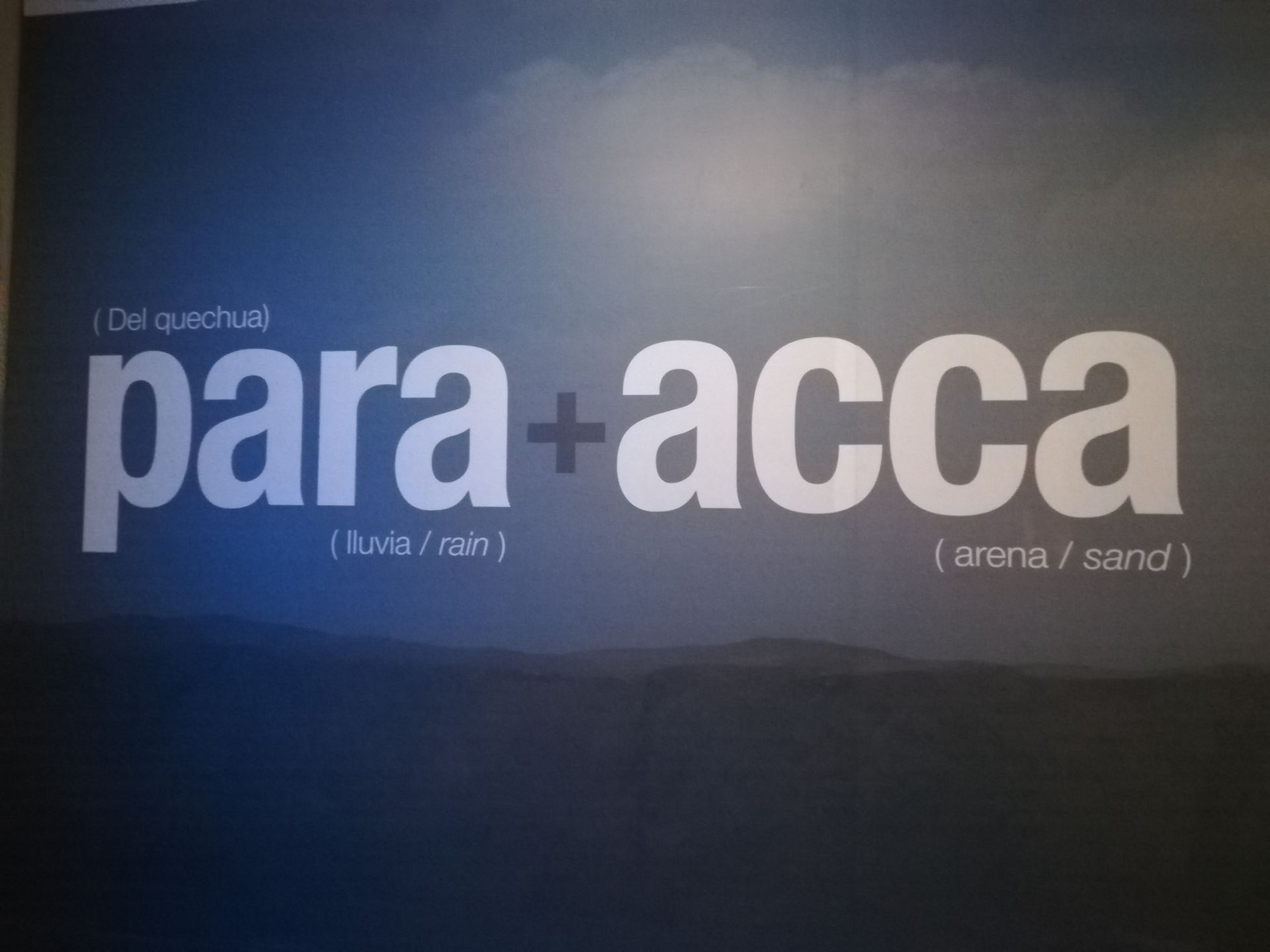
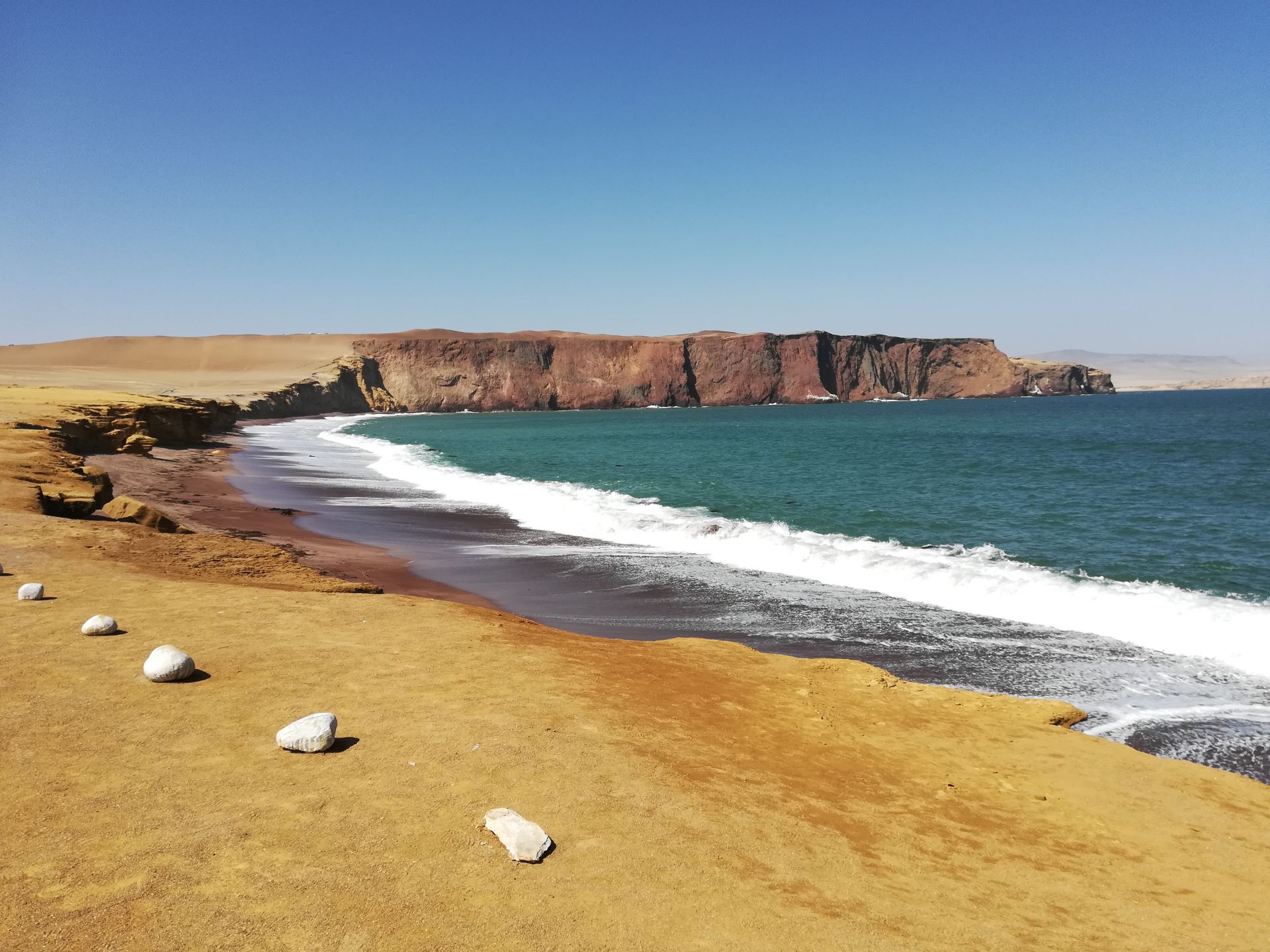
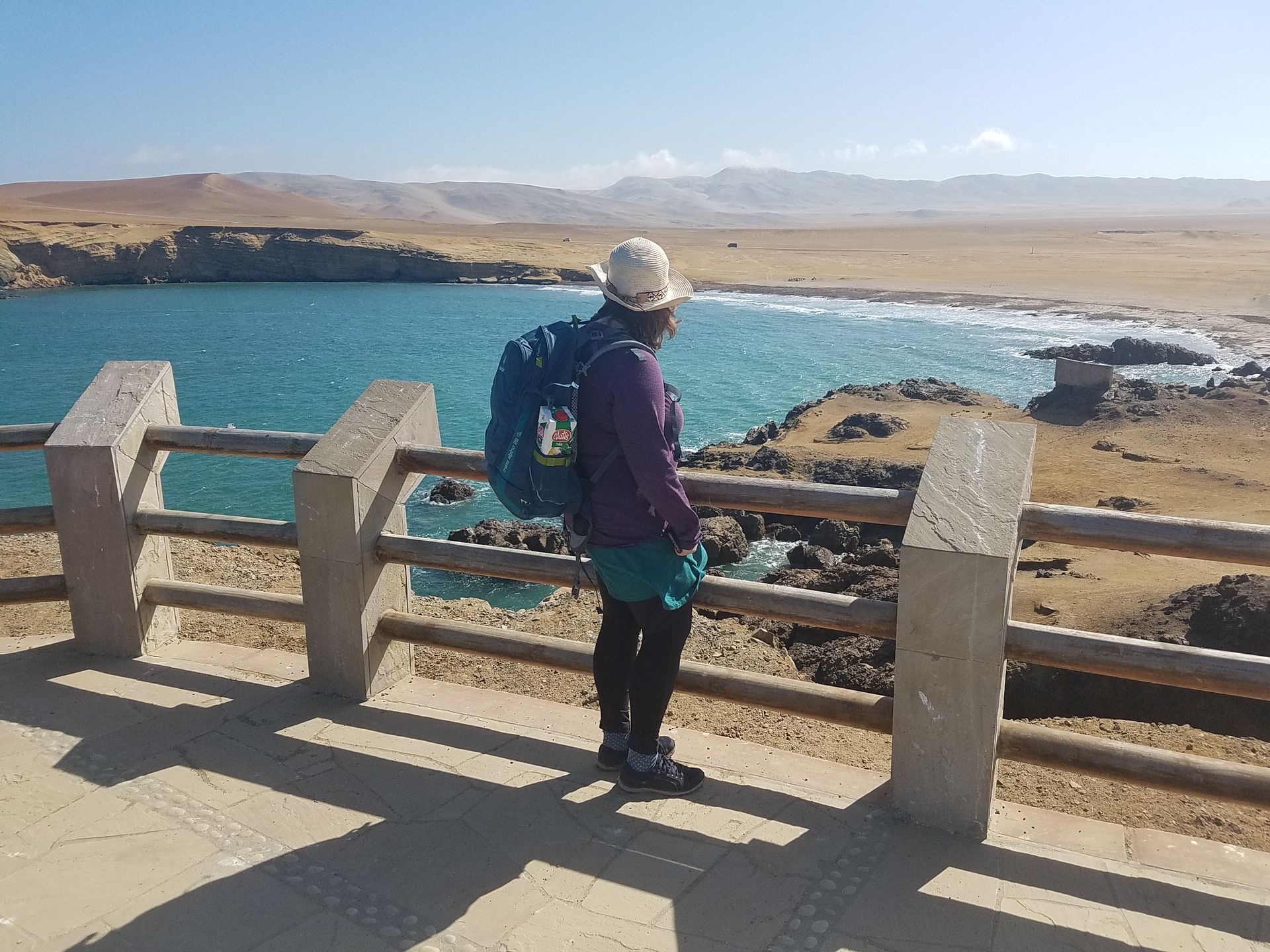
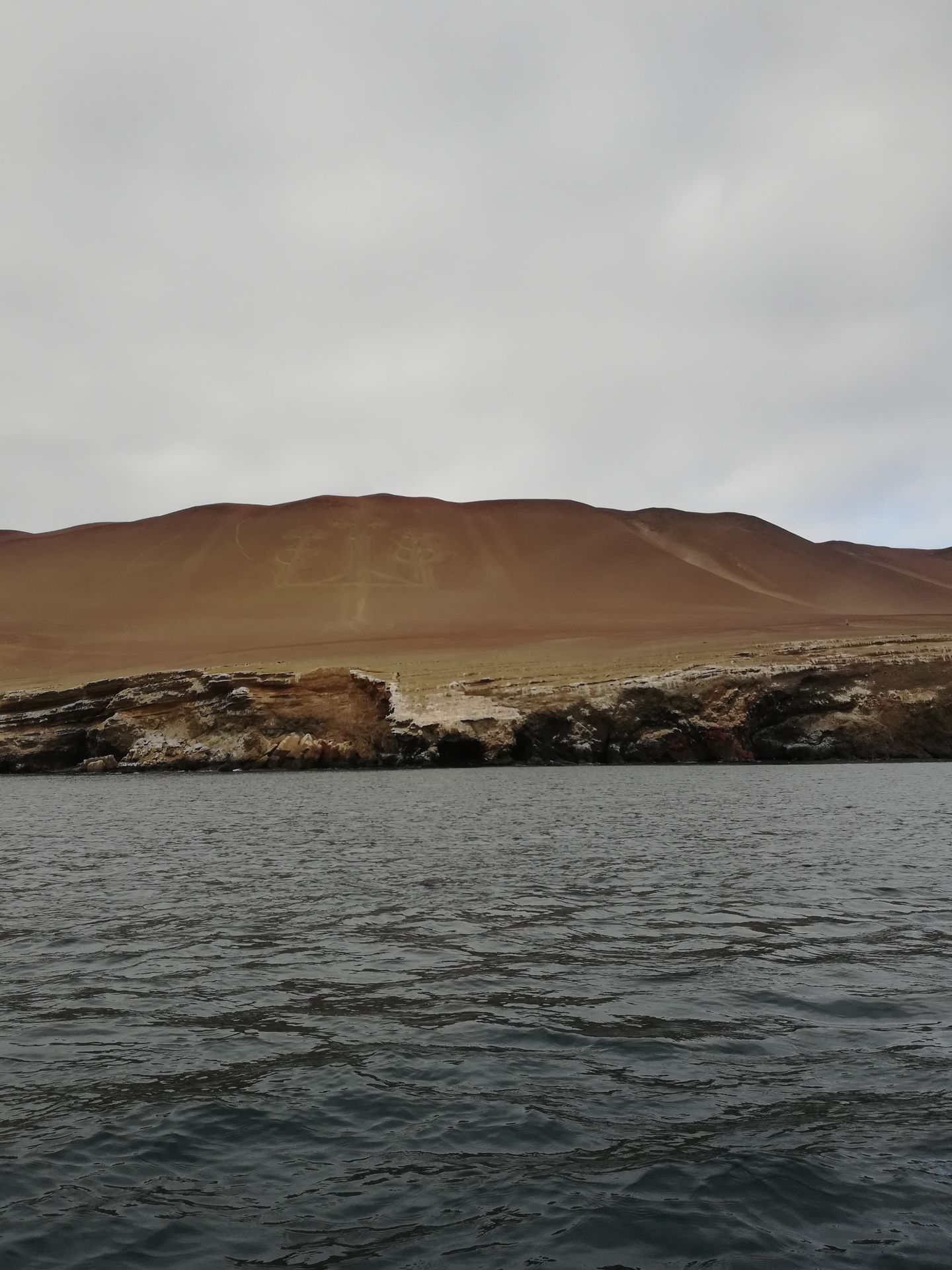
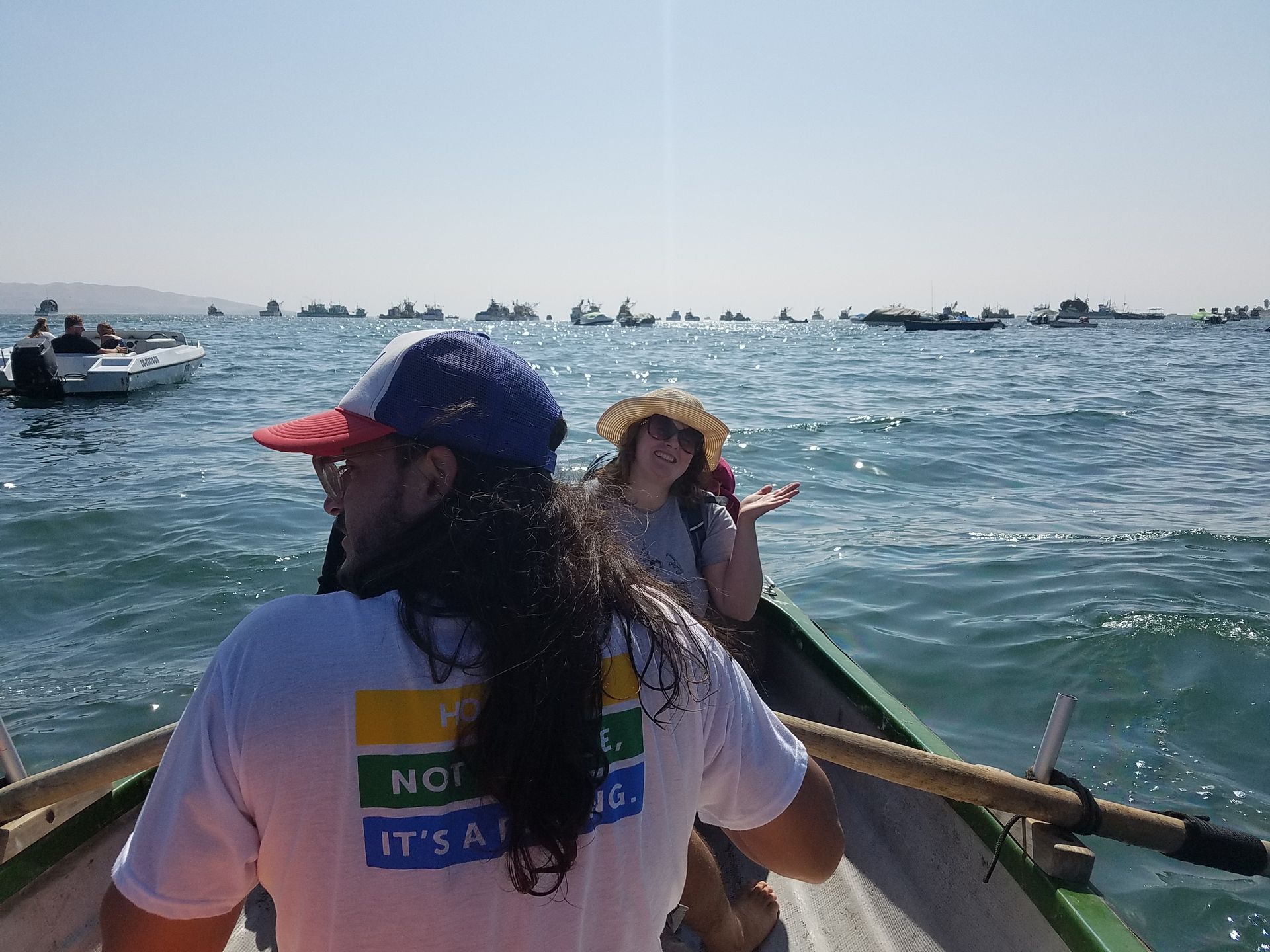
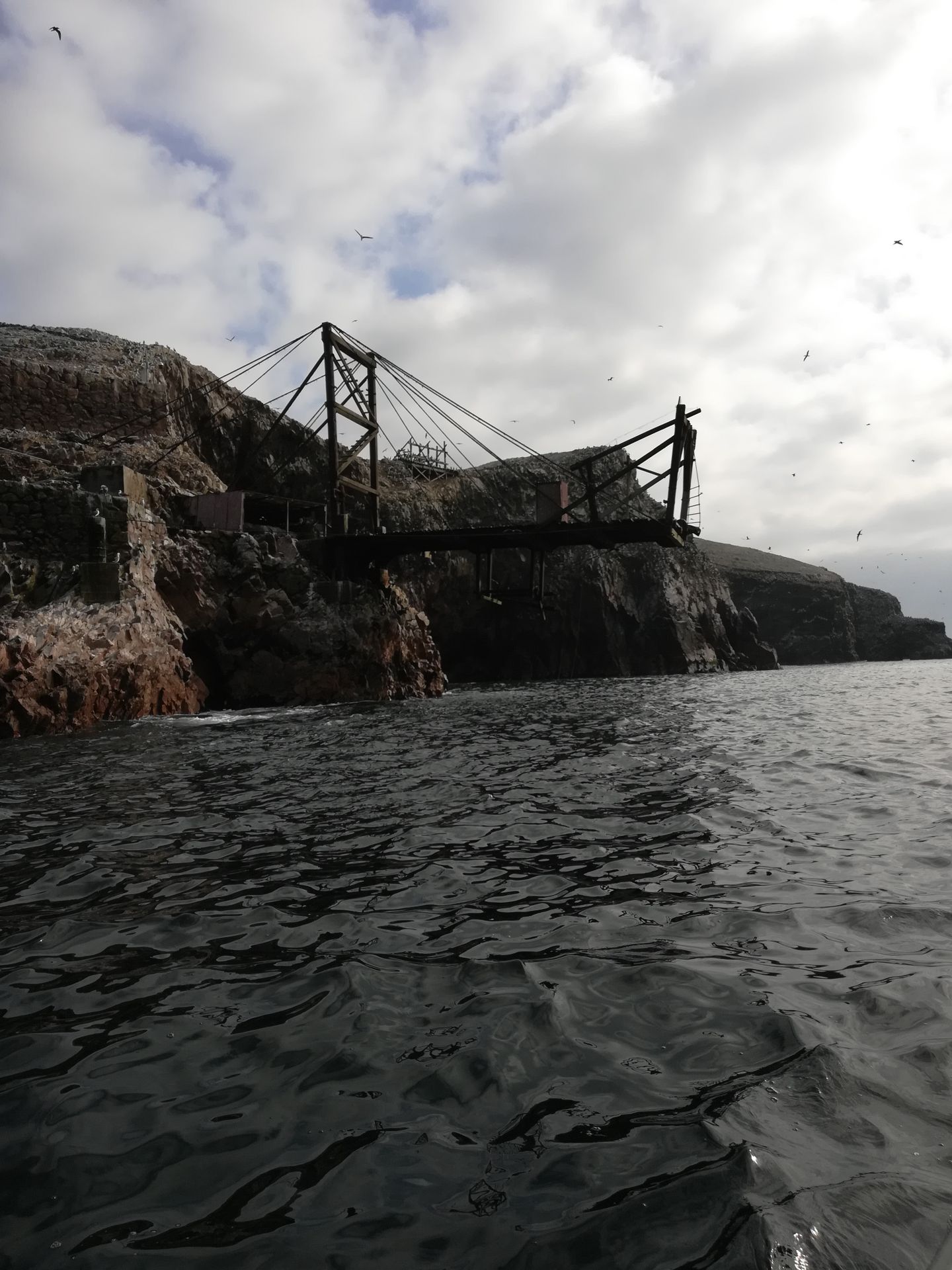
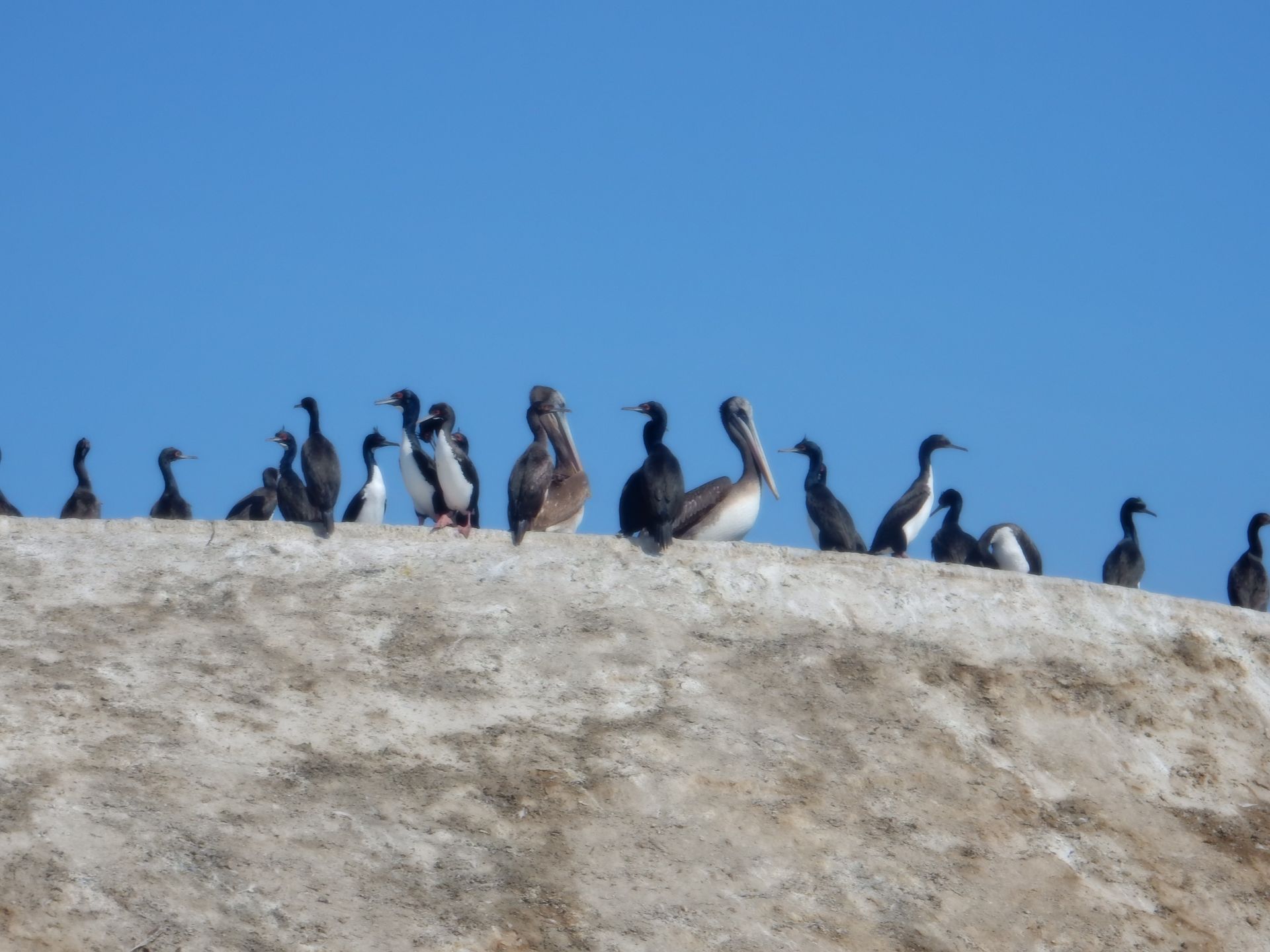
From Paracas, we accidentally took the bus to Ica. Ica is very uninteresting and feels like a big city that isn't. 280,000 people and 11,000 tuk-tuks live in Ica, all driving around confused and honking.
We quickly realized our mistake (not!) and quickly continued to Nazca. Since I didn't want to fly over the lines, we took a little tour and viewed some of the Nazca Lines from towers. My pictures are not super spectacular as a result, but still impressive.
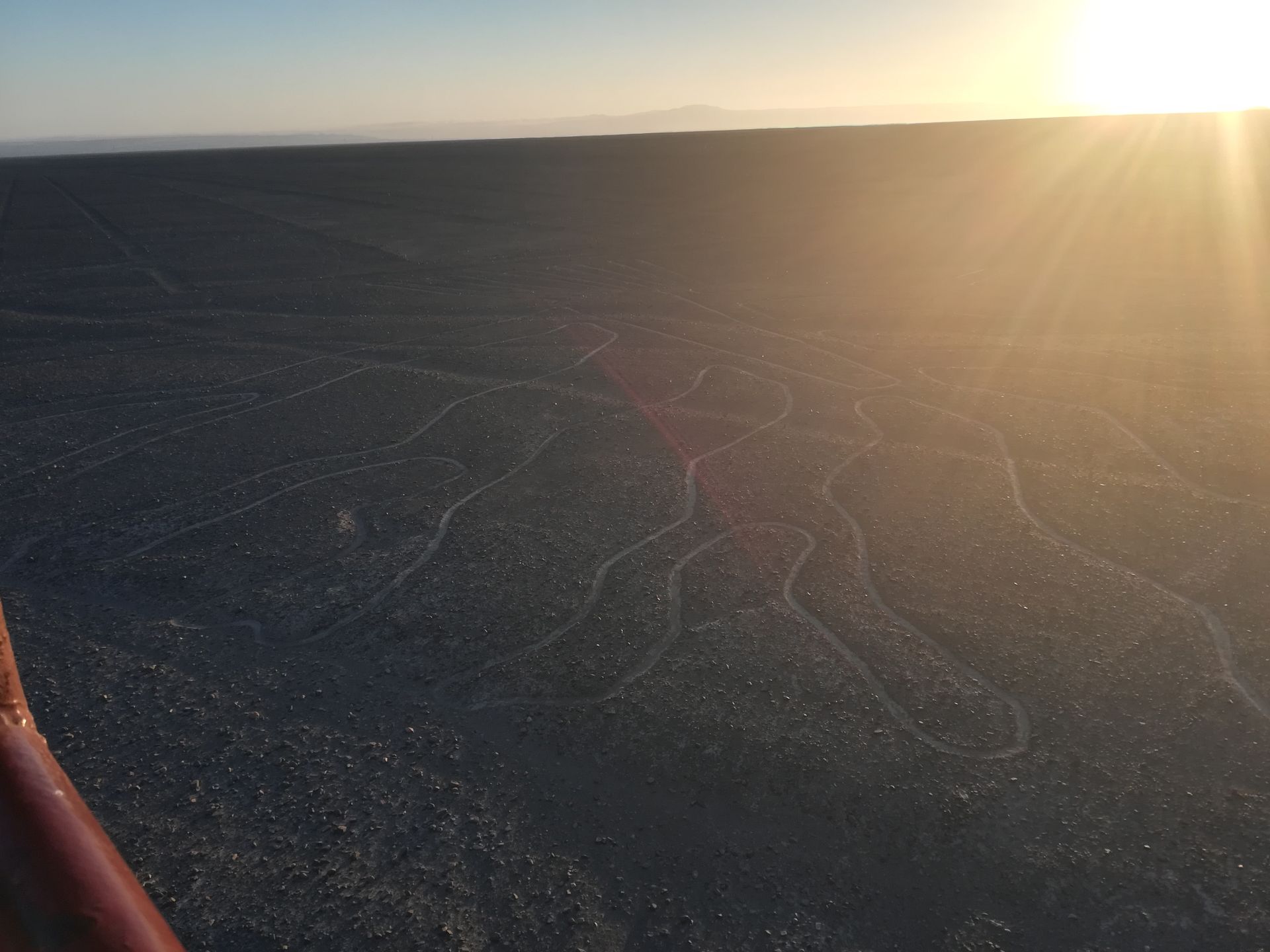

The tree

The hands

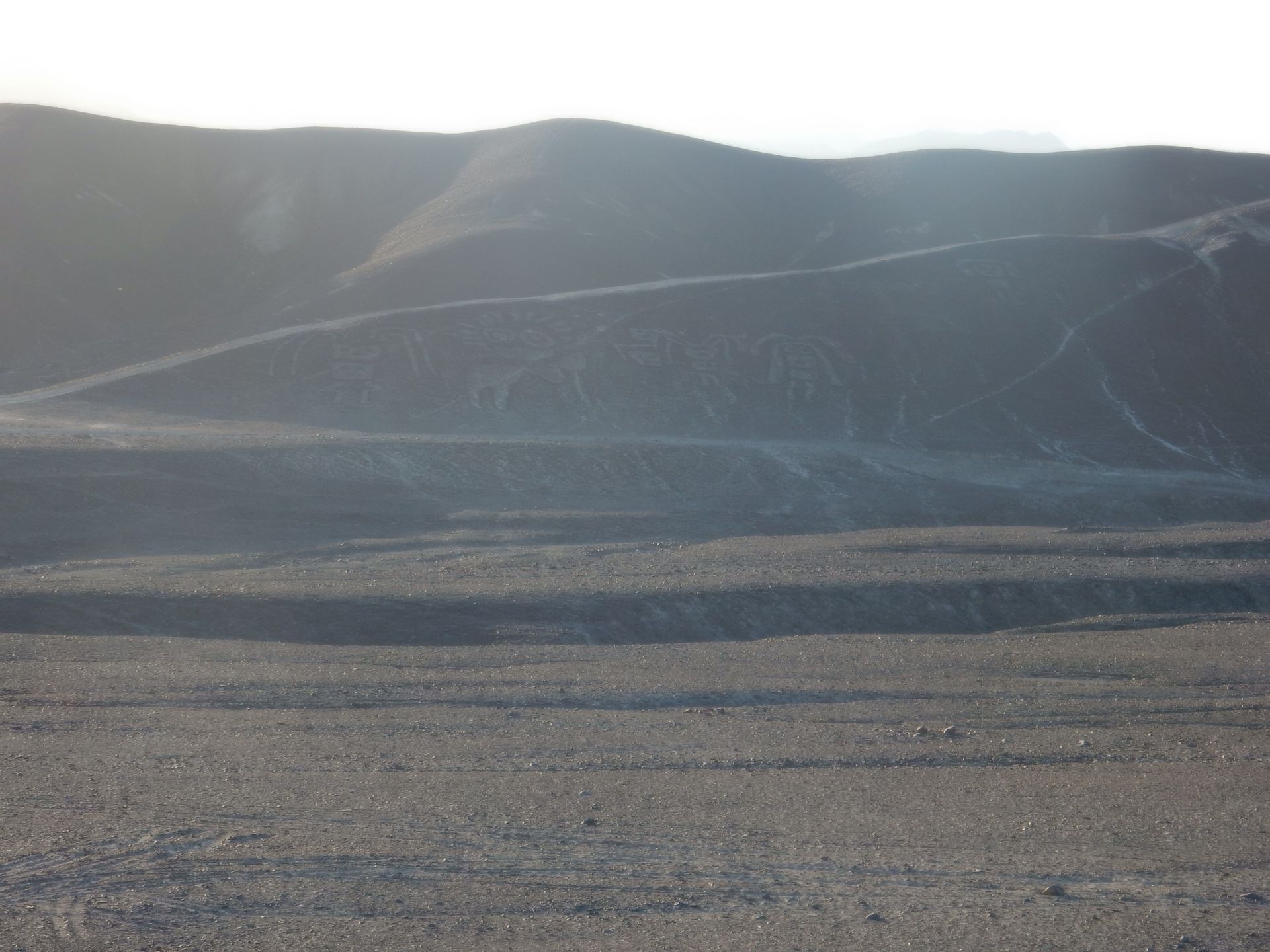
The Inca family

What I didn't know: the lines are only about 15 cm deep, and people simply pushed the dust from the ground aside to create the lines. Then it simply never rained again, and not as many cars drove over them, so the lines can still be seen today. Another thing I didn't know: the former inhabitants of Nazca (the Nazca) hated the landscape because there was nothing to do and nothing could be grown there, as it was all desert (you can read about it in the Larco Museum in Lima). Another thing I didn't know: in Nazca, there used to be 48 aqueducts built by the Nazca before 1500, and 32 of them still work and are still used by the city.
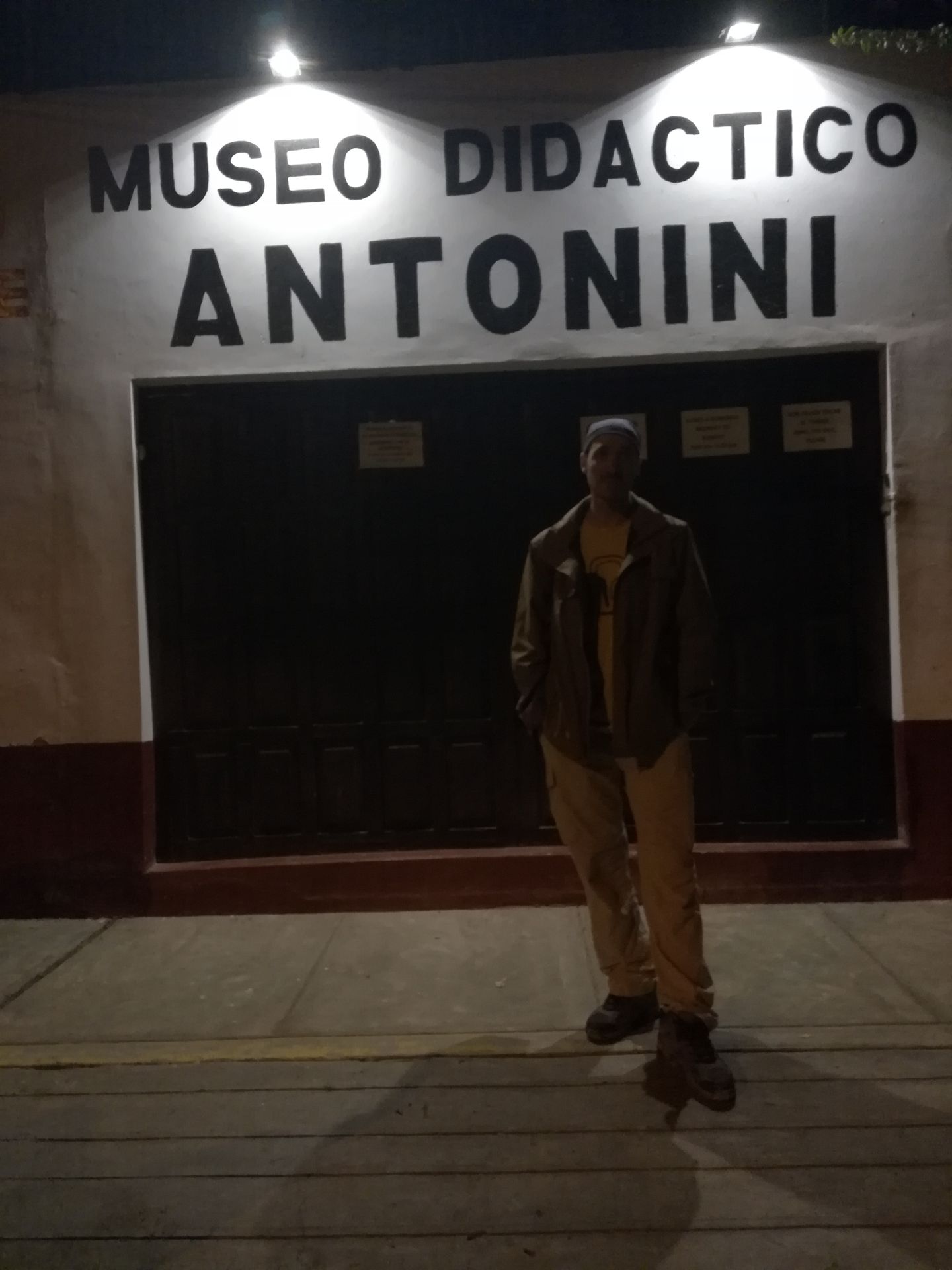
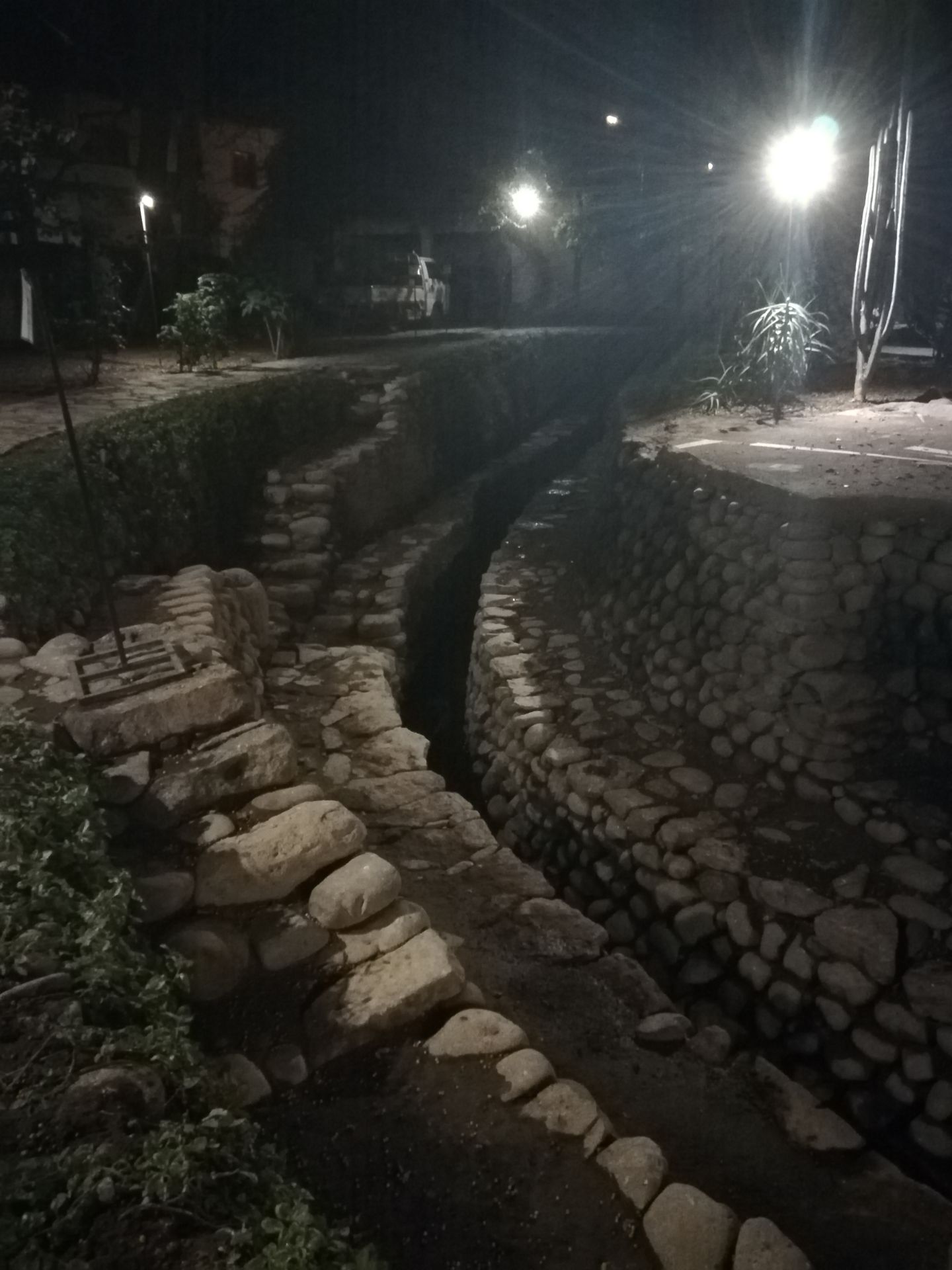
An aqueduct!
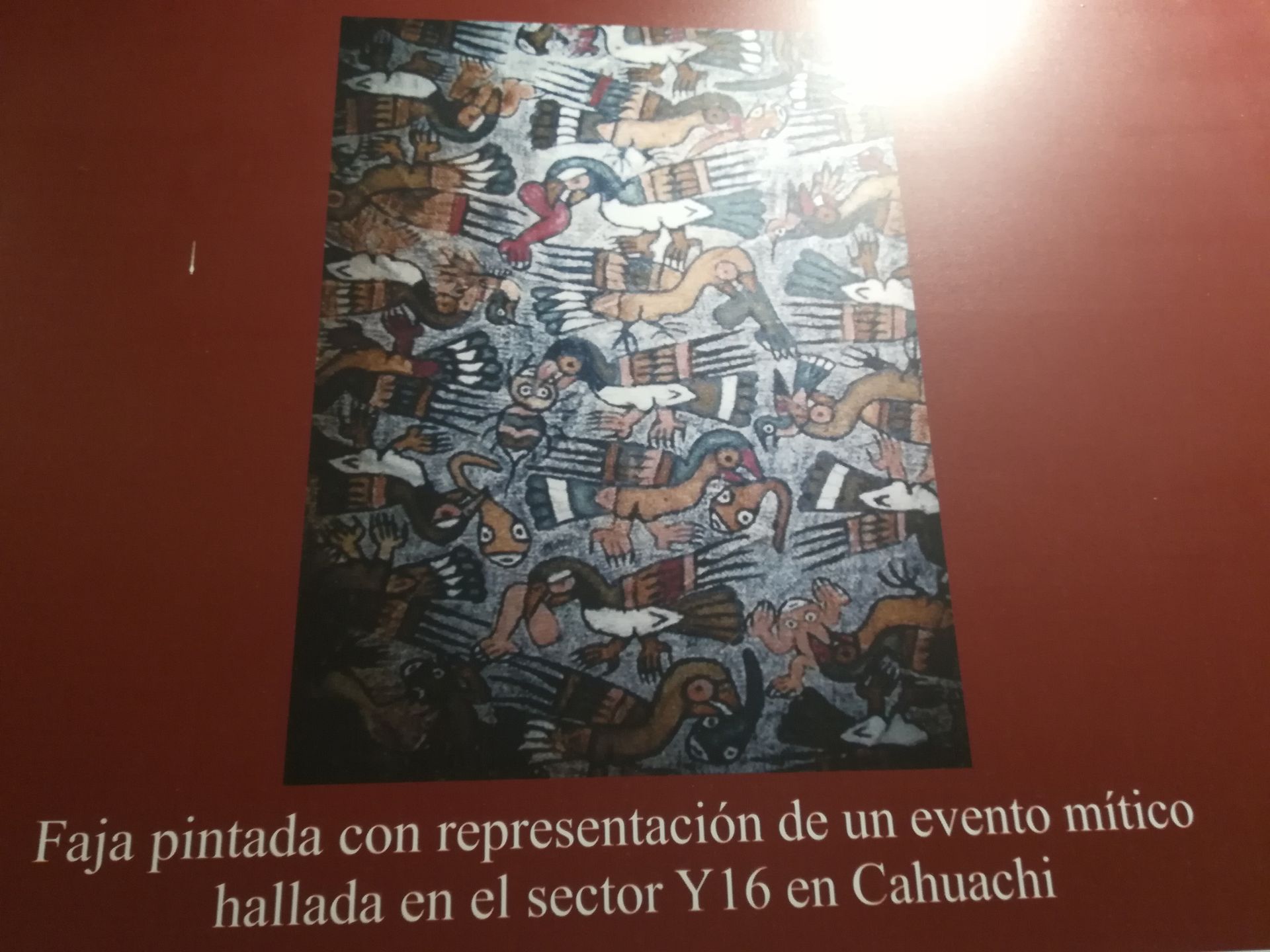
Nasty birds
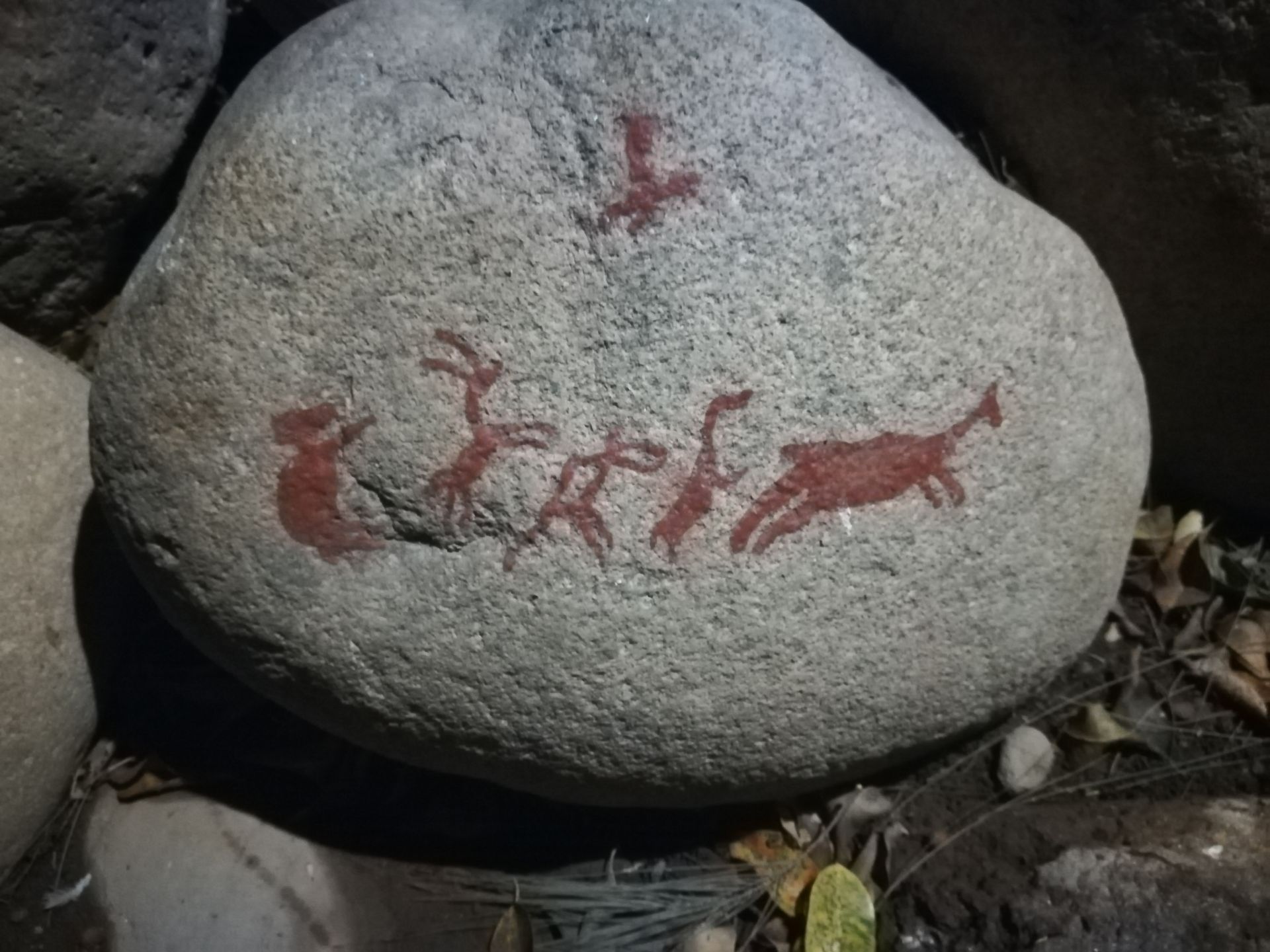
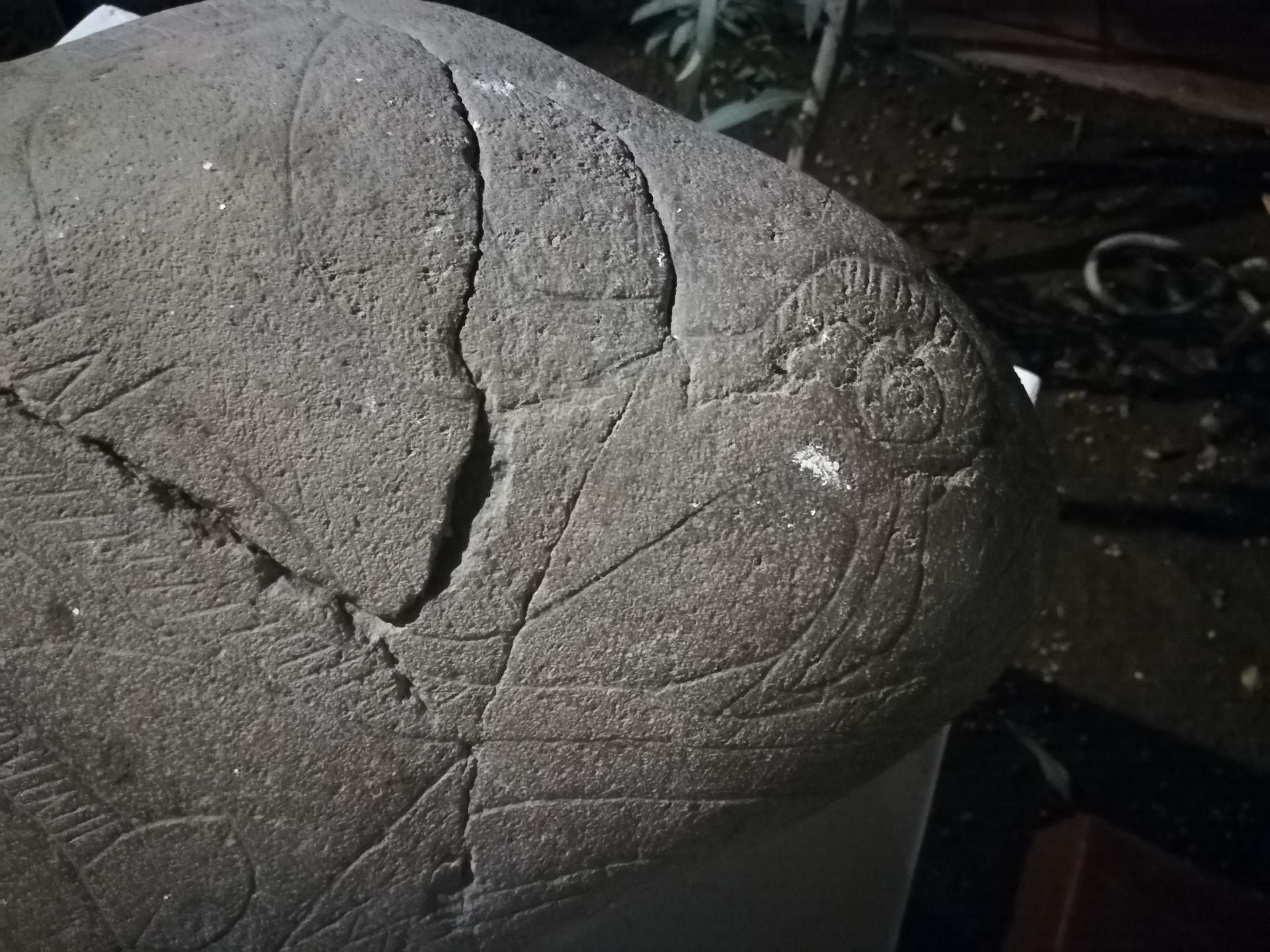

Best flamingo I've ever seen :D

Real flamingos :)
We then accidentally took the bus to Ica from Paracas. Ica is an uninteresting city that feels like a big city but isn't. 280,000 people and 11,000 tuk-tuks that all drive around confused and honking.
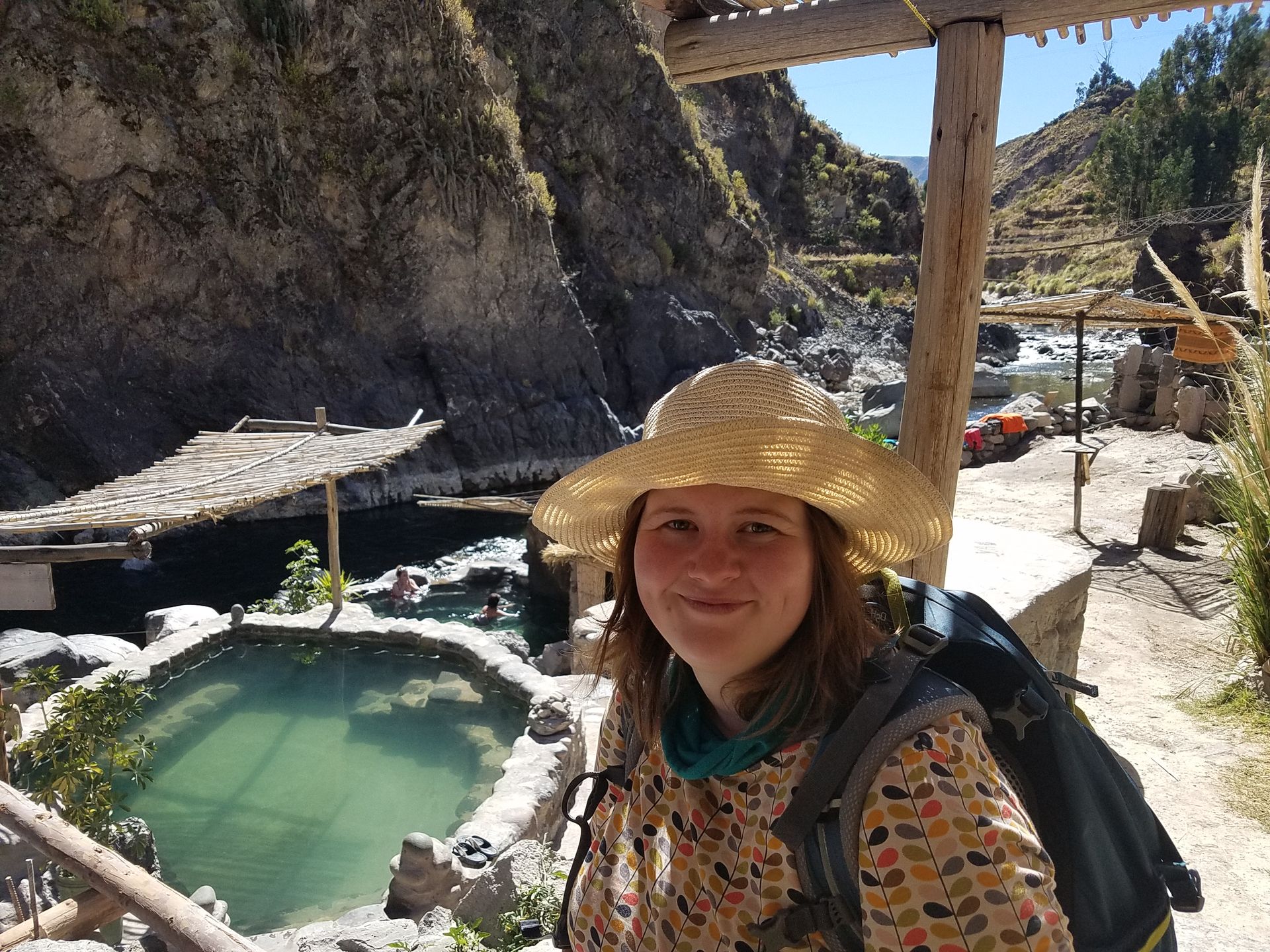
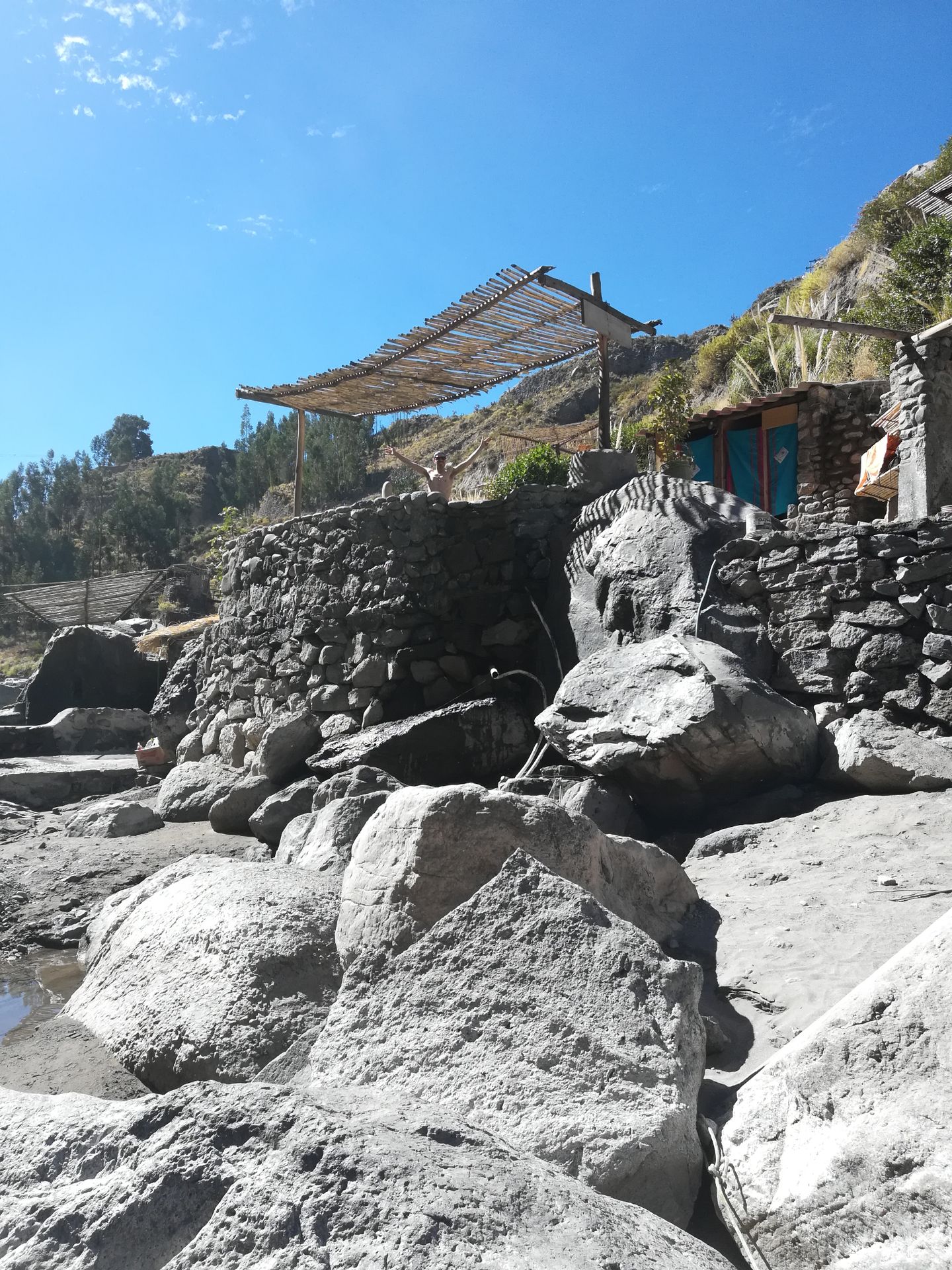
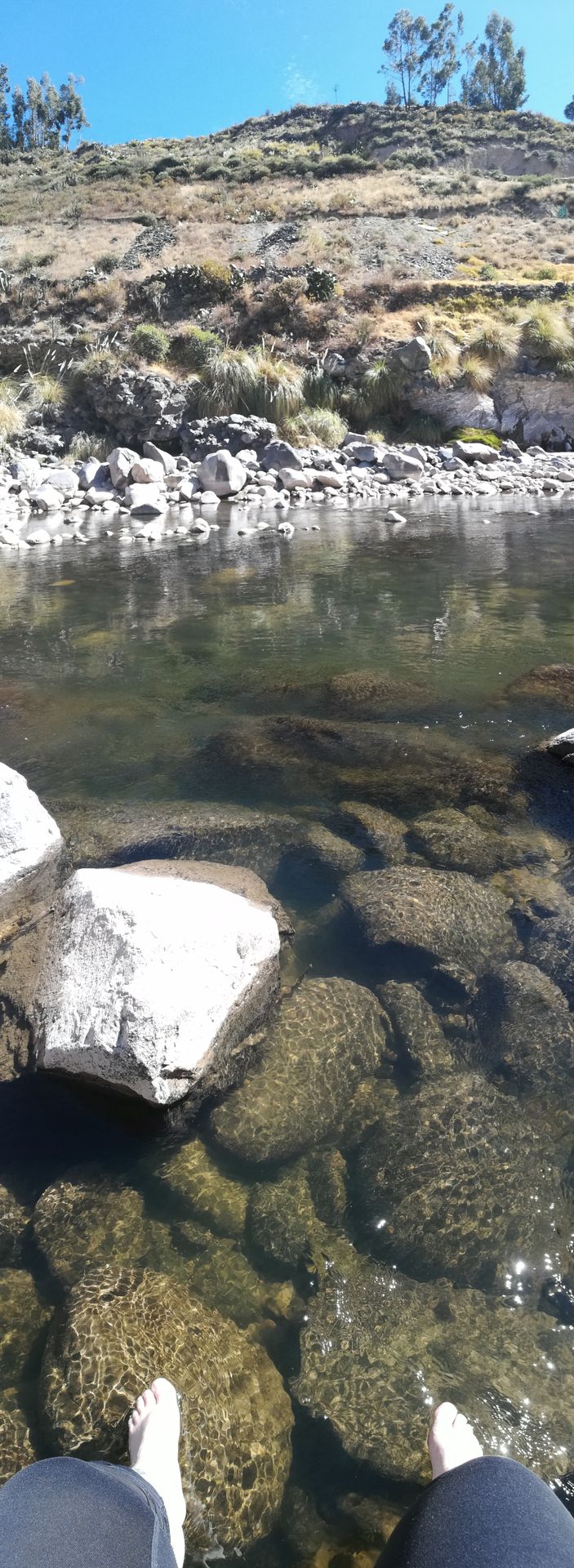
After that, we drove back along the bumpy roads and, because we hadn't been on the bus enough, we went directly to Puno after the tour. Yayyyy.
If you don't know Puno, you might know Lake Titicaca. Lake Titicaca was the highest point on our entire journey, with an impressive 3,800 meters. The lake is incredibly huge, and to understand how big it is, we visited the 'floating islands' and were in Uros. The people there have come up with many different ways to deal with the reeds and eventually even built islands out of them.
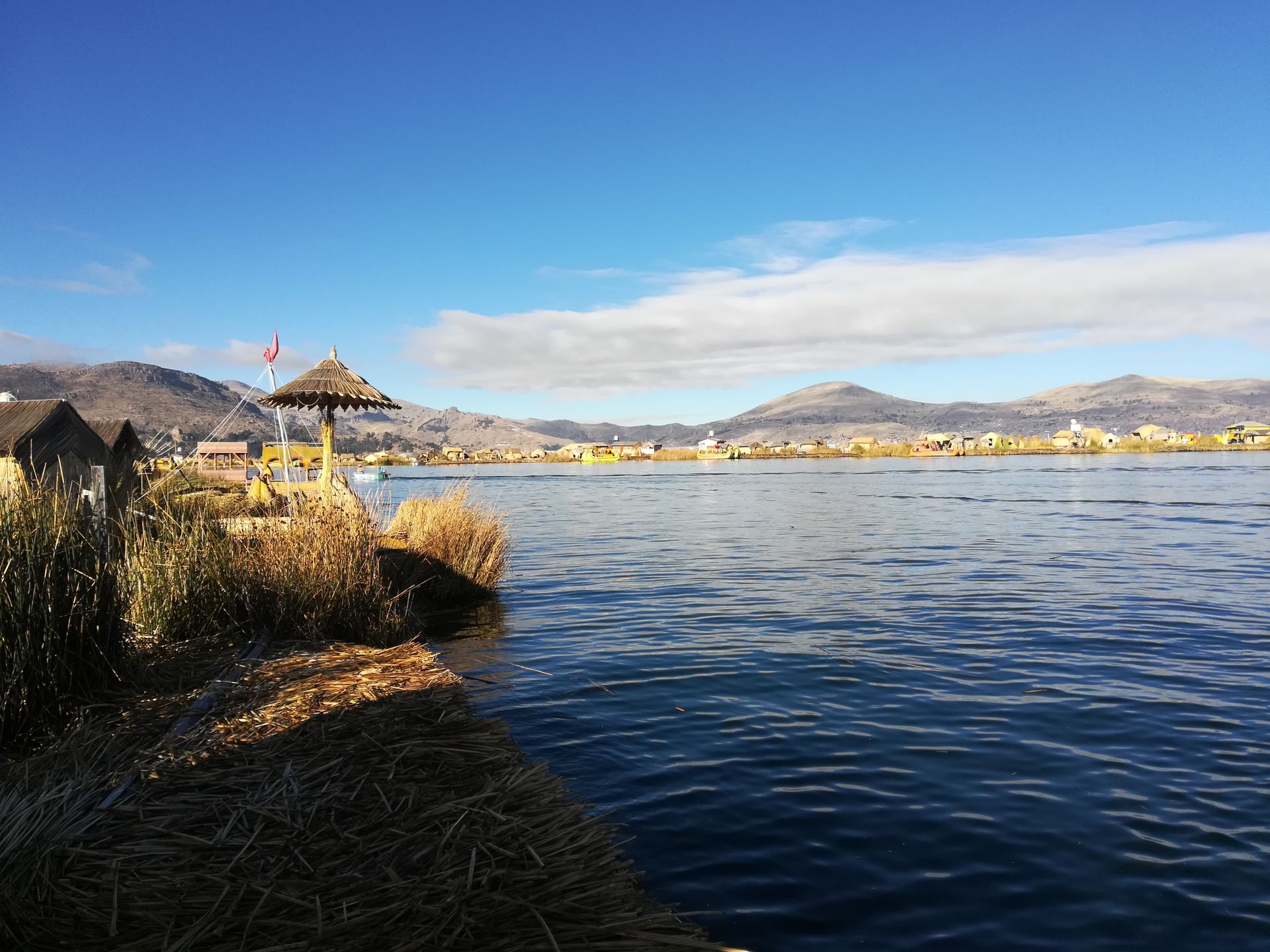
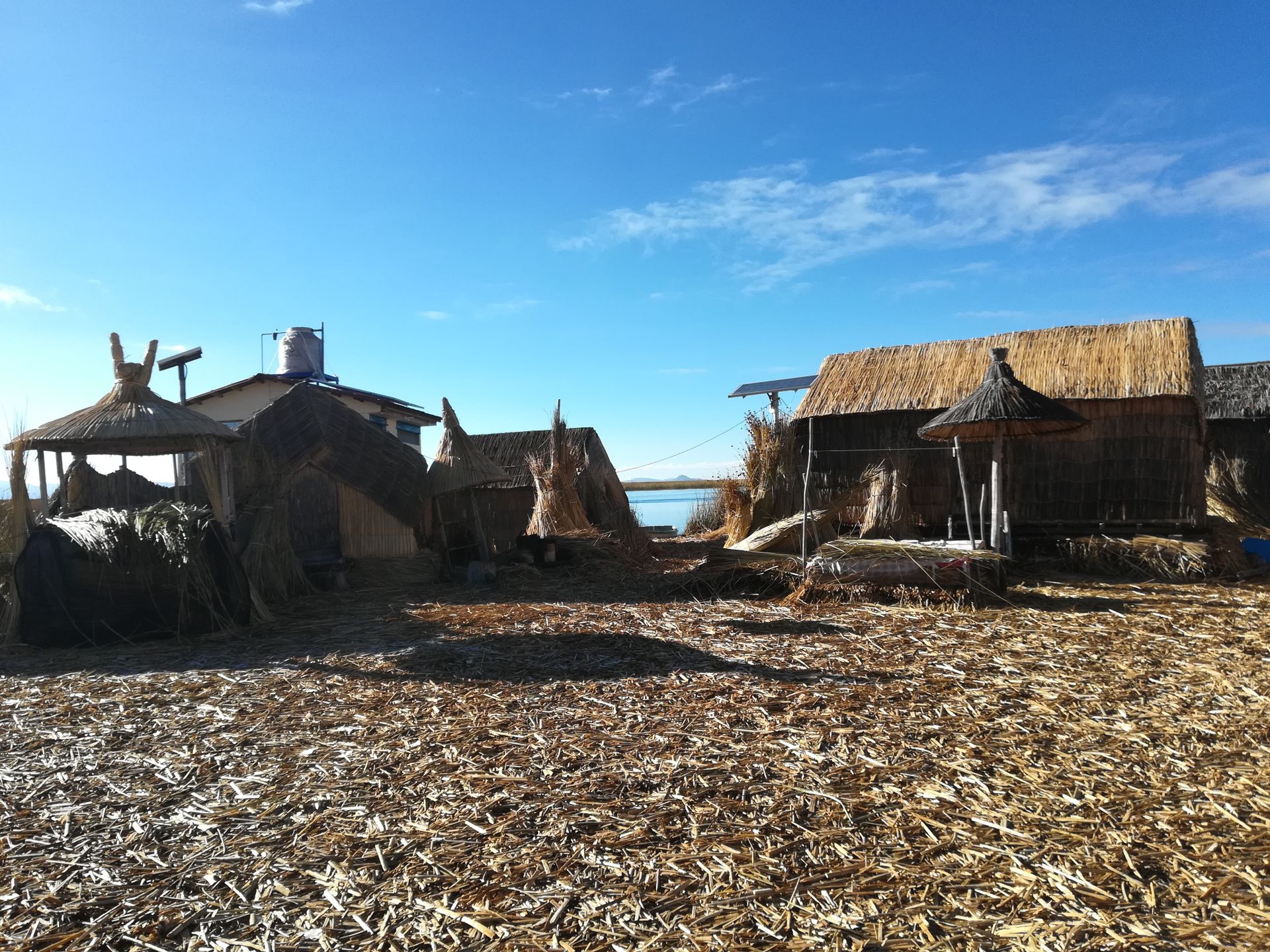
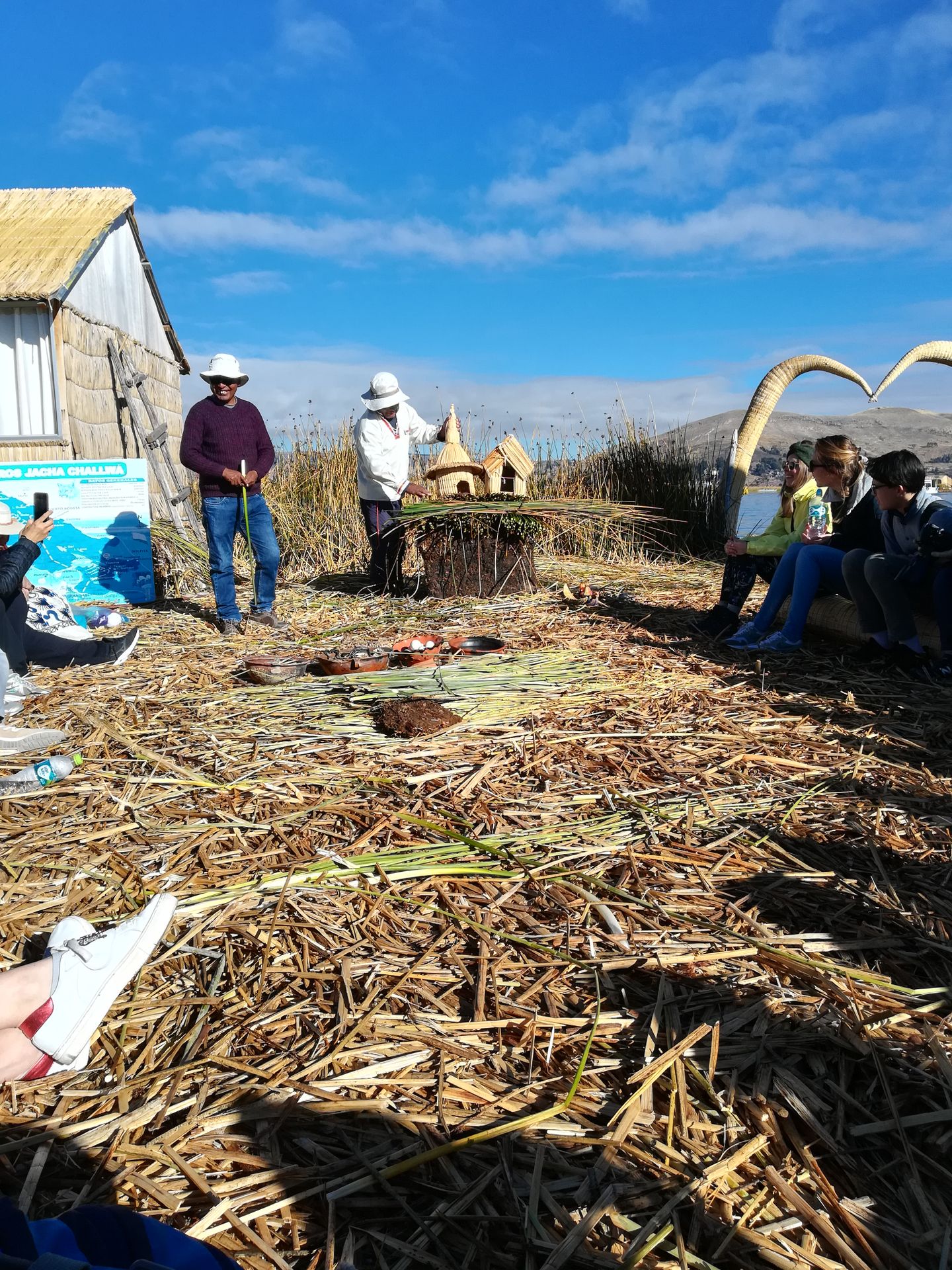
A small version of a new island
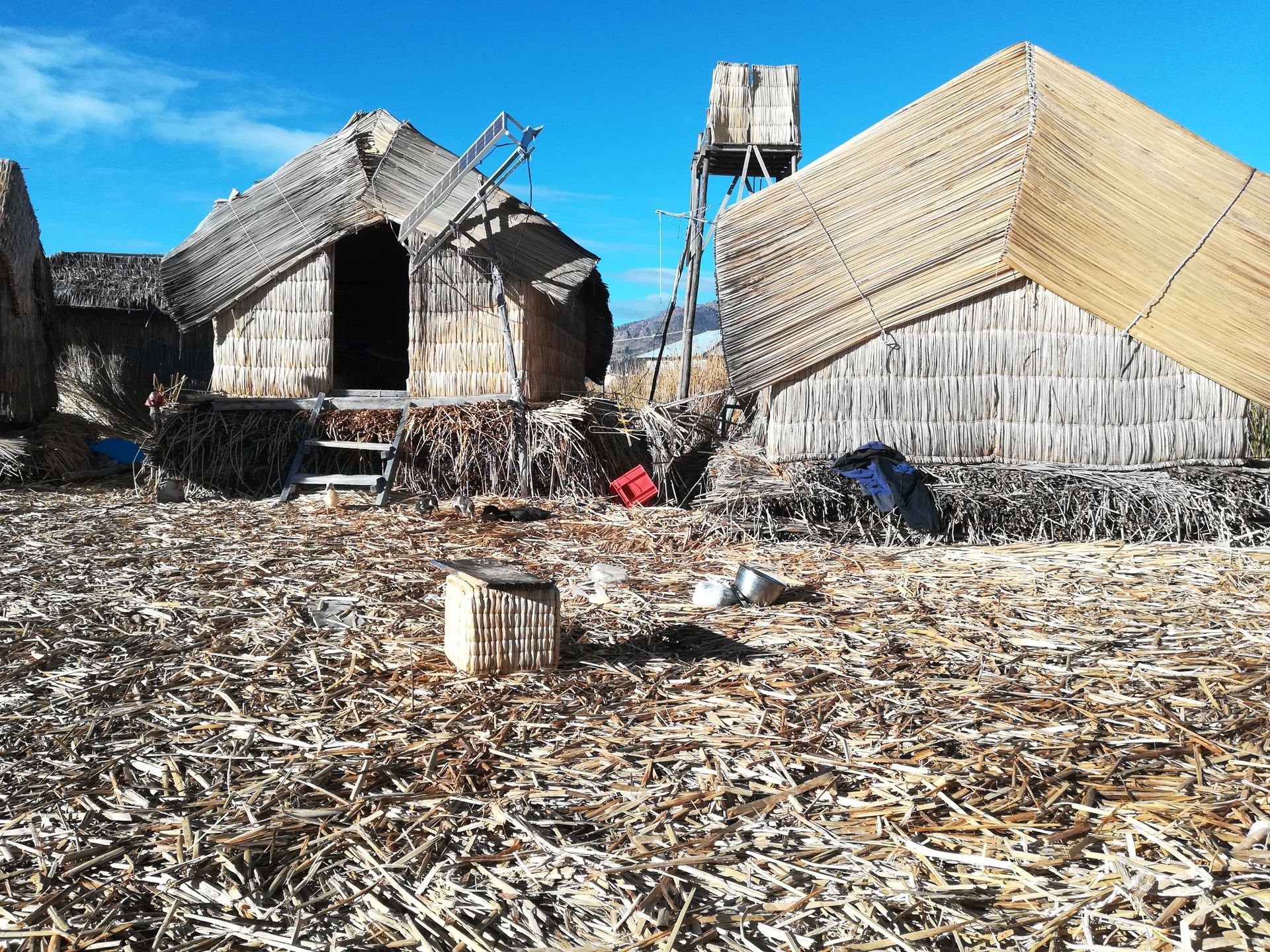
Here you can see that the houses have an extra layer of reeds.
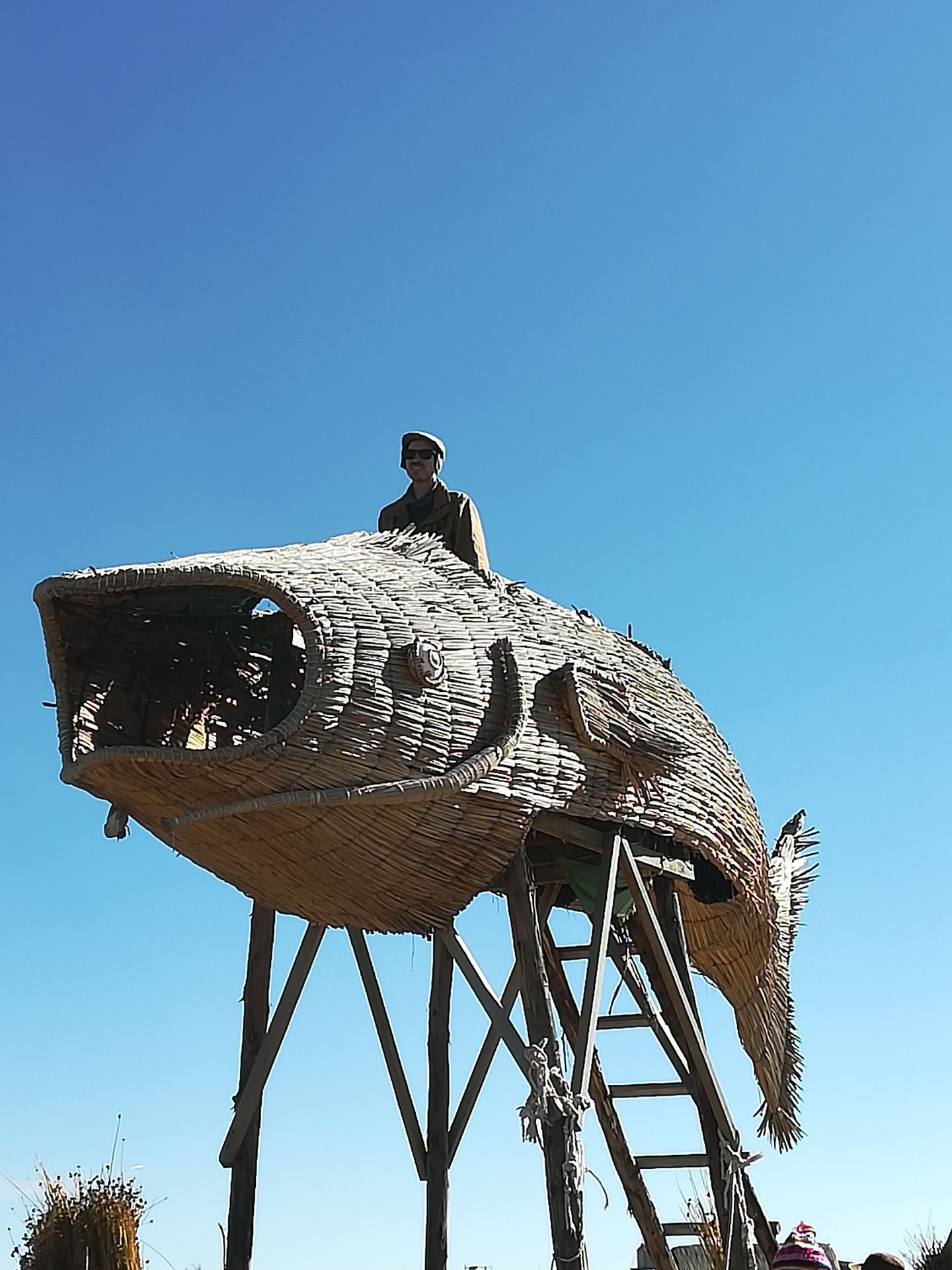
Terry in the fish :D
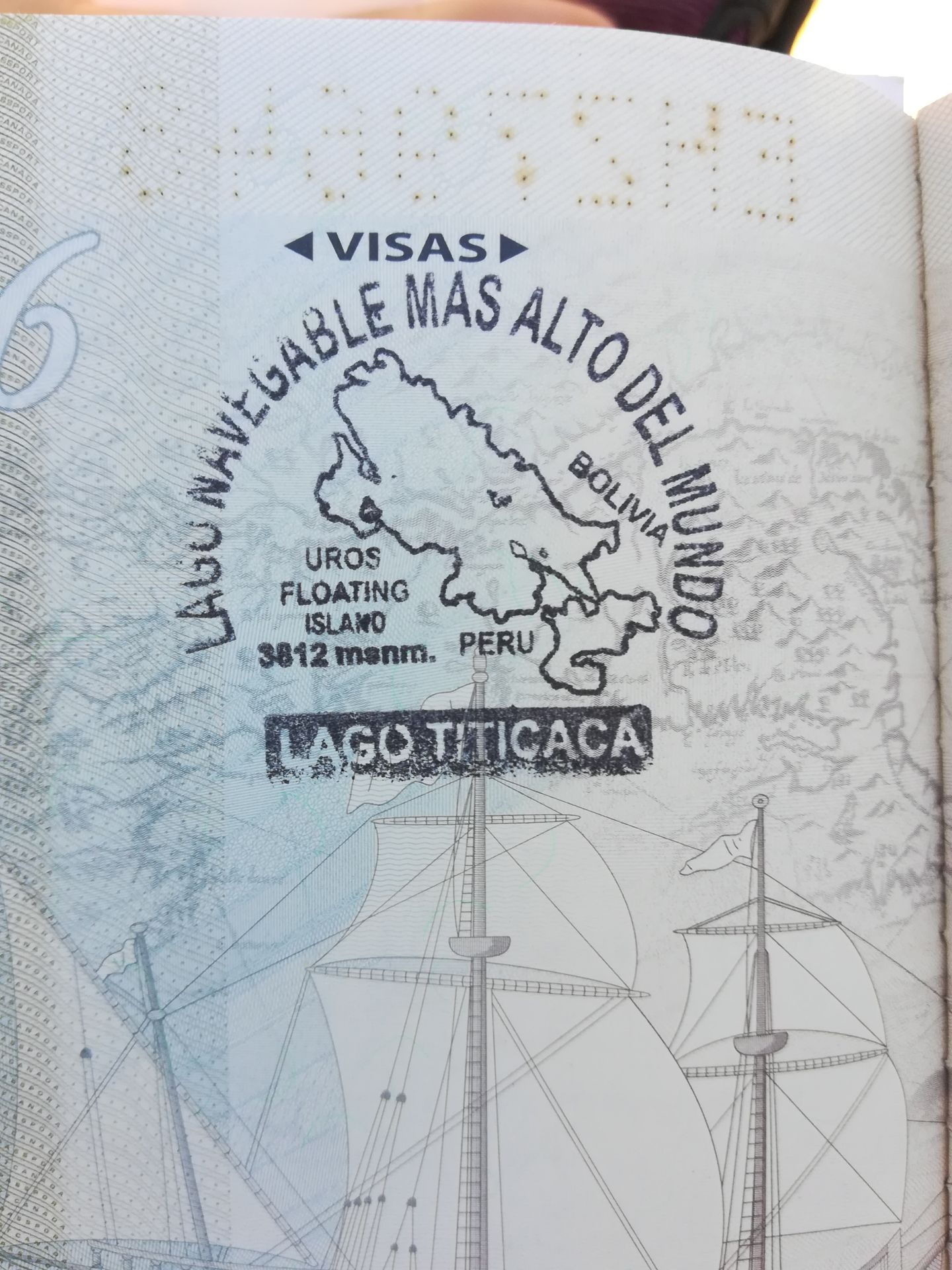
According to legend, the people who lived around the lake fled into the water to hide from the Quechuas. In the end, they stayed in the lake. These floating islands won't last much longer, though, because the youth of Uros find the internet on the mainland more interesting than maintaining the islands. Every time a new island is "built", a new layer of reeds must be laid every month, and after six months, every two years. The houses are constantly being built and dismantled to add a new layer of reeds.
By the way, the Peruvians say that their side of the lake is called "Titi" and the Bolivian side is called "caca". Hehe.
We also visited the 'real' island of Taquile, where hard work is highly valued, and someone who doesn't work doesn't get any food. That's why there are cats, because they catch mice, but there are no dogs on the island.

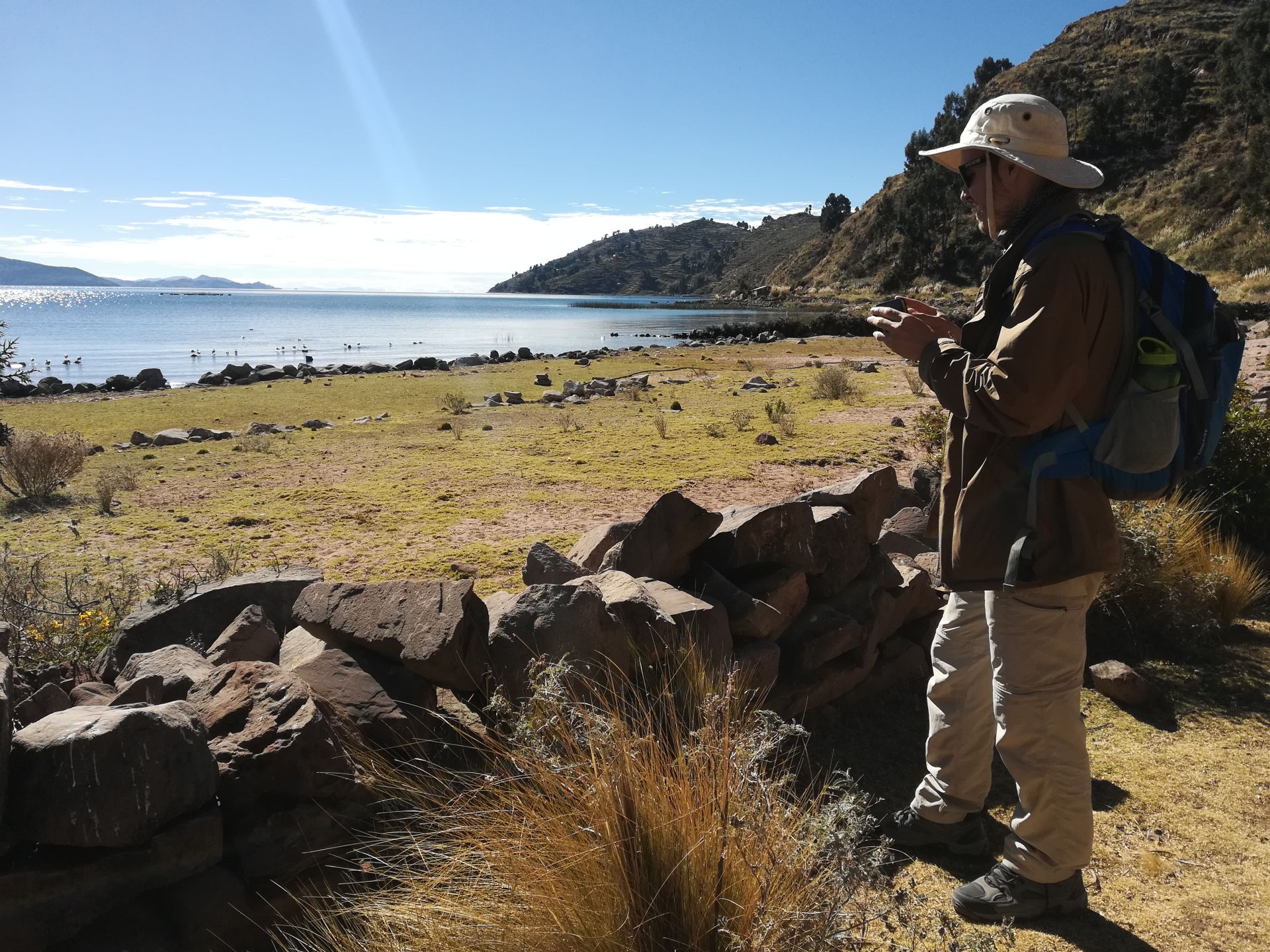

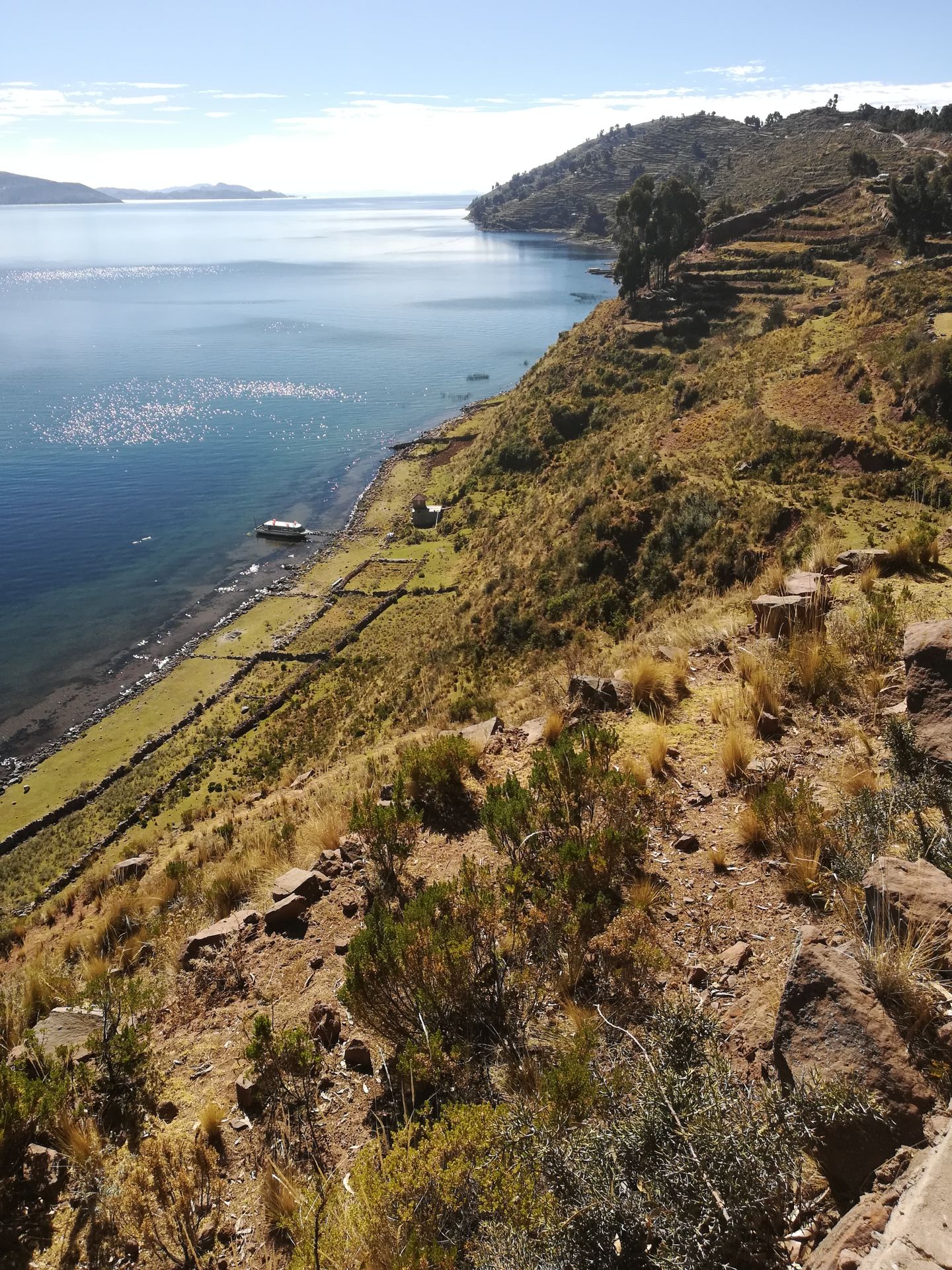
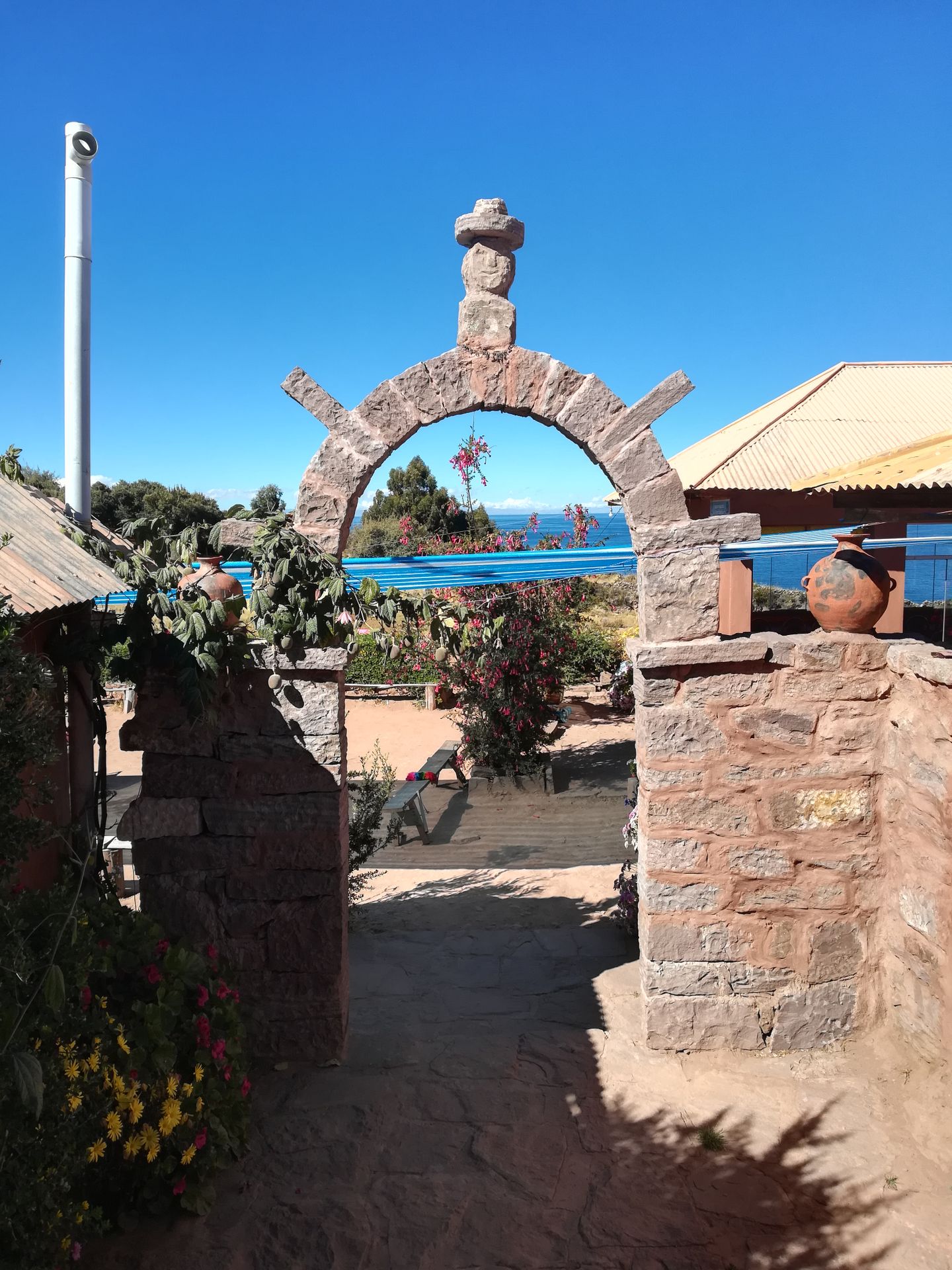
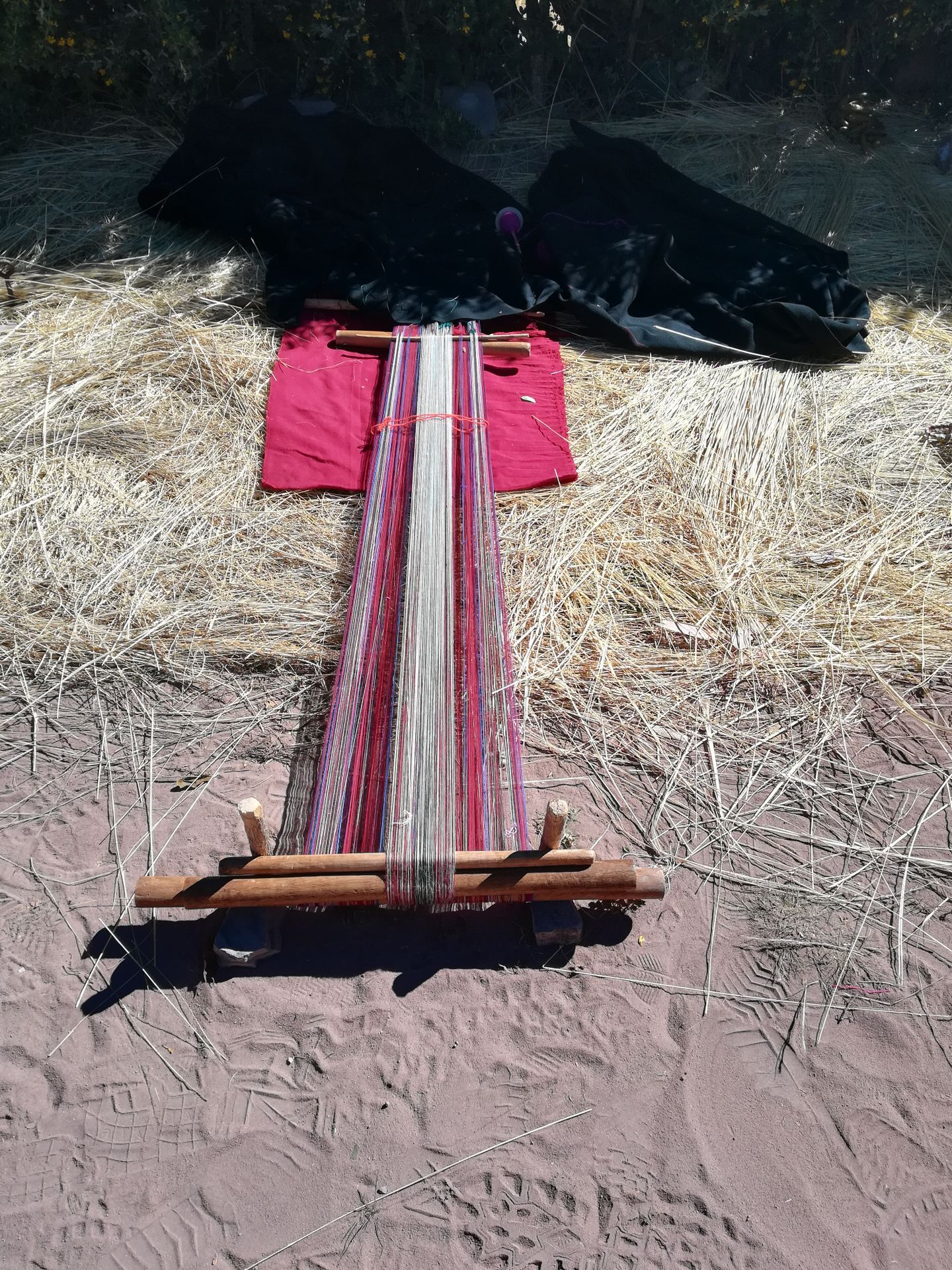
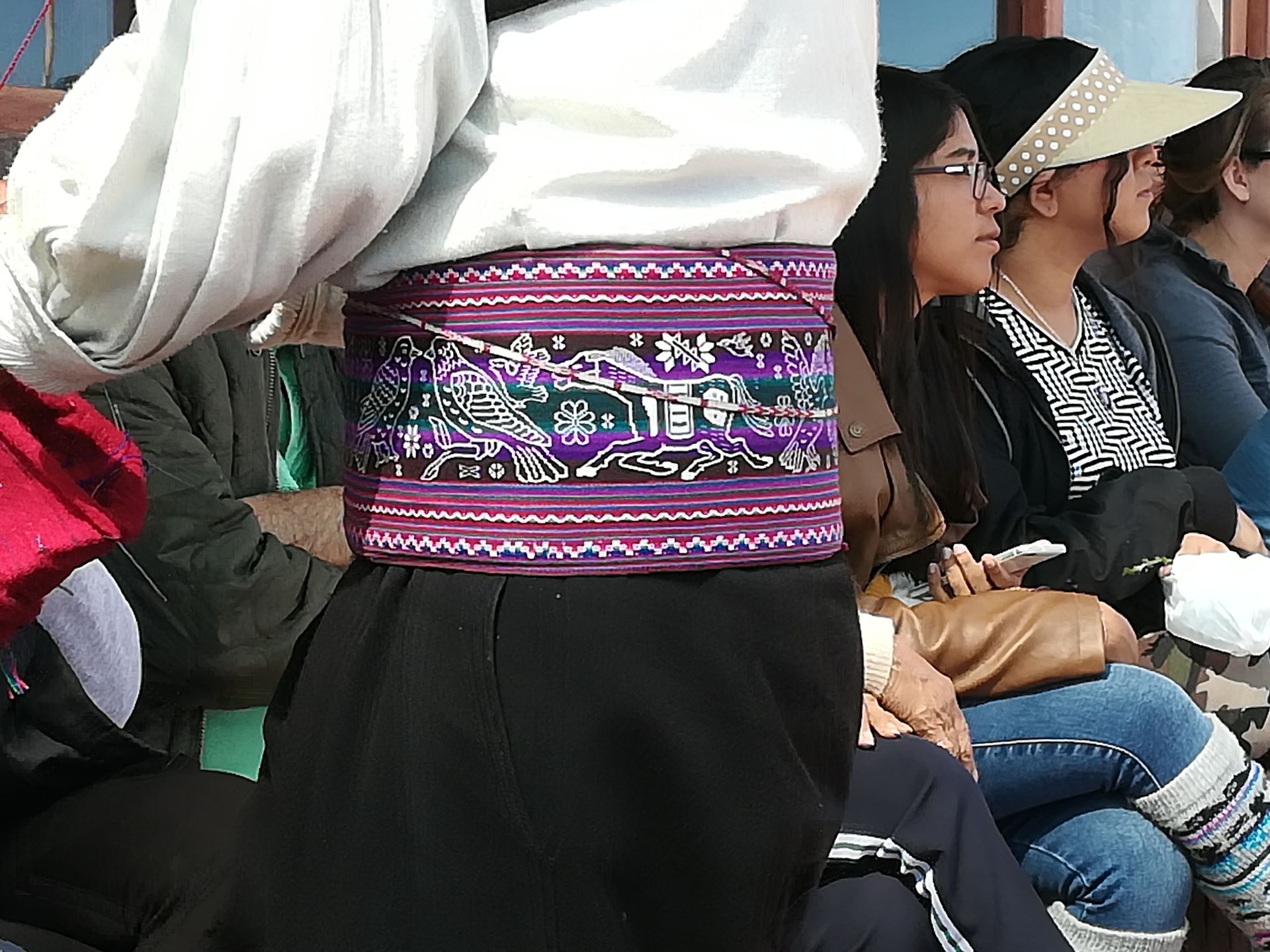
The belt of the boys is made by the mothers.
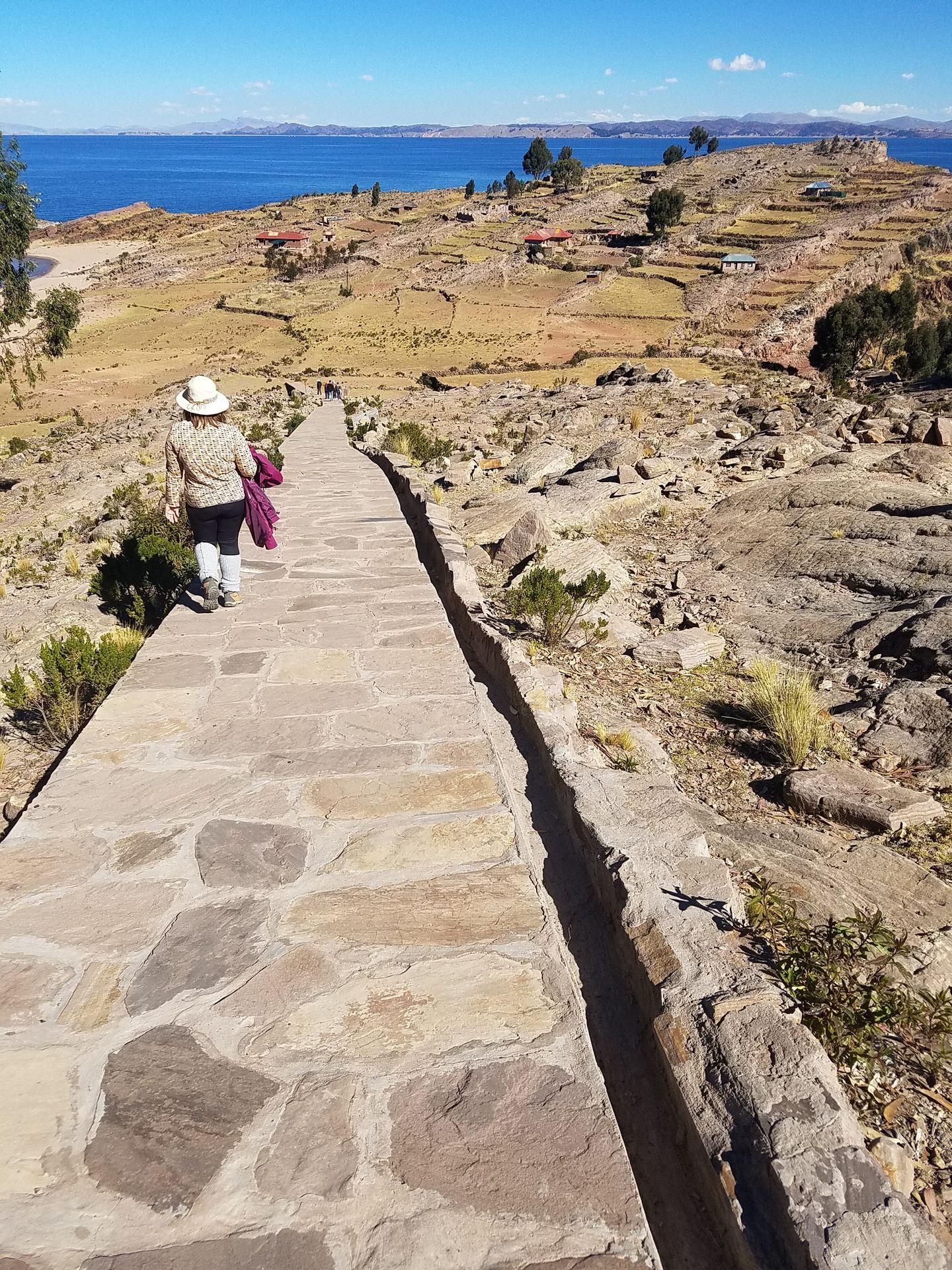
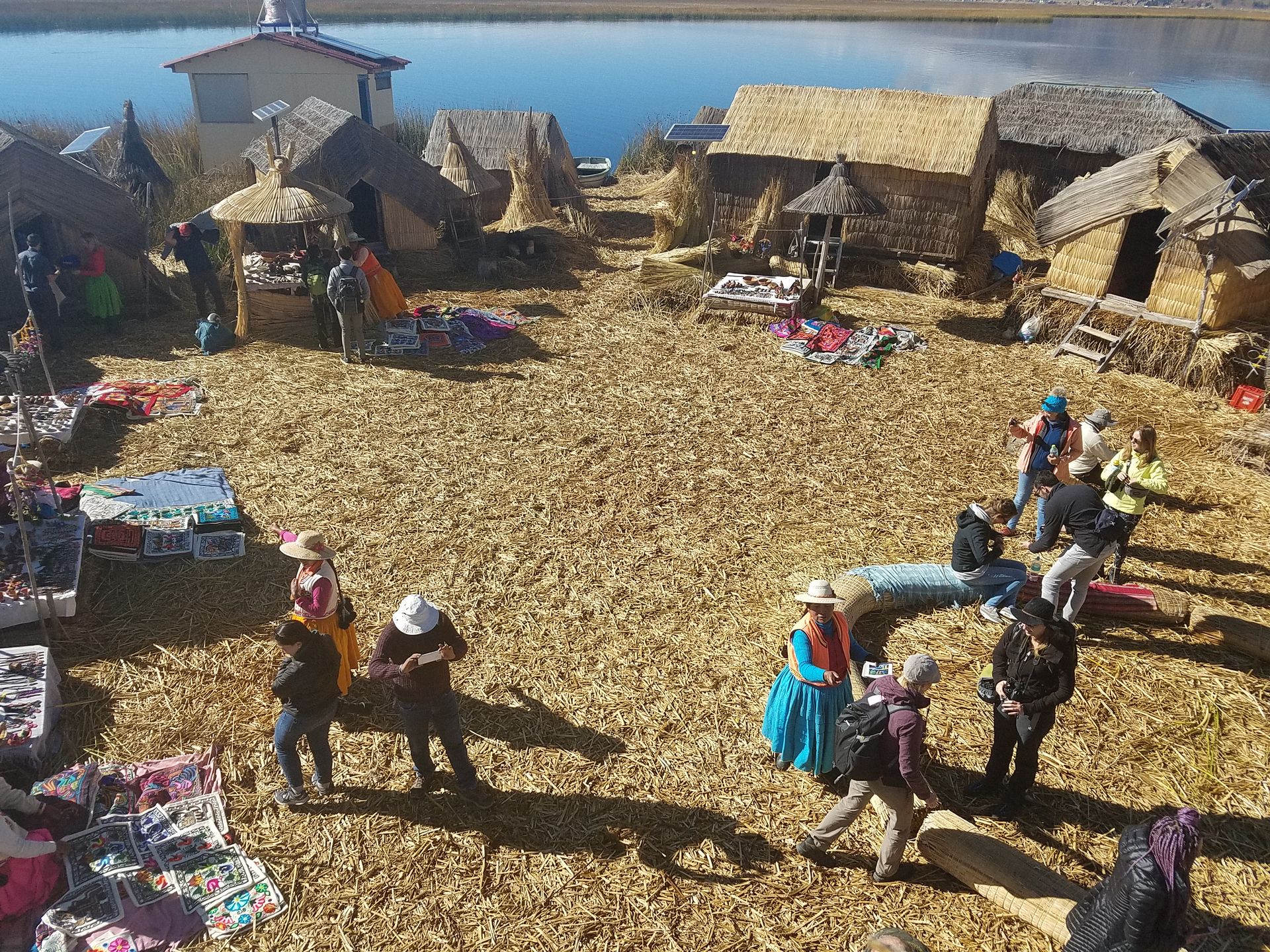
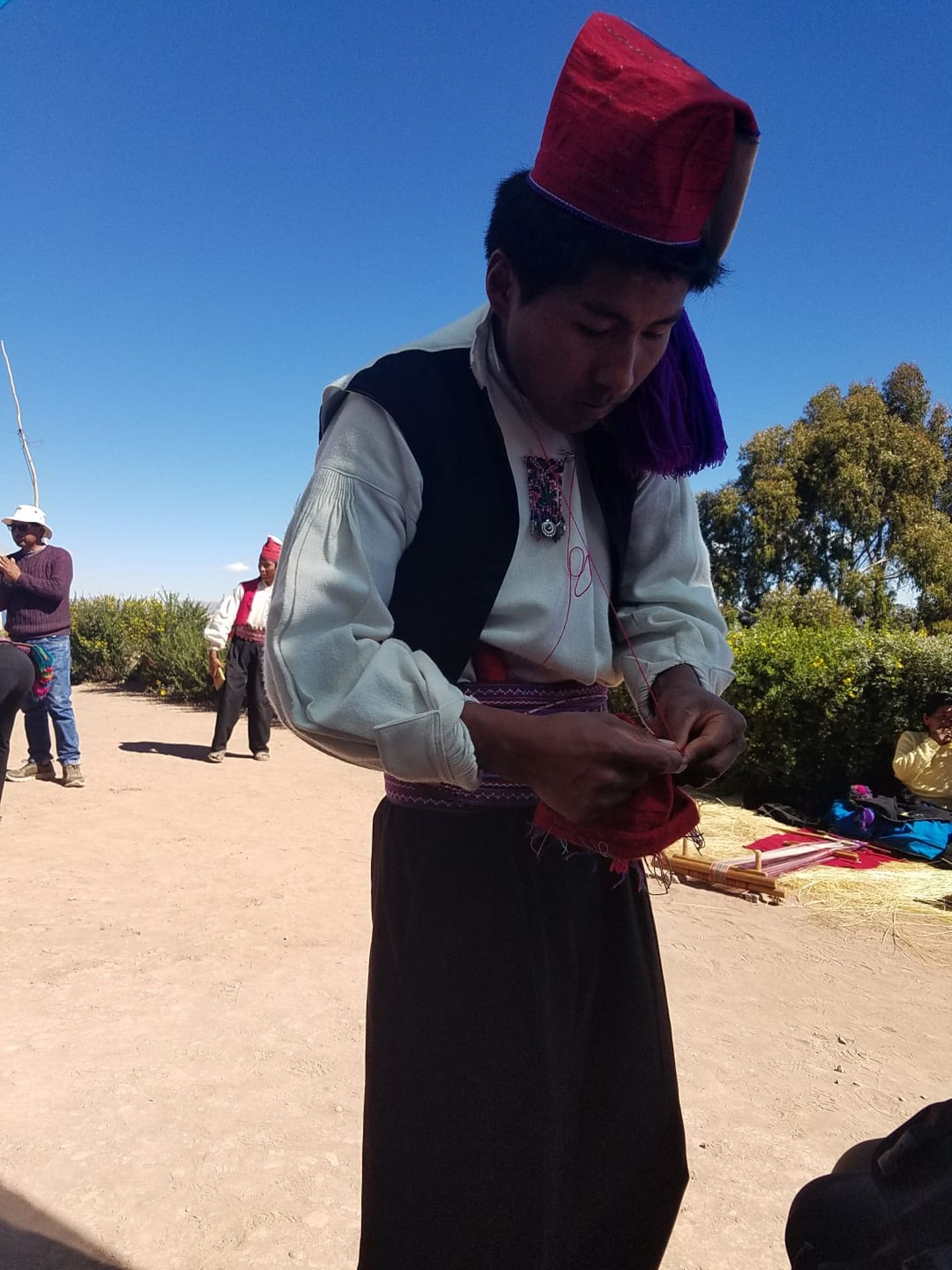
William already has a hat, but is already working on the next one.
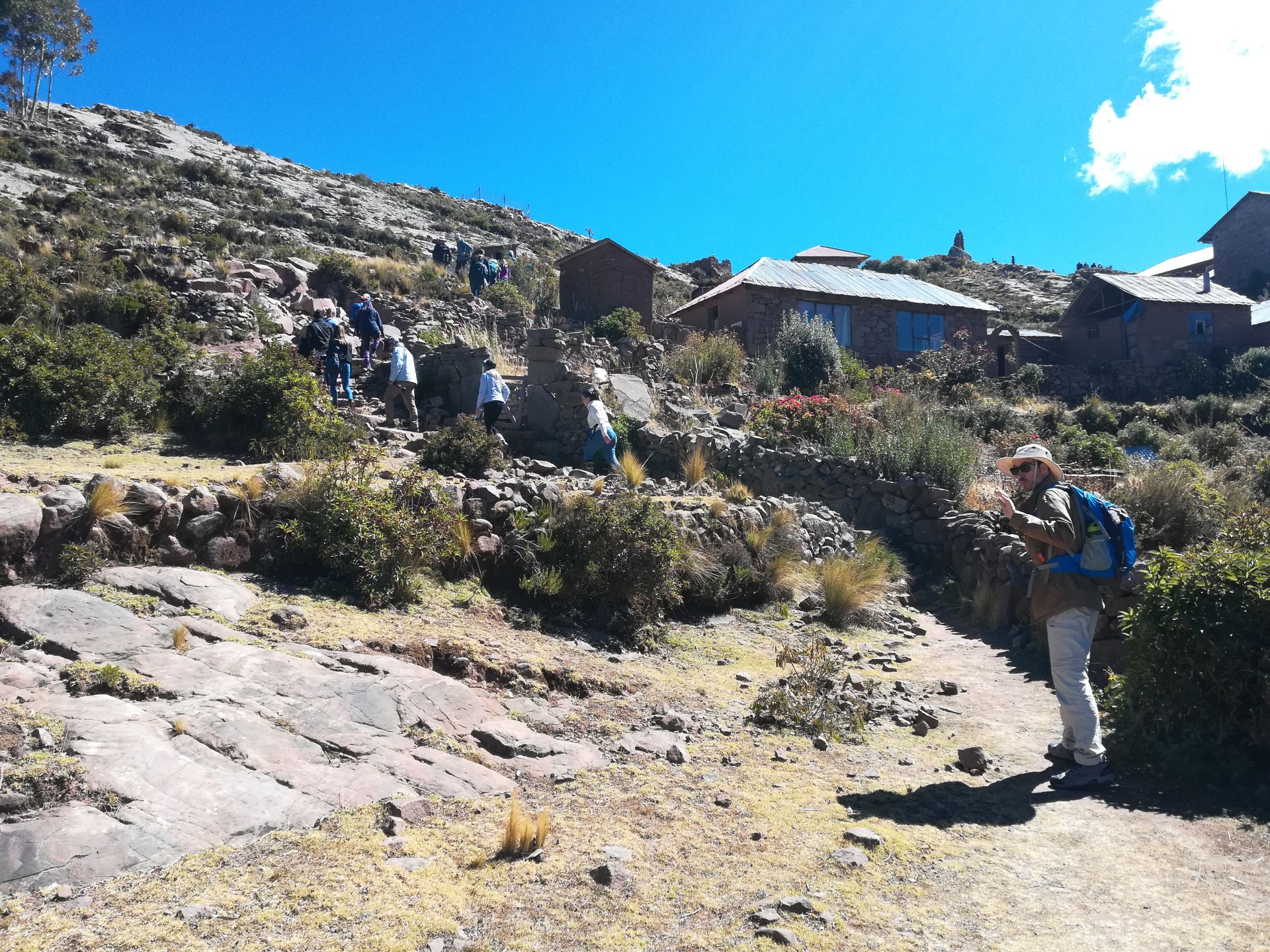

Most boys on the island are busy crocheting hats because the girl they may potentially marry assesses their handiwork. She takes the hat home and fills it with water. If the water stays in, then the boy is capable, and if not, then his handiwork needs to improve.
In the evening in Puno, there was a festival with many different groups dancing and making music:
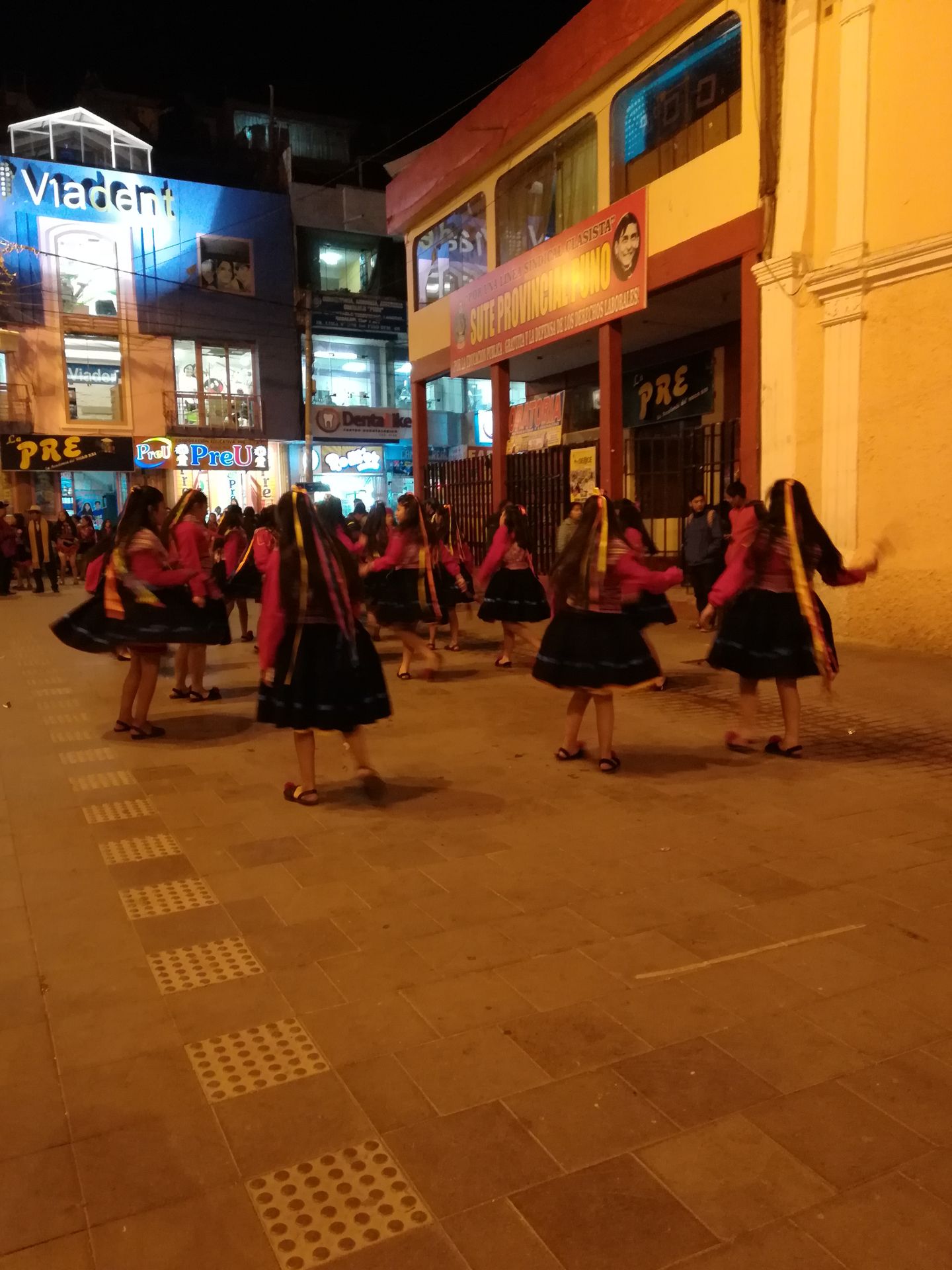
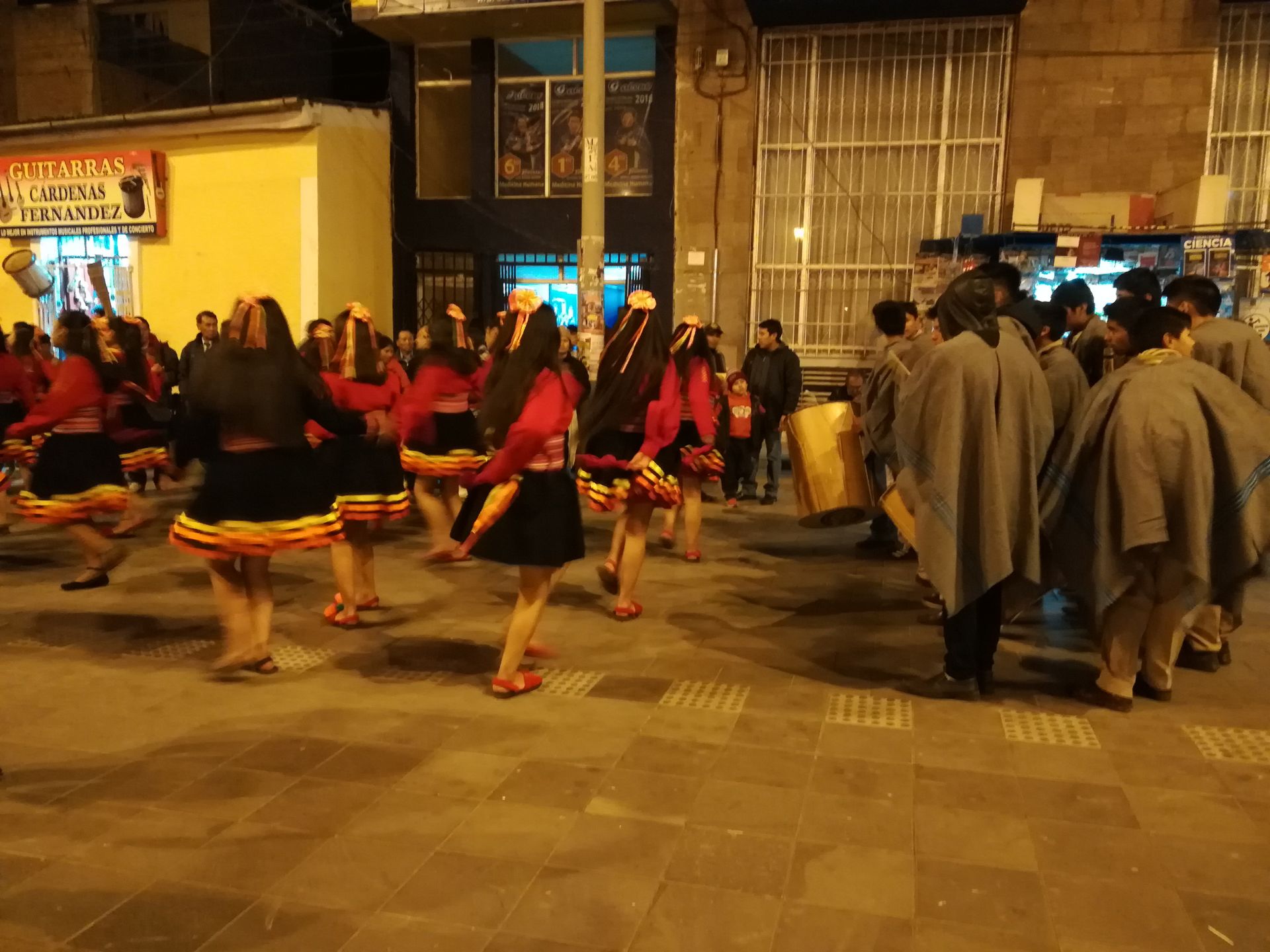
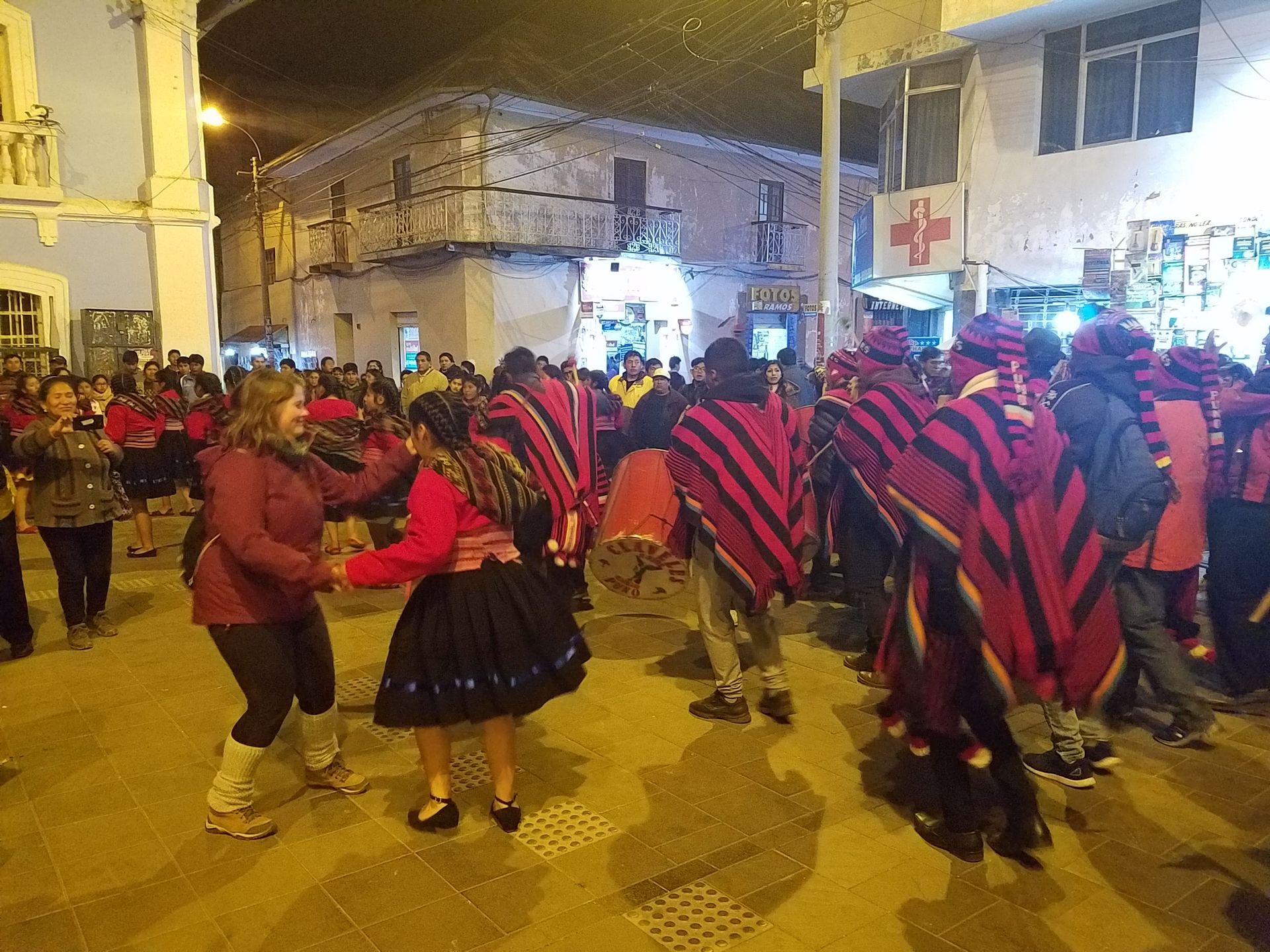
I had to dance along :D
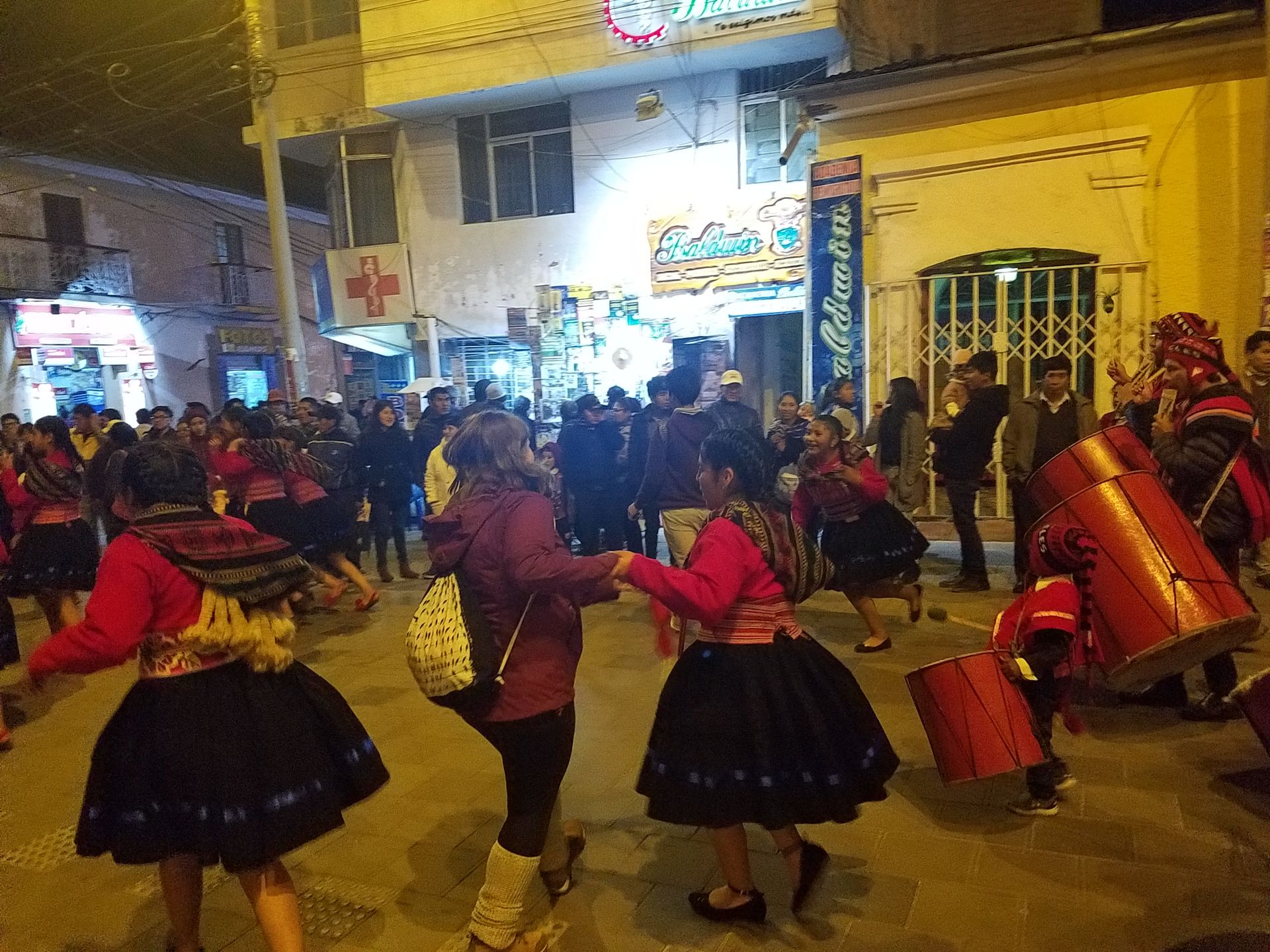
That's it for now. The second part with our adventures in Cuzco will come in a few days :)
See you soon!
Lea
* Bonus material*
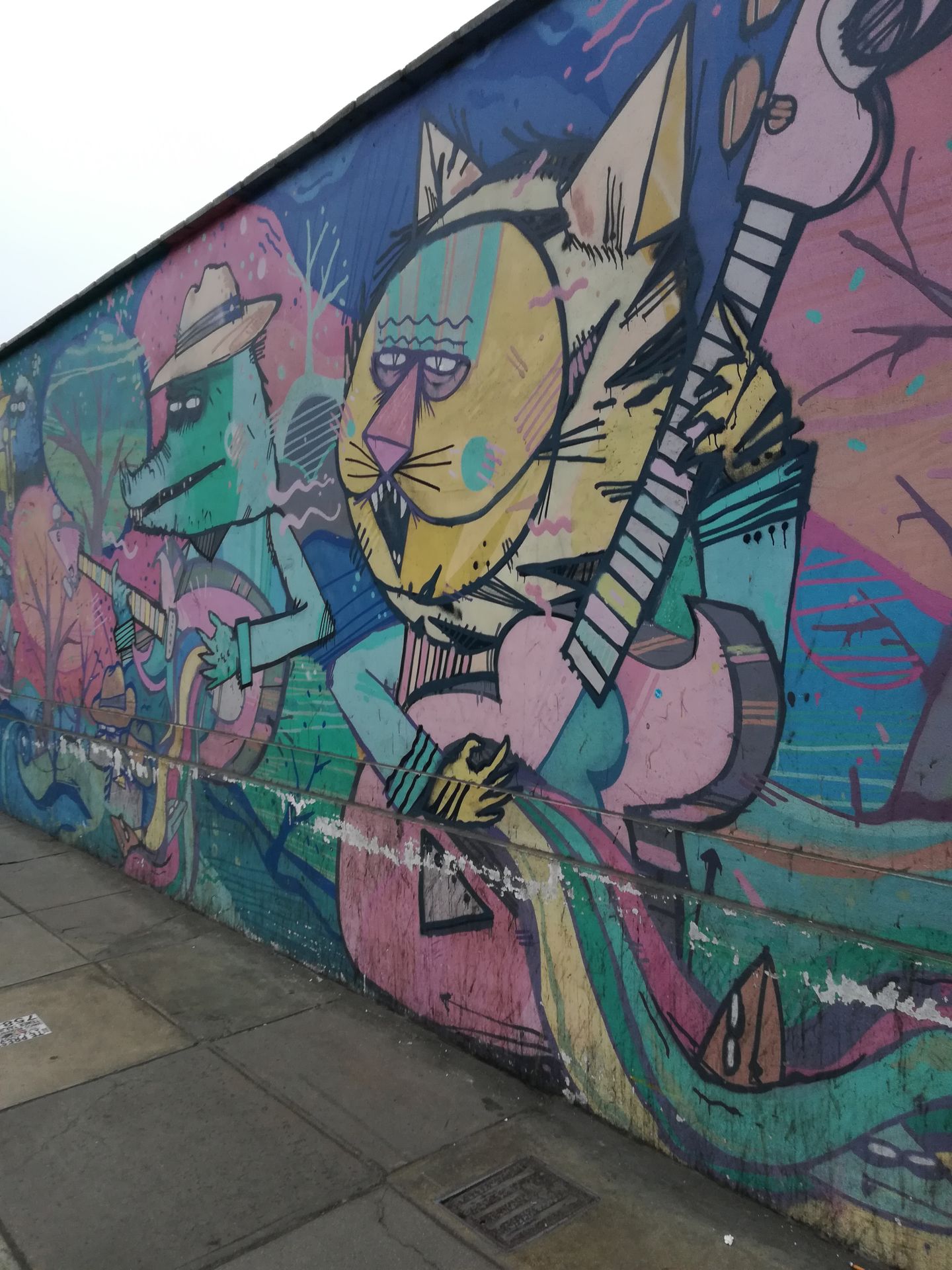


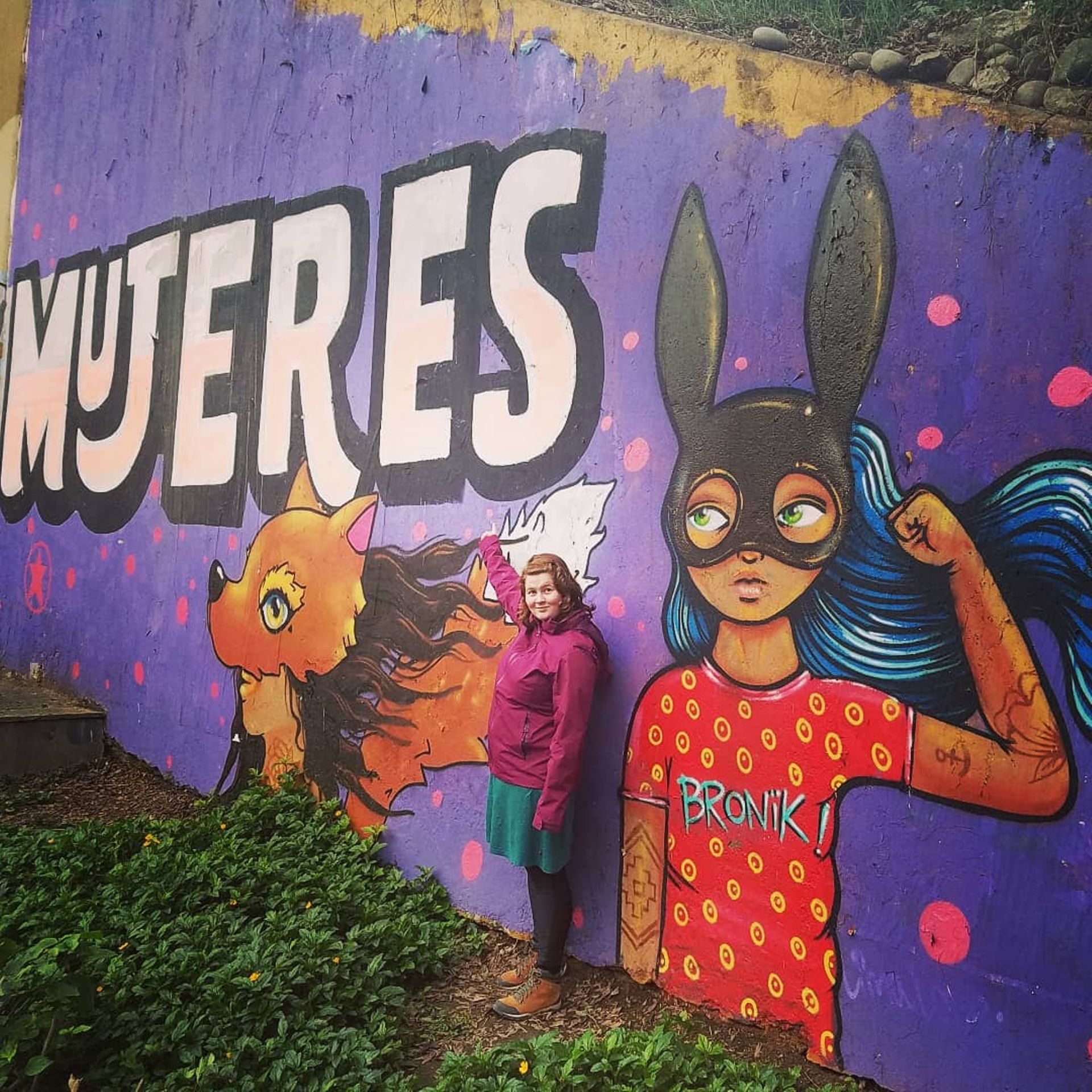
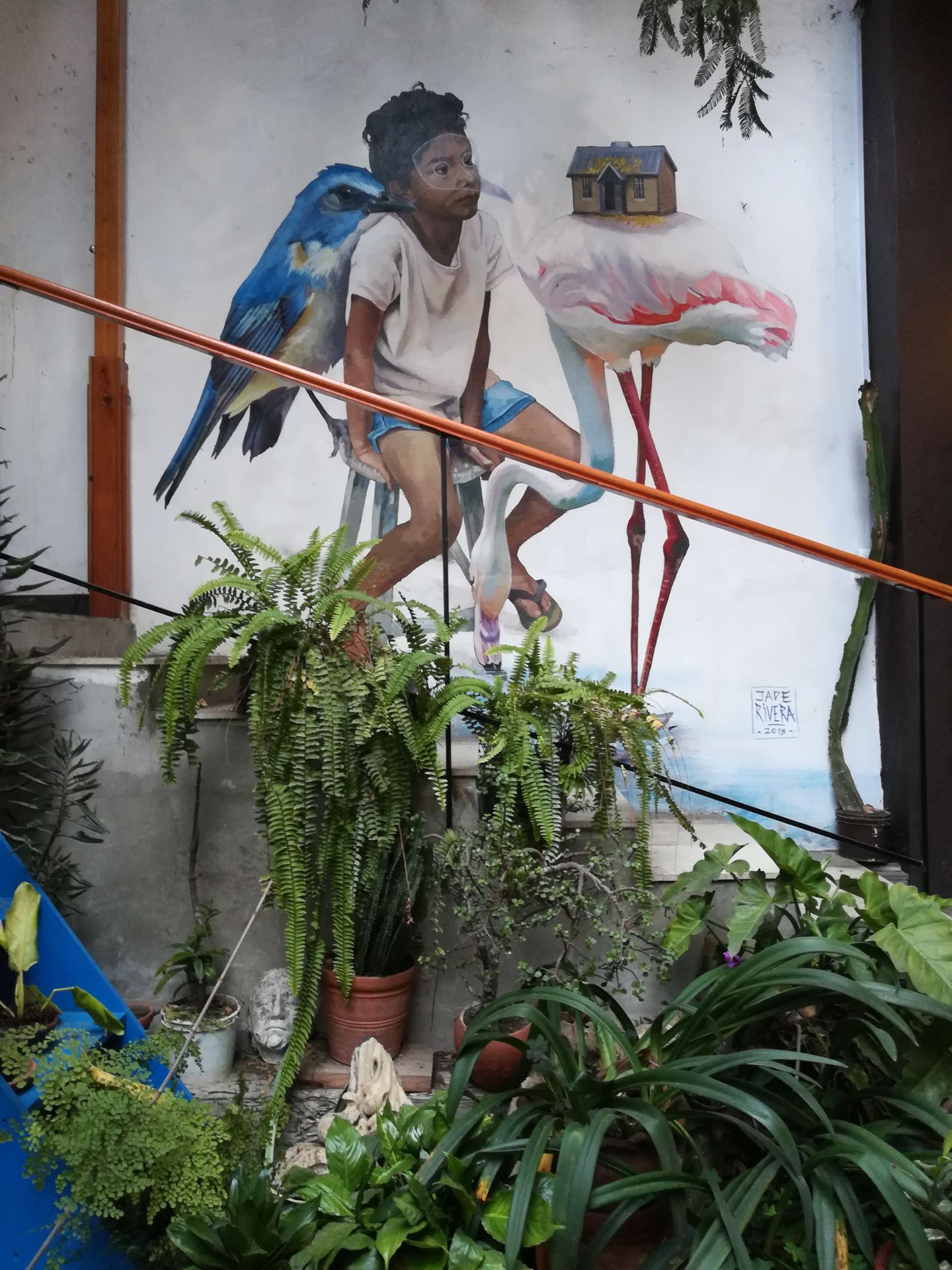
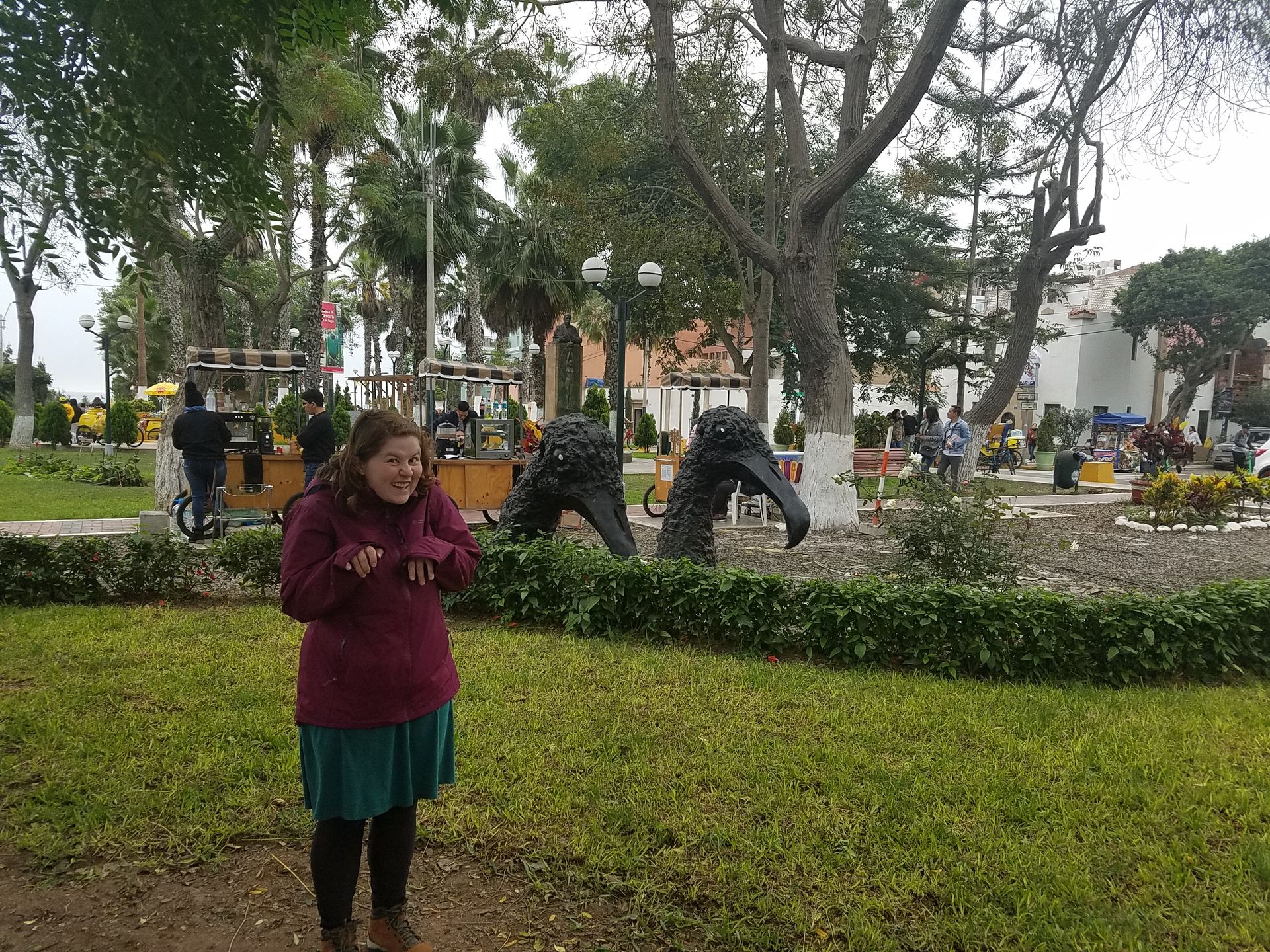
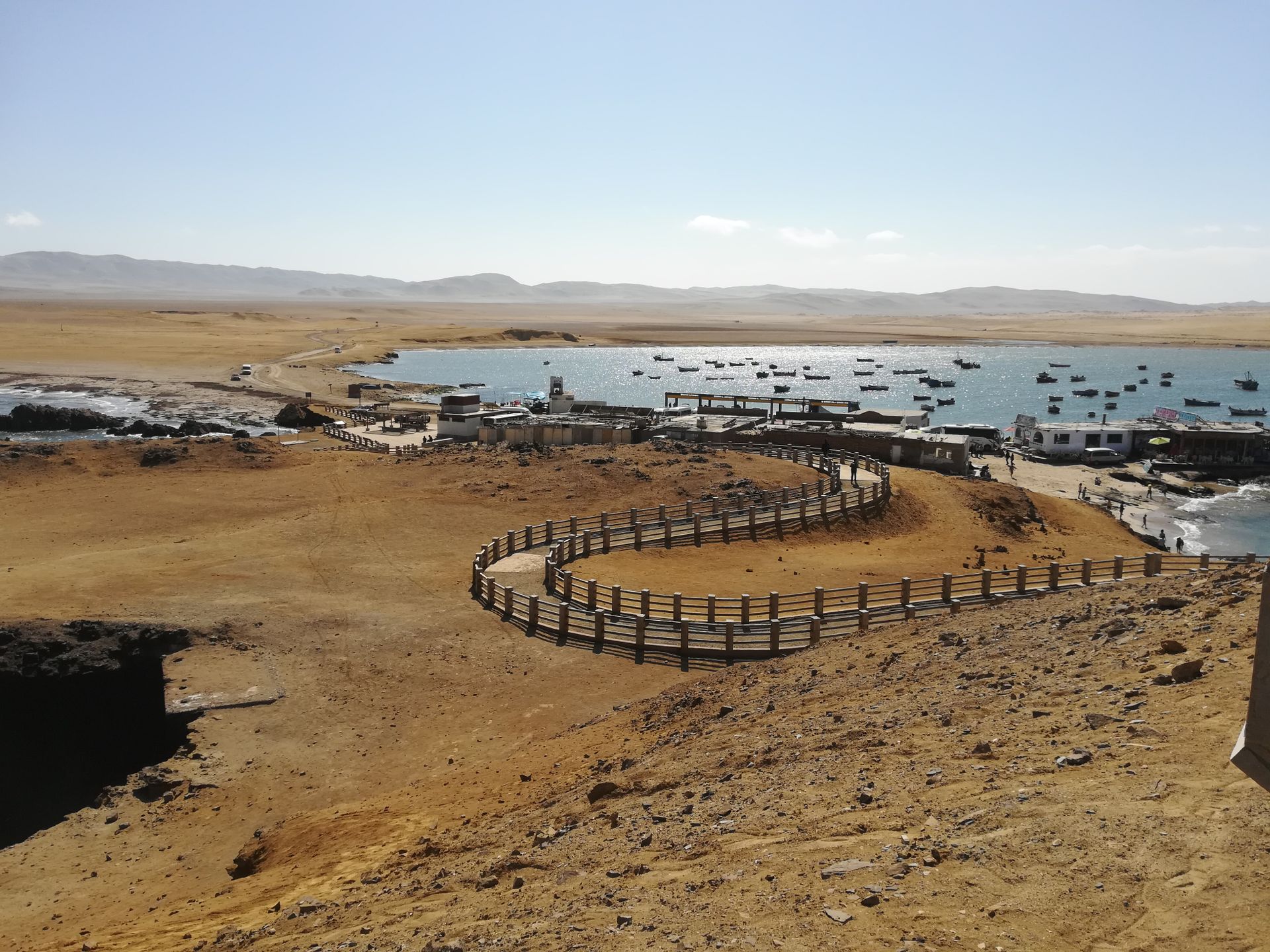

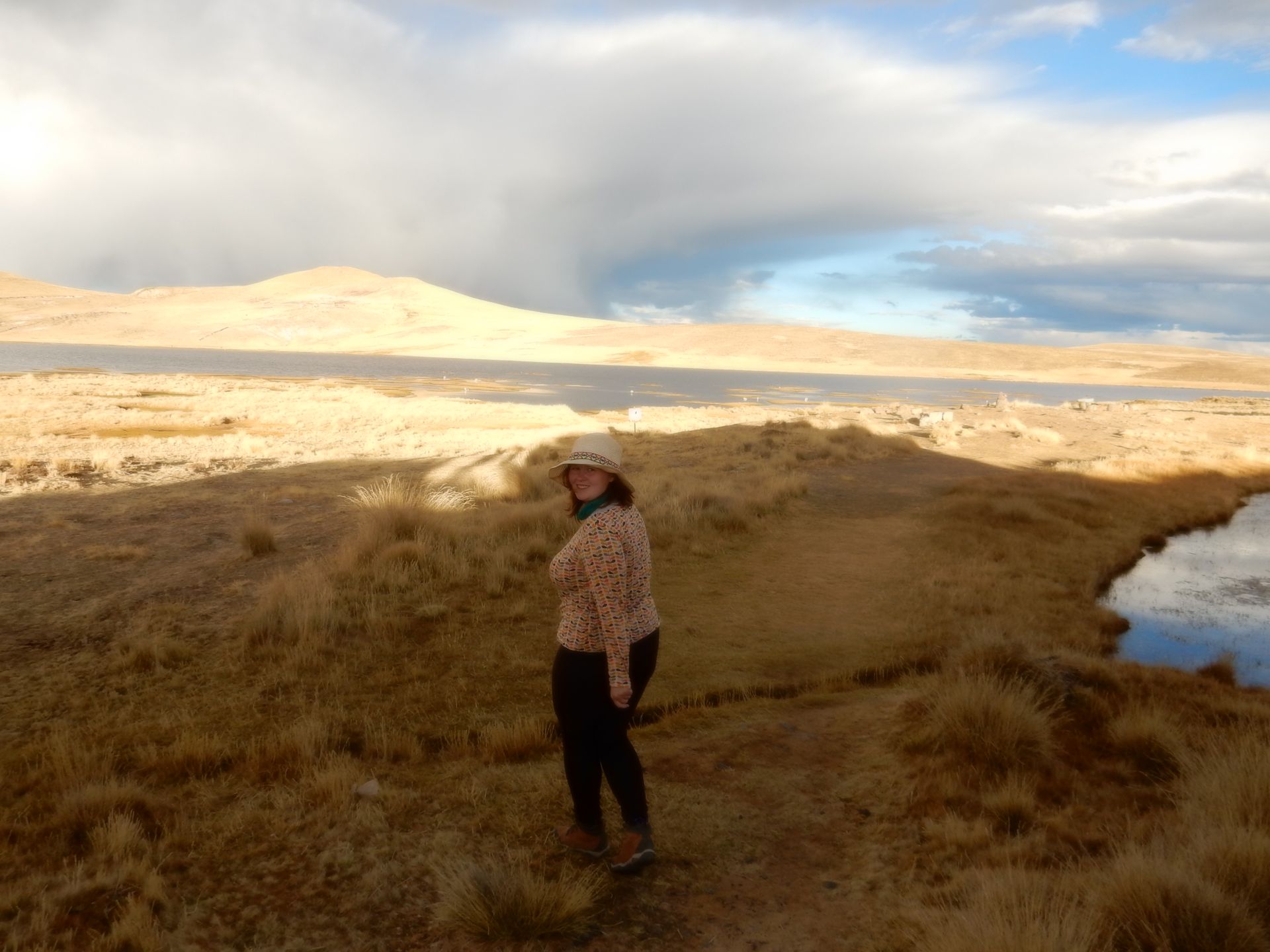
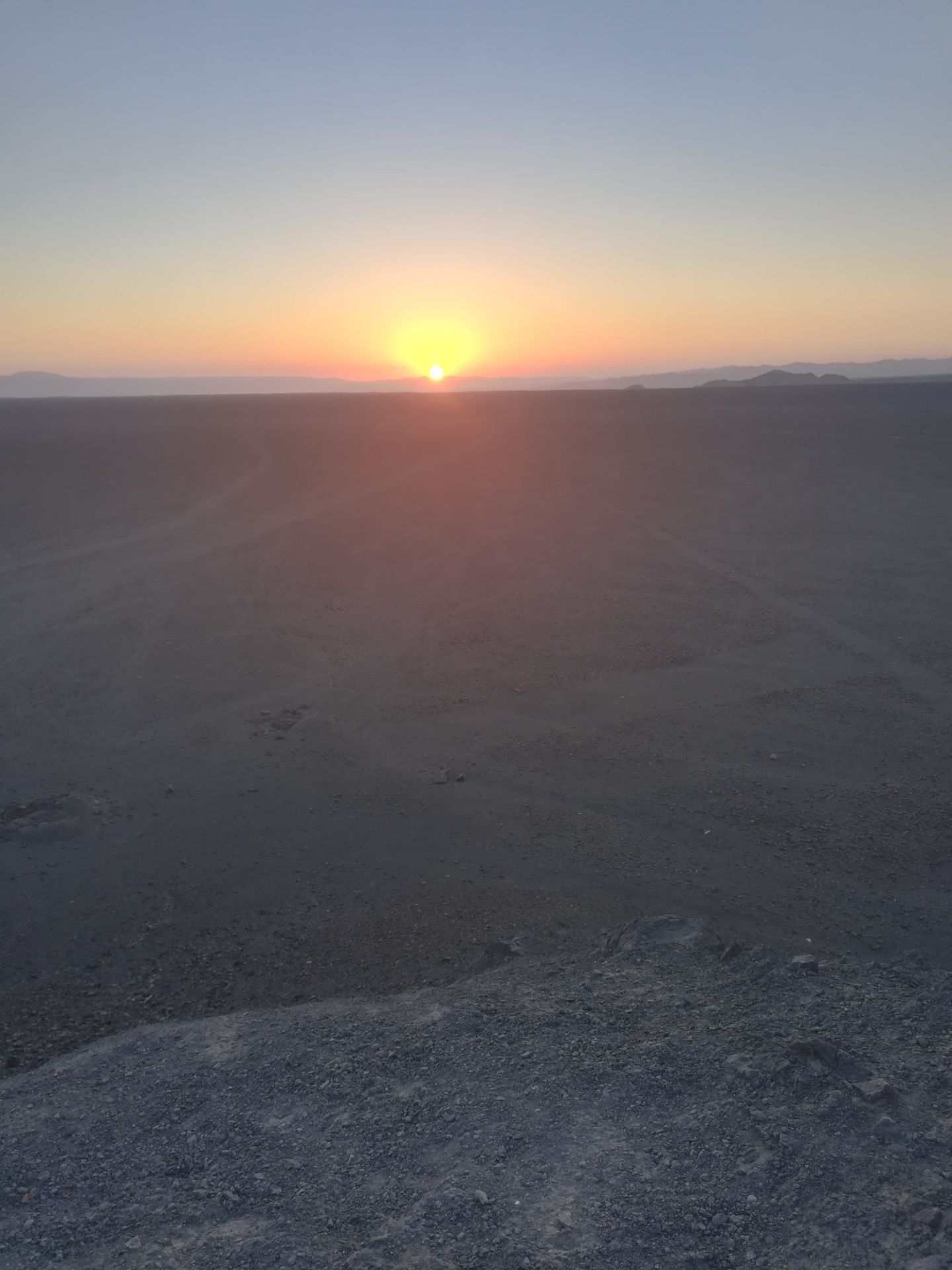
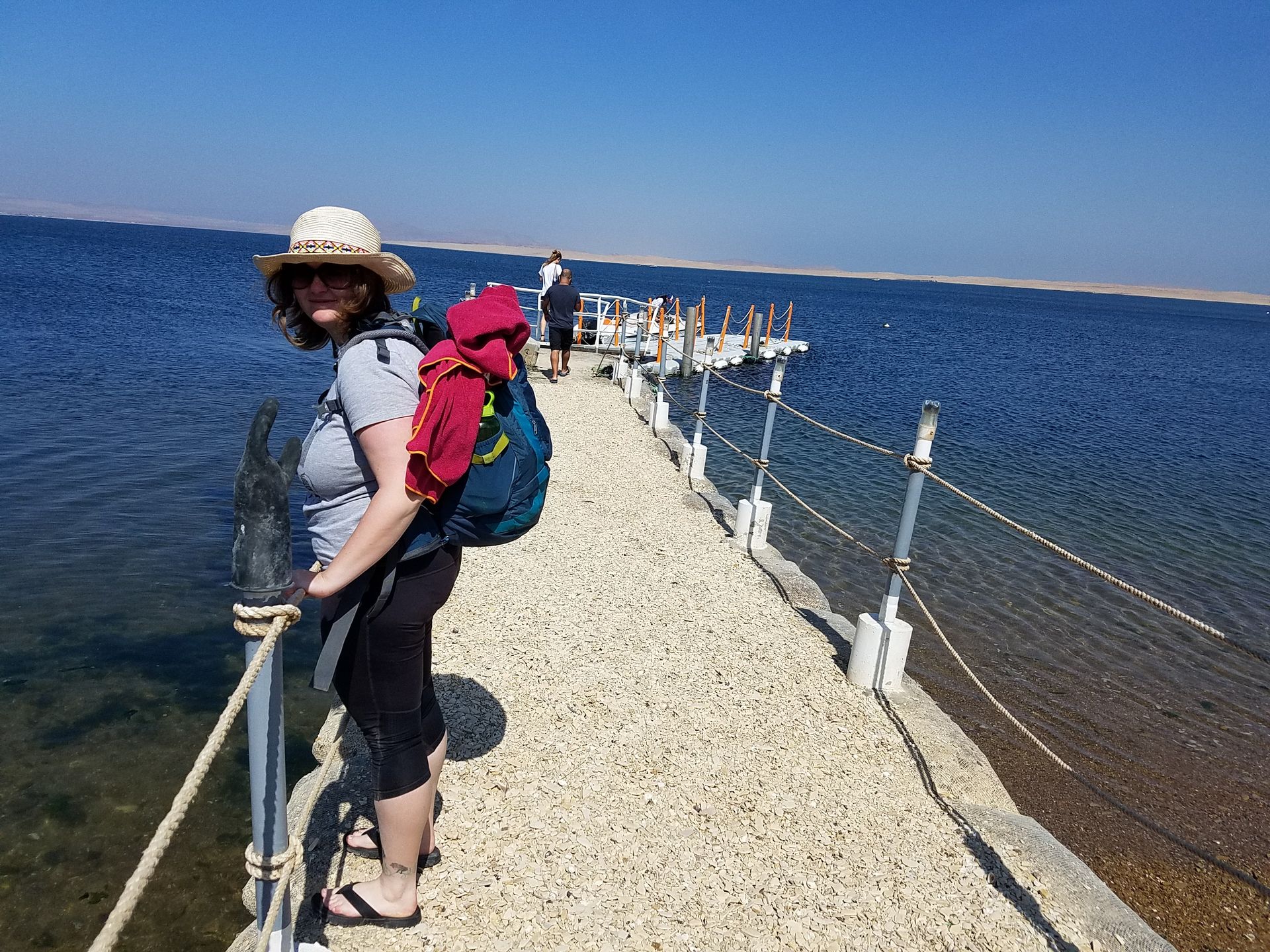
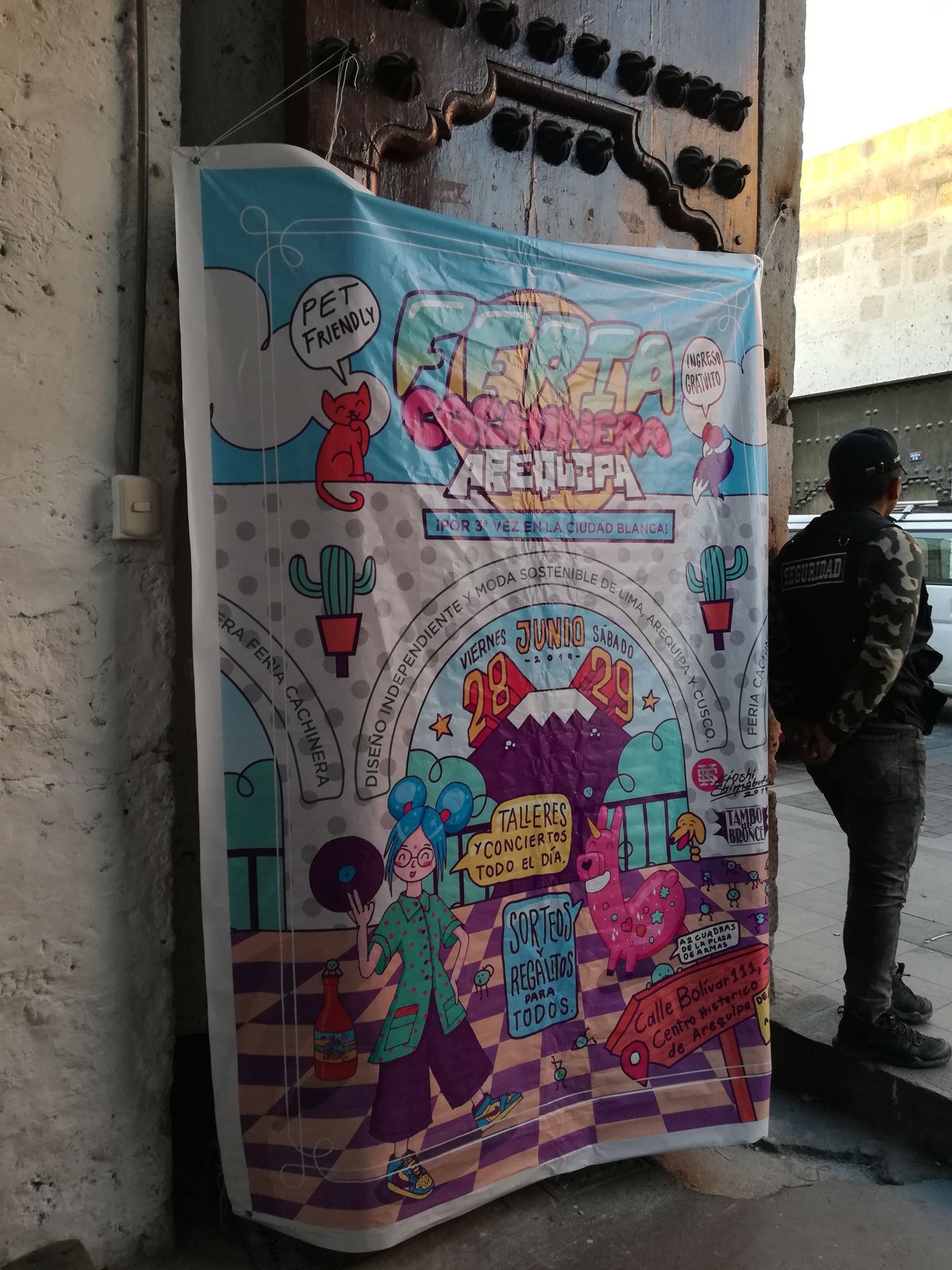
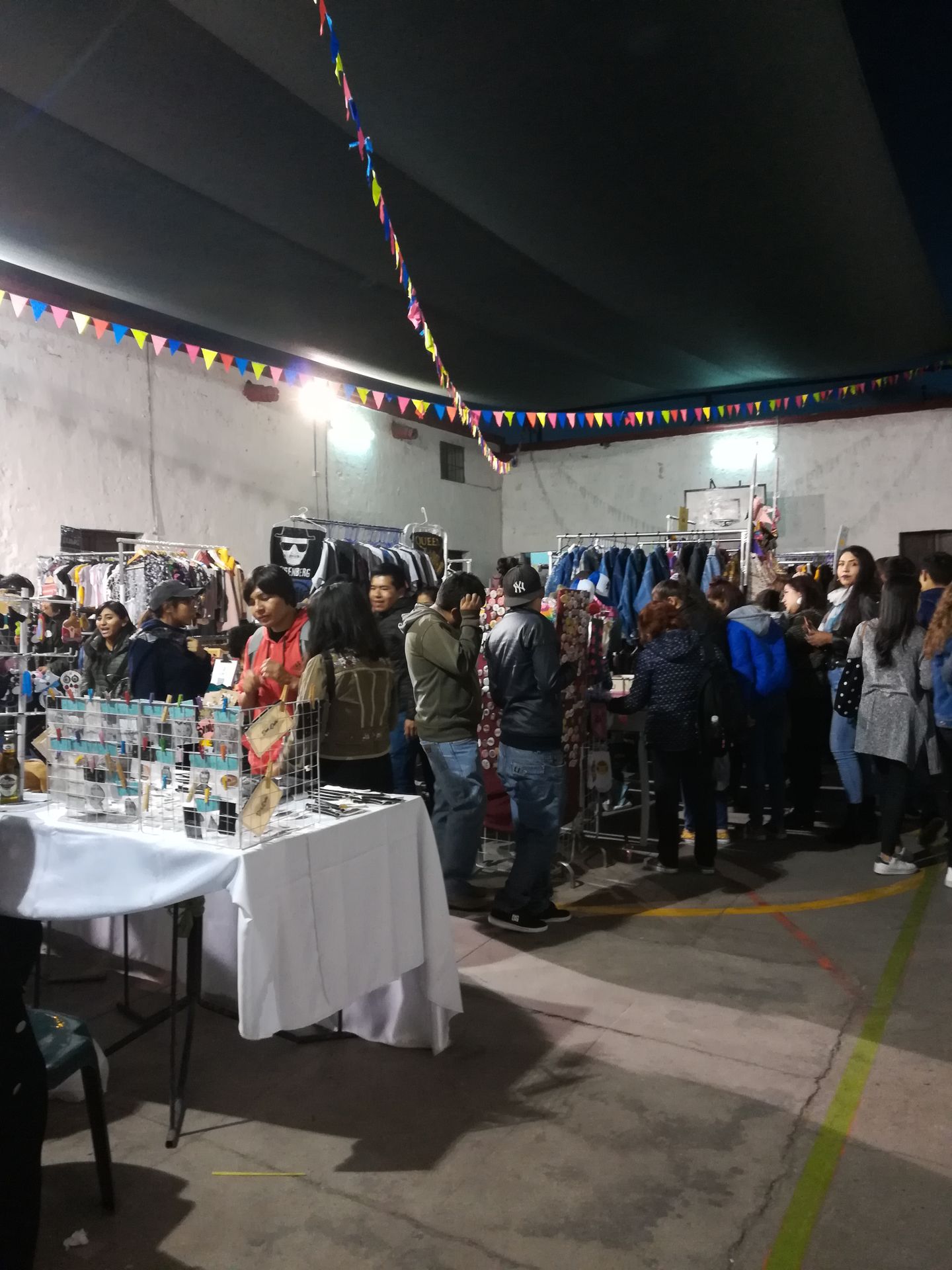
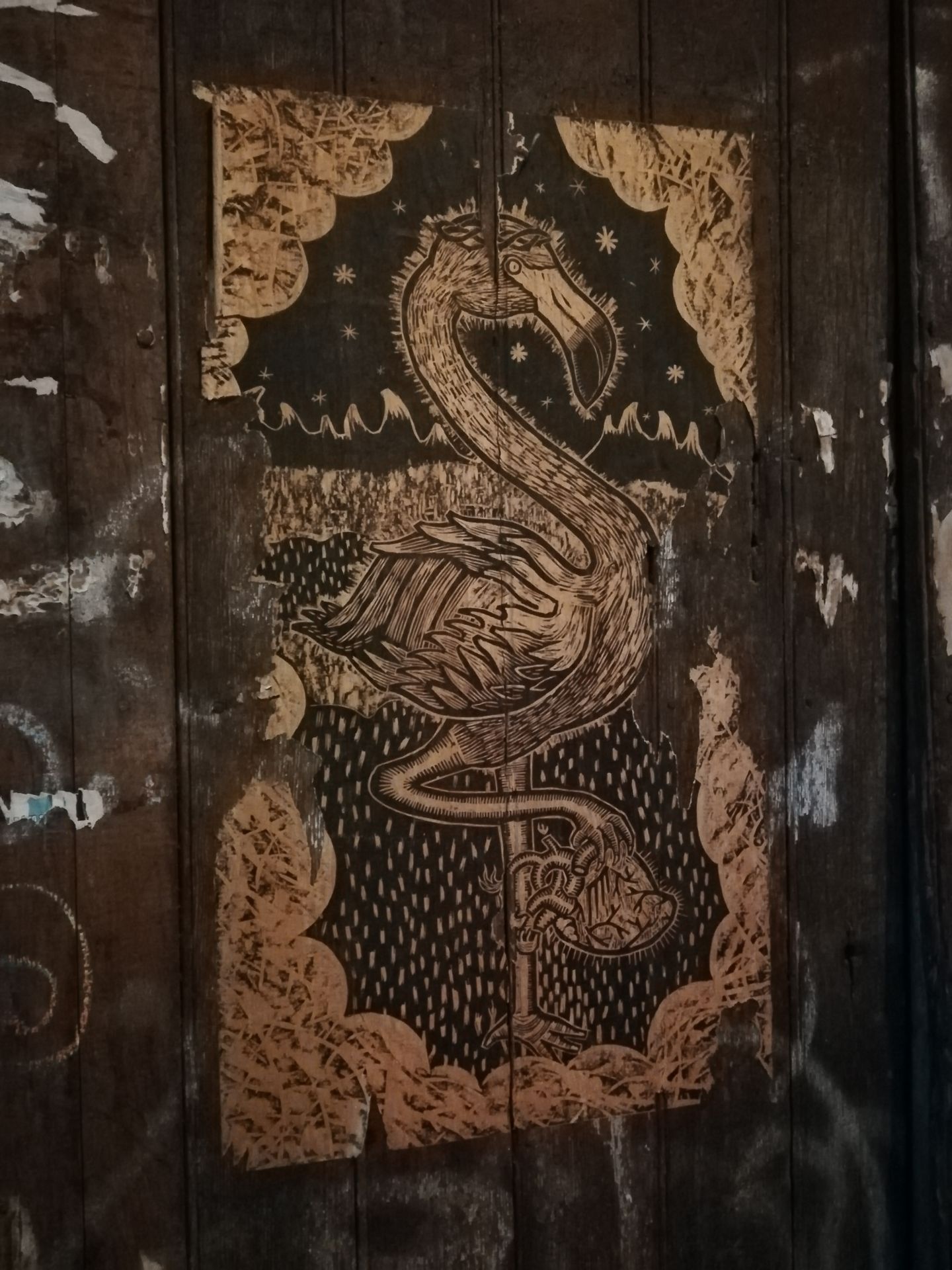
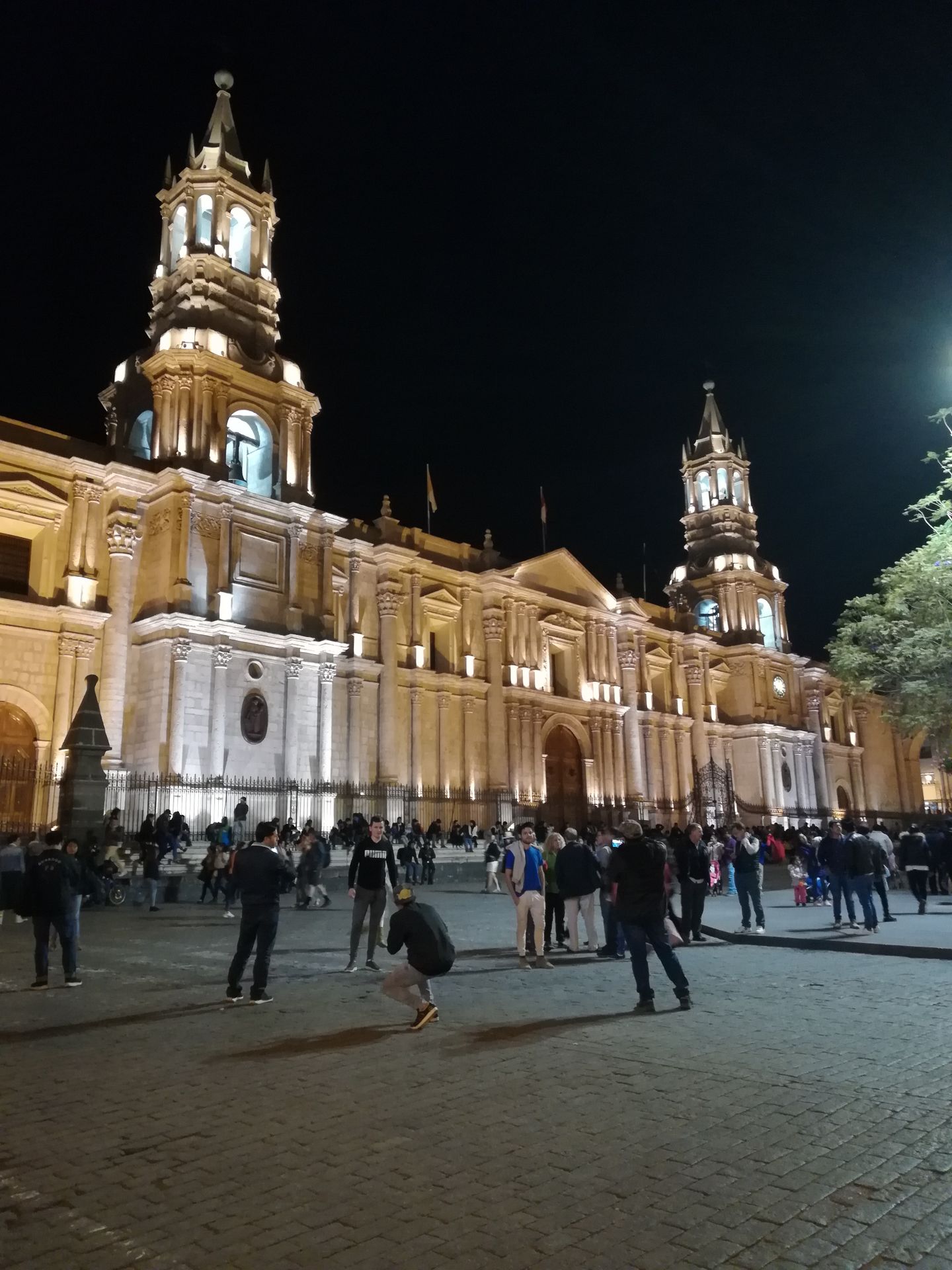
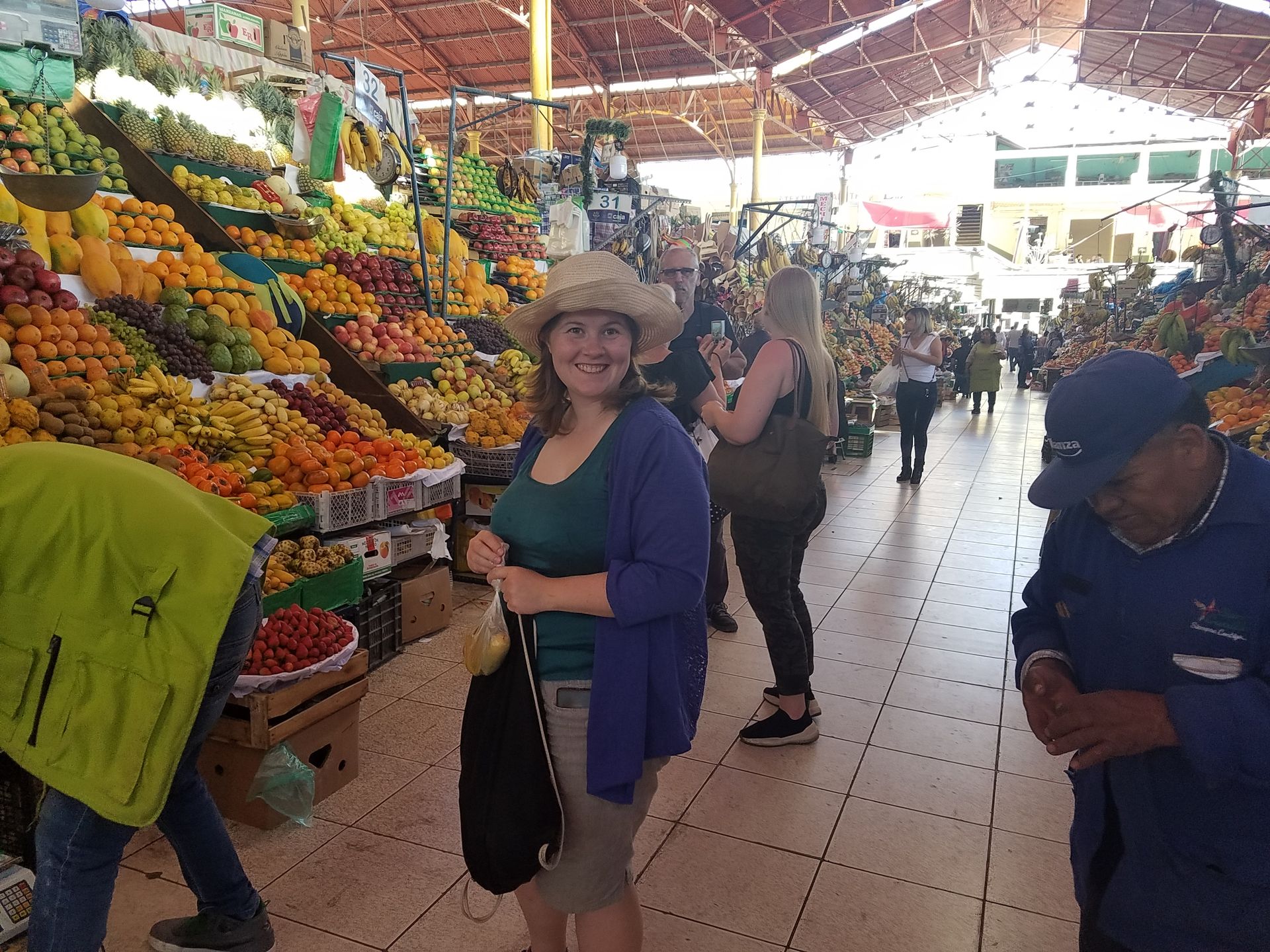


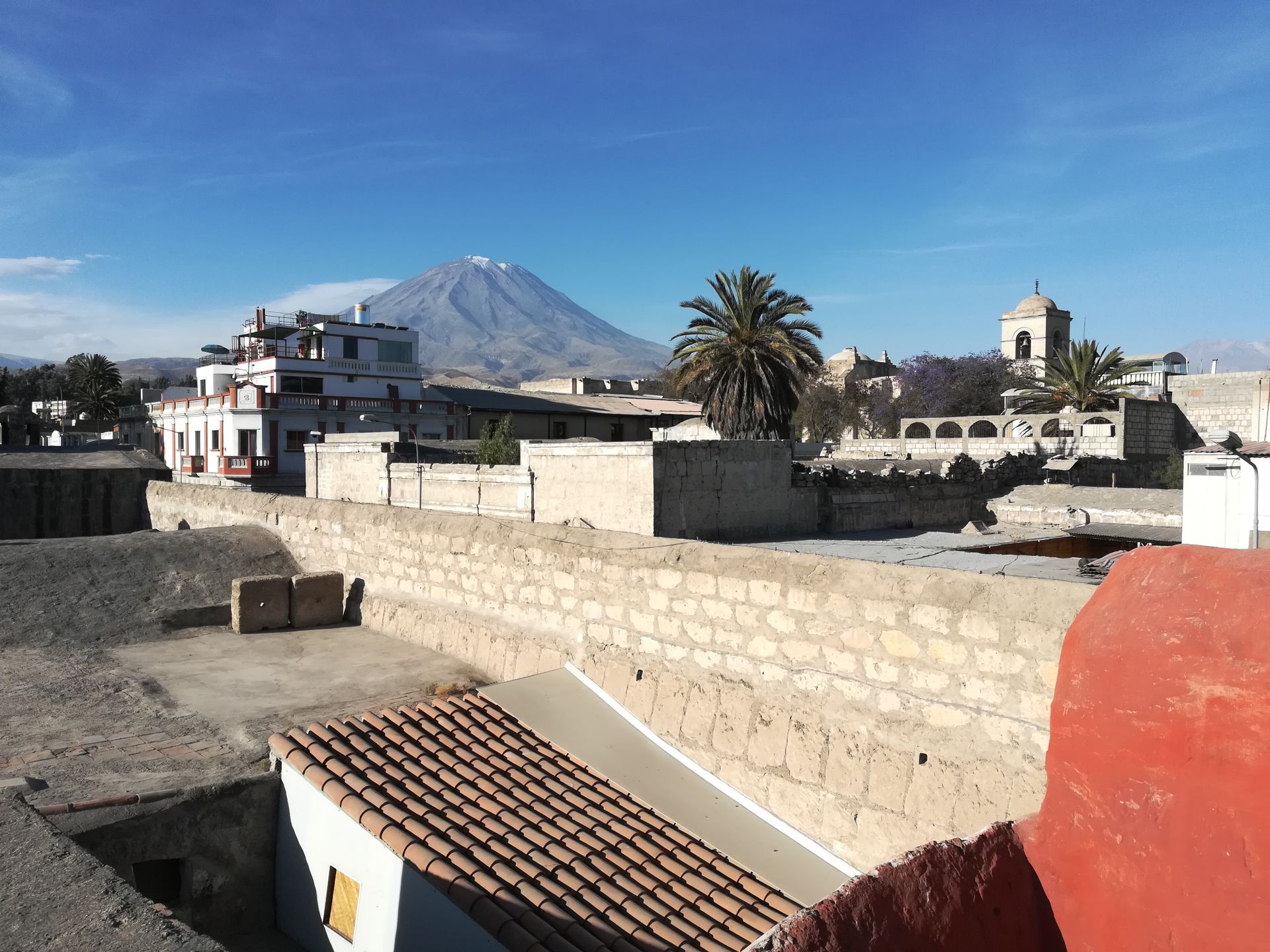
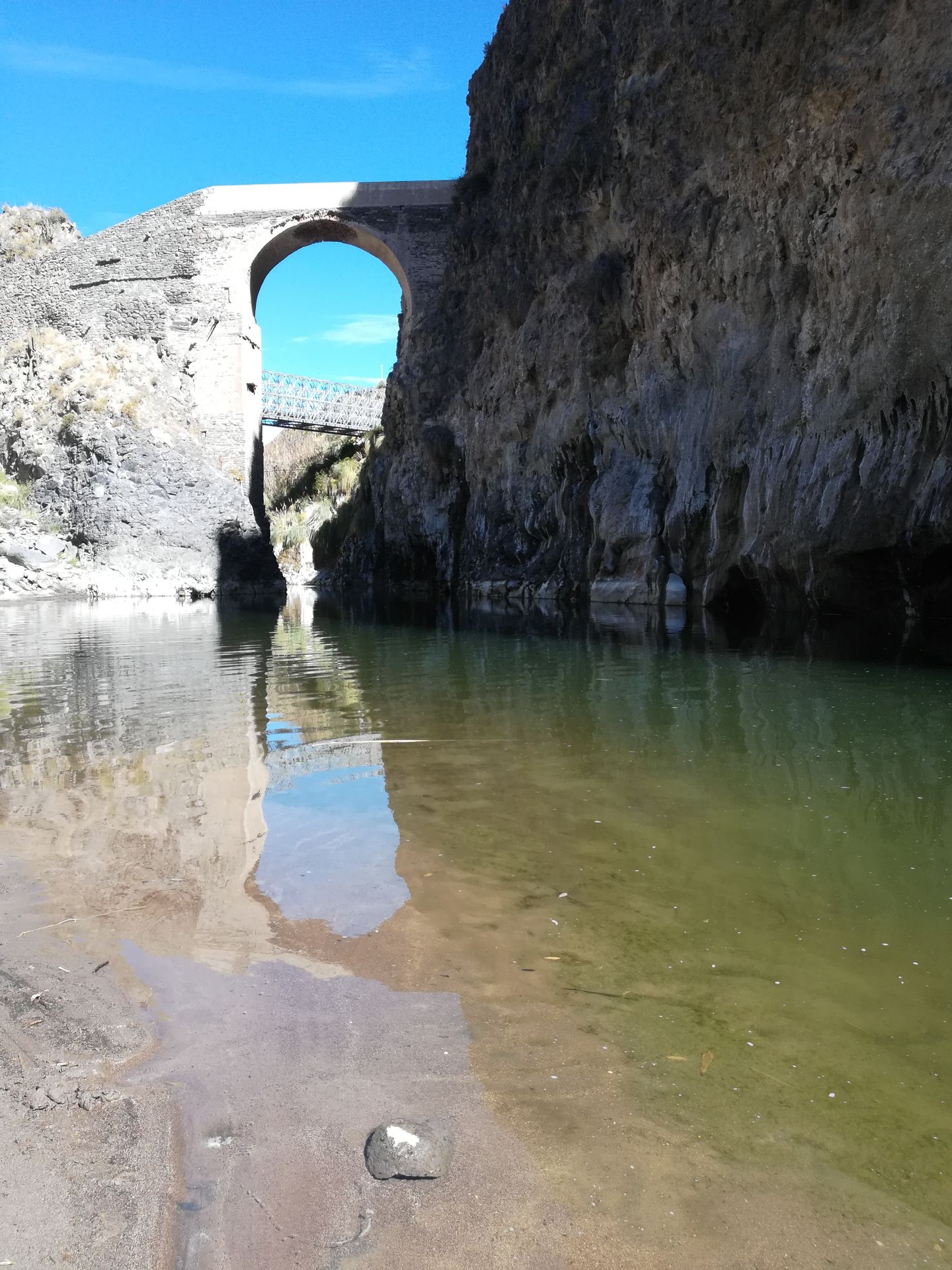
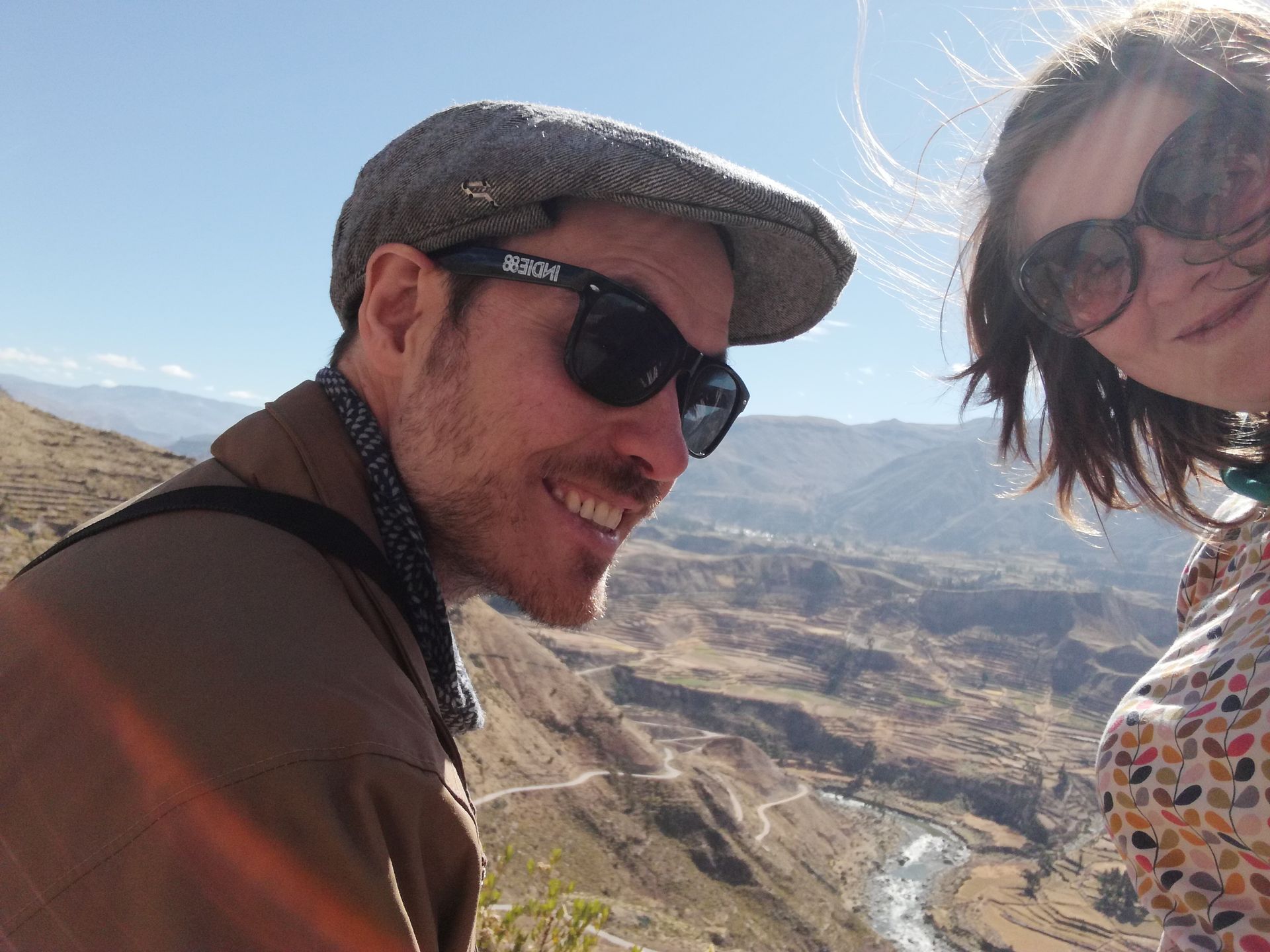



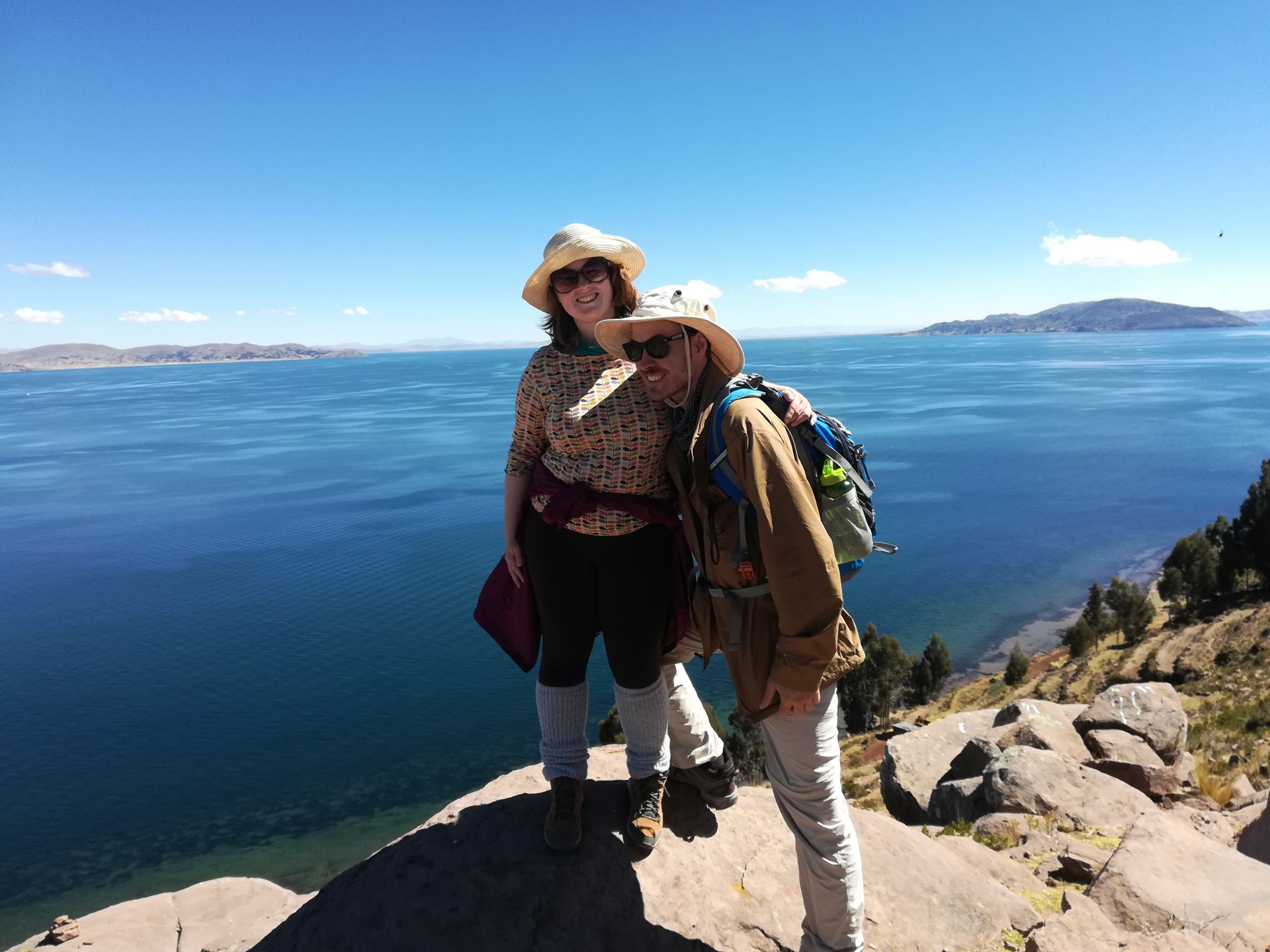

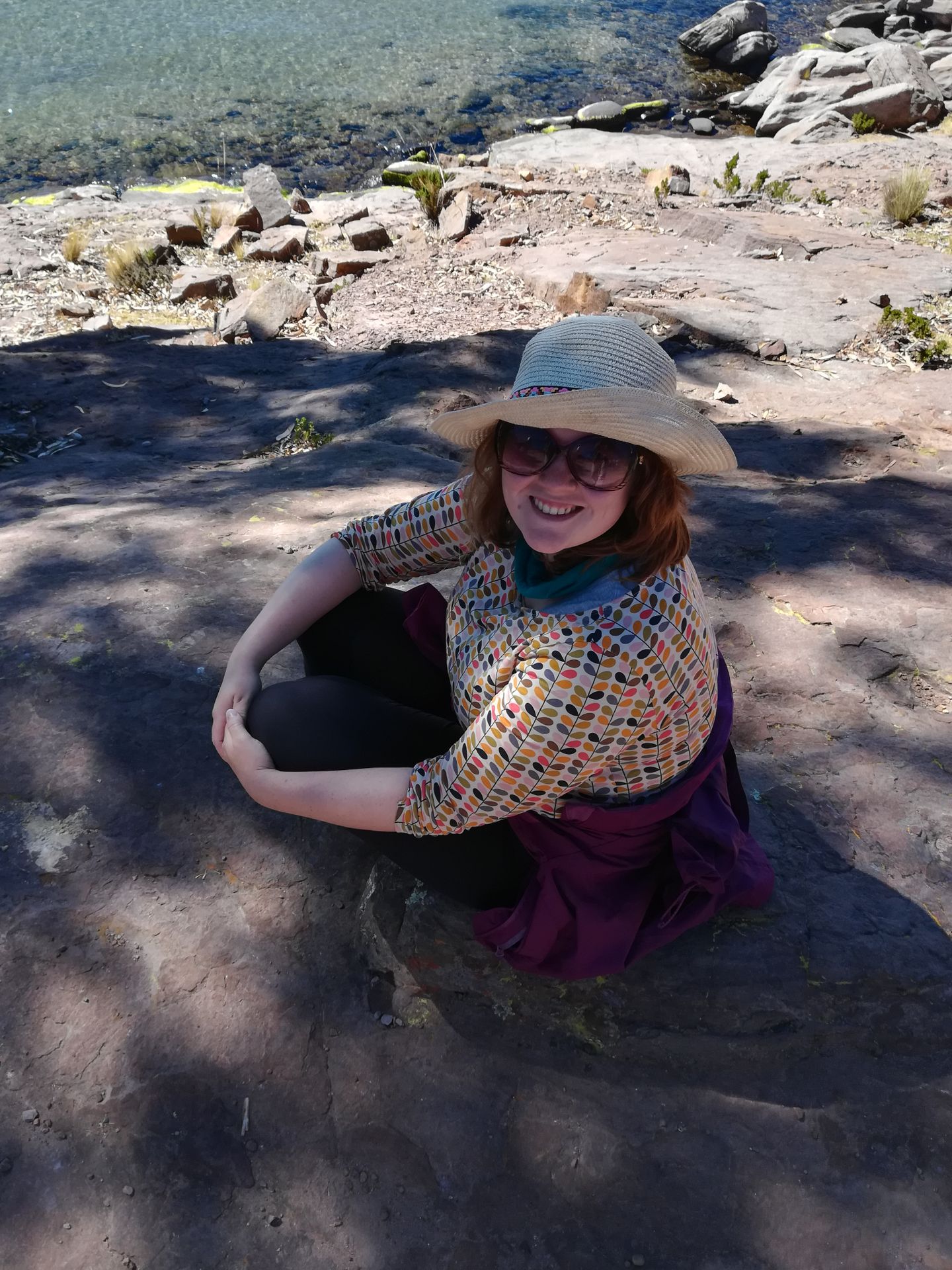

ਨਿਊਜ਼ਲੈਟਰ ਦੀ ਗਾਹਕੀ ਲਓ
ਜਵਾਬ (1)
Marieke
Ich dachte ja immer, der Flamingo wäre keine Schale, sondern ein Tanz..?